





It takes fleets of vessels to develop offshore projects

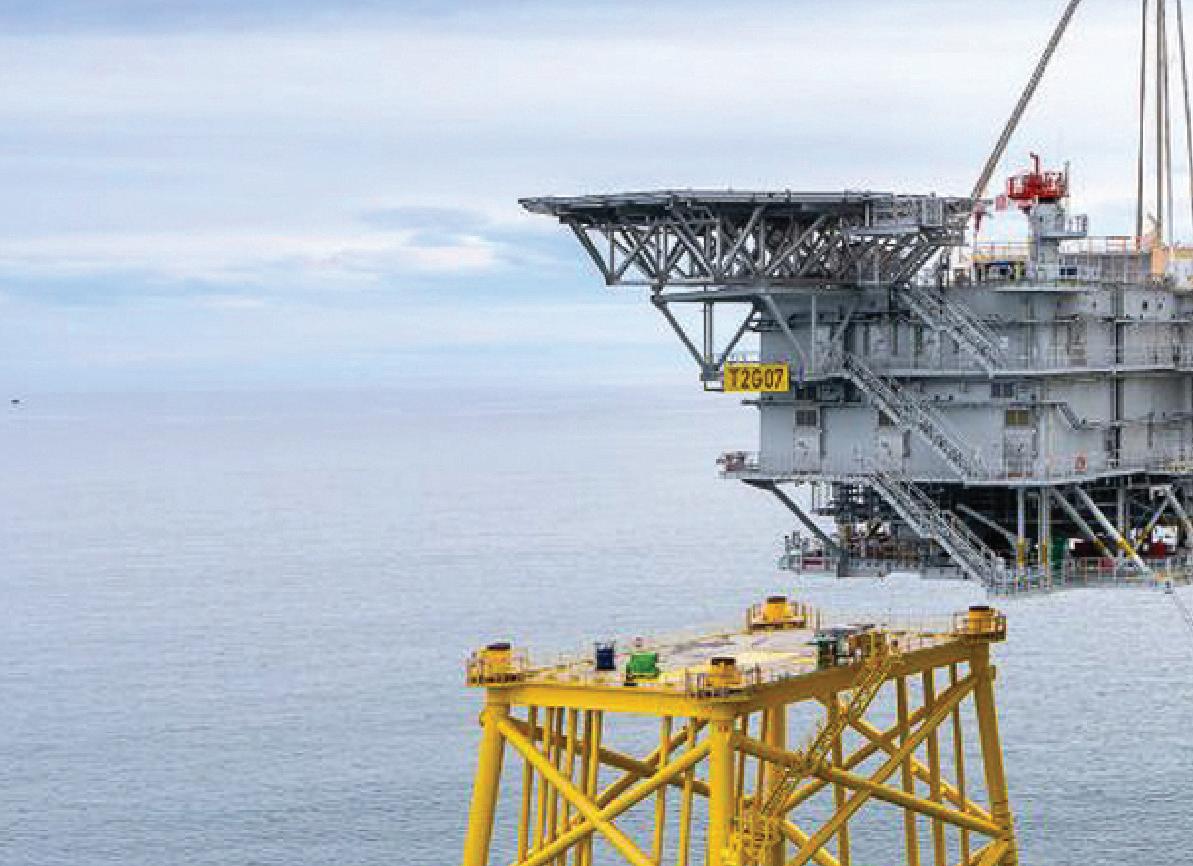
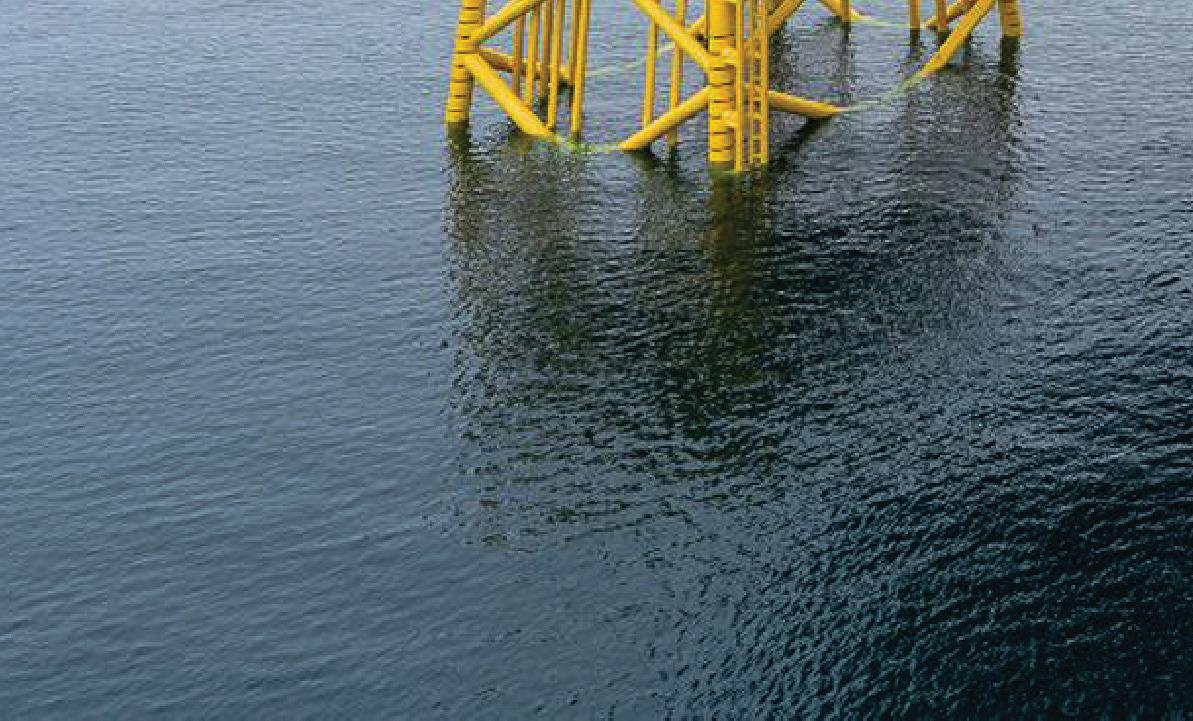

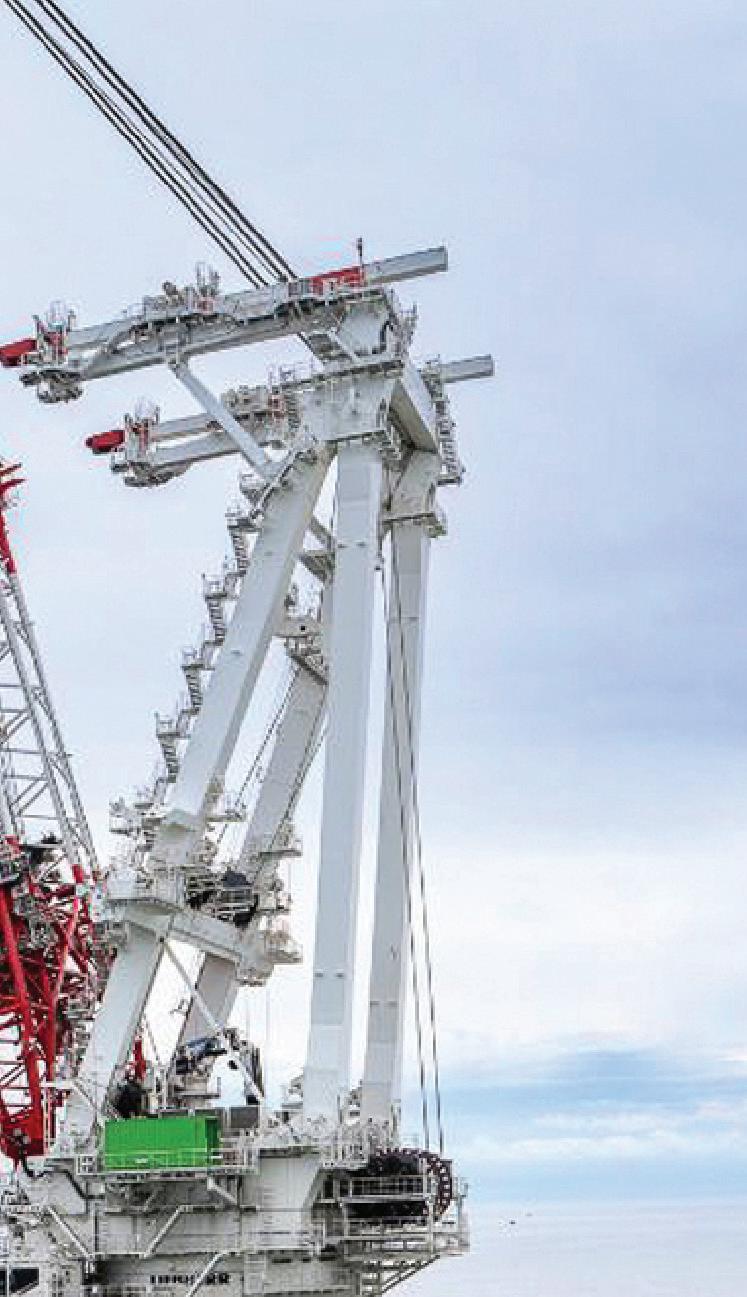






baesystems.com/commercialshiprepair



12 Focus: California Compliance
Can operators keep up with Golden State mandates?
16 Focus: Crash Course
NOAA aids in recovery of wreckage from Potomac.
20 Vessel Report: Greener Discoveries
Next-gen research vessels embrace efficiency.
28 Cover Story: Energy Building
It takes fleets of vessels to build offshore projects.
24 On the Ways
New tug for Shaver Transportation • Navy gets amphibious hovercraft
• Electric ferries for a 'mosquito fleet' • Bollinger awarded icebreaker contract • Silver Ships delivers Marine Corps boat • Hughes Bros. gets new drydock • $8.75 million for Small Shipyard Grants
34 What's New?
Autopilot, radar highlight electronics advances.
36 Dependable Diesels
New John Deere engines designed for connectivity and longevity.
LOG
11 Trump's plan to 'make shipping great again' facing headwinds
11 First 2025 tow locks through on the Upper Mississippi.
11 Navy veteran tapped for Marad administrator post.
11 Chouest acquires Norwegian subsea design firm.
6 On the Water: Mastering the lines
6 Capital Corridors: The US needs more naval architects.
7 Captain's Table: Regulatory reform has rewards and risks.
8 Energy Level: The maritime world at warp speed.
8 Legal Talk: Two allisions, two very different legal analyses.
9 Homeport: Vital digital infrastructure

9 Inland Insider: Make it or break it time for inland waterways.
10 Insurance Watch: The crucial role of hiring and onboarding.
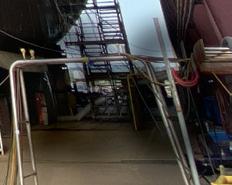

10 Health, Safety, & Environment: Cybersecurity and AI challenges ahead.
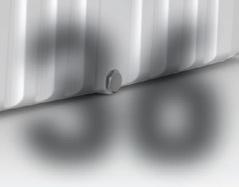

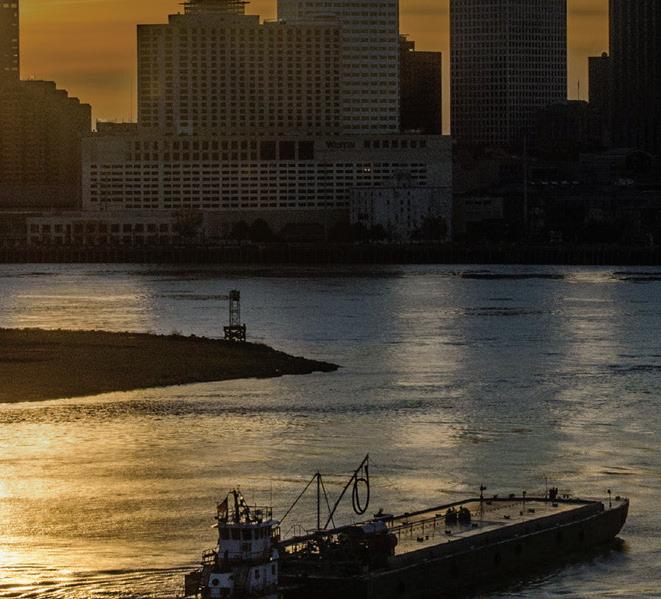

Ithink we can all agree that the current heightened focus on U.S. shipbuilding is a great thing. For far too long, this sector has failed to receive the government support it desperately needs. Policy change is undoubtedly overdue.
But I’m worried.
The Trump agenda includes imposing fees of up to $1.5 million on Chinese-built ships entering the U.S., as well as charges of up to $1 million on eets that have ordered new Chinese ships or contain Chinese vessels.
This plan, announced by the U.S. Trade Representative on Feb. 27, aims to curb the dominance of the world’s largest shipbuilder while securing funds to rebuild America’s domestic shipbuilding industry (good!), but many warn these hefty fees would wreak havoc on American industries and supply chains (bad!).
Shipping groups, maritime interests, and a diverse mix of business players have come together to oppose the plan, arguing in a March 24 congressional hearing that the policy, if enacted, would ultimately do more harm than good.
For example, small and mediumsized U.S. ports and their local supply chains would likely feel the pain as ocean carriers reroute traf c to larger ports to avoid accumulating fees from multiple port calls. Meanwhile, larger ports – already among the world’s most inef cient – would be inundated with surging cargo volumes.
American agriculture, mining, and fossil fuel industries, too, have voiced their concerns, stating the suggested



Eric Haun, Executive Editor ehaun@divcom.com
policies punish American industries by making exports costlier and less attractive while also racking up import costs for American industries and consumers.
A more measured, phased approach could be appropriate. After all, the goal is for the U.S. to rely less on Chinese ships and more on domestically-built vessels. These new ships will take years to produce.
Or maybe, instead of imposing new fees on the nation’s maritime transportation system, the government could focus on boosting U.S. shipbuilding investment and capacity by offering positive incentives to build the new American eet.
Easier said than done, I know.

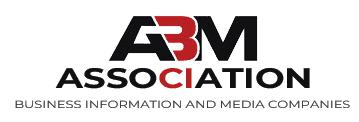
At ABS, we aren’t just keeping up with the tide; we’re setting the course. As the global class leader for offshore support vessels (OSVs), ABS offers a comprehensive suite of services and notations designed to transform your operations and support the safety of your vessels.
From hybridization and new fuels to retrofits and new construction, ABS provides solutions that help keep your vessels compliant in supporting the global offshore industry. Whether you operate OSVs, PSVs, CTVs, or WTIVs, our 160+ years of experience will help keep your fleet meeting the highest standards of safety and efficiency.
Our cutting-edge solutions and industry-leading engineering and technology knowledge enable you to navigate the complexities of modern offshore operations safely. Trust ABS to deliver the innovation and reliability you need to stay ahead in a rapidly evolving industry.
Visit www.eagle.org/offshore to learn more or send a note to globaloffshore@eagle.org to get in touch with our team.

April 28 - May 1
Virginia Beach, VA
Booth #1521
May 5 - 8
Houston, TX Booth #2543 Follow ABS


















































































































EXECUTIVE EDITOR Eric Haun / ehaun@divcom.com









SENIOR EDITOR Ken Hocke / khocke@divcom.com
CONTENT EDITOR Benjamin Hayden / bhayden@divcom.com
CONTRIBUTING EDITOR Kirk Moore / kmoore@divcom.com
CONTRIBUTING WRITERS
Tim Akpinar • Jonathan Barnes • Capt. Alan Bernstein • Dan Bookham
G. Allen Brooks • Bruce Buls • Eric Colby • Casey Conley • Michael Crowley
Jerry Fraser • Nate Gilman • Pamela Glass • Capt. Arnie Hammerman
Craig Hooper • Joel Milton • Richard Paine, Jr. • Chris Richmond
DIGITAL PROJECT MANAGER / ART DIRECTOR Doug Stewart / dstewart@divcom.com



































ADVERTISING ACCOUNT EXECUTIVE S
Mike Cohen 207-842-5439 / mcohen@divcom.com
Kristin Luke 207-842-5635 / kluke@divcom.com
































Krista Randall 207-842-5657 / krandall@divcom.com
Danielle Walters 207-842-5634 / dwalters@divcom.com
ADVERTISING COORDINATOR
Wendy Jalbert 207-842-5616 / wjalbert@divcom.com
























Producers of The International WorkBoat Show and Pacific Marine Expo www.workboatshow.com • www.pacificmarineexpo.com
PRESIDENT & CEO Theodore Wirth / twirth@divcom.com


VICE PRESIDENT Wes Doane / wdoane@divcom.com







PUBLISHING OFFICES

Main Office 121 Free St., P.O. Box 7438, Portland, ME 04112-7438 207-842-5608 • Fax: 207-842-5609

























10 AM – 4 PM ET)
























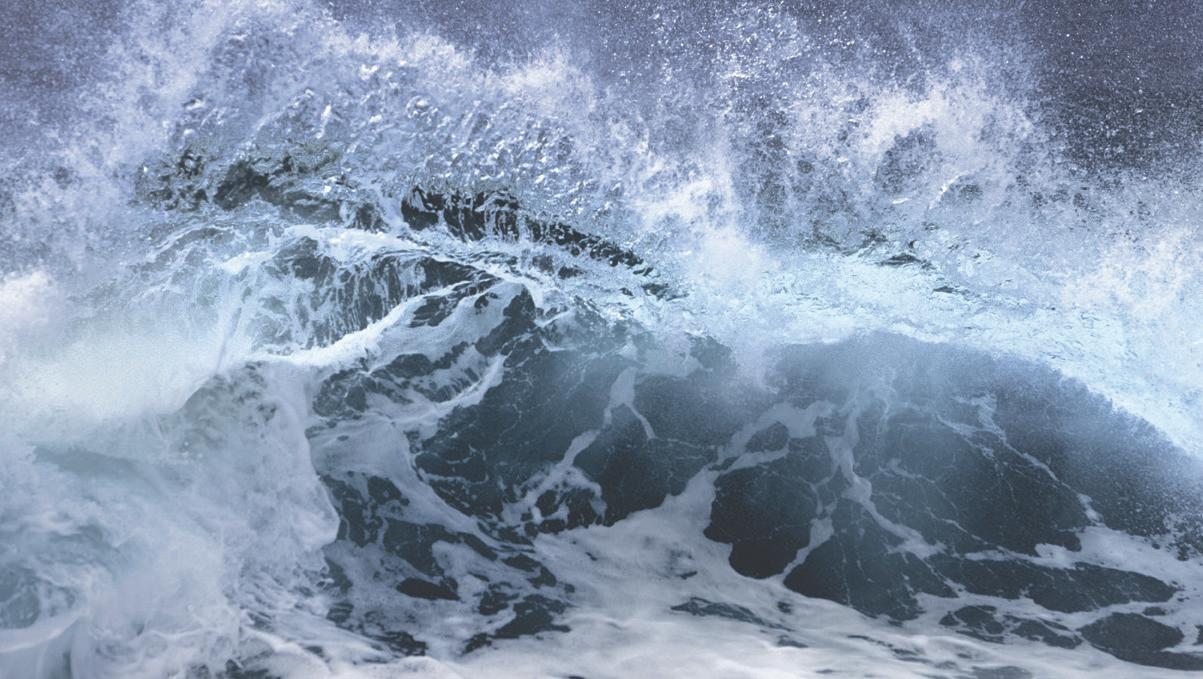



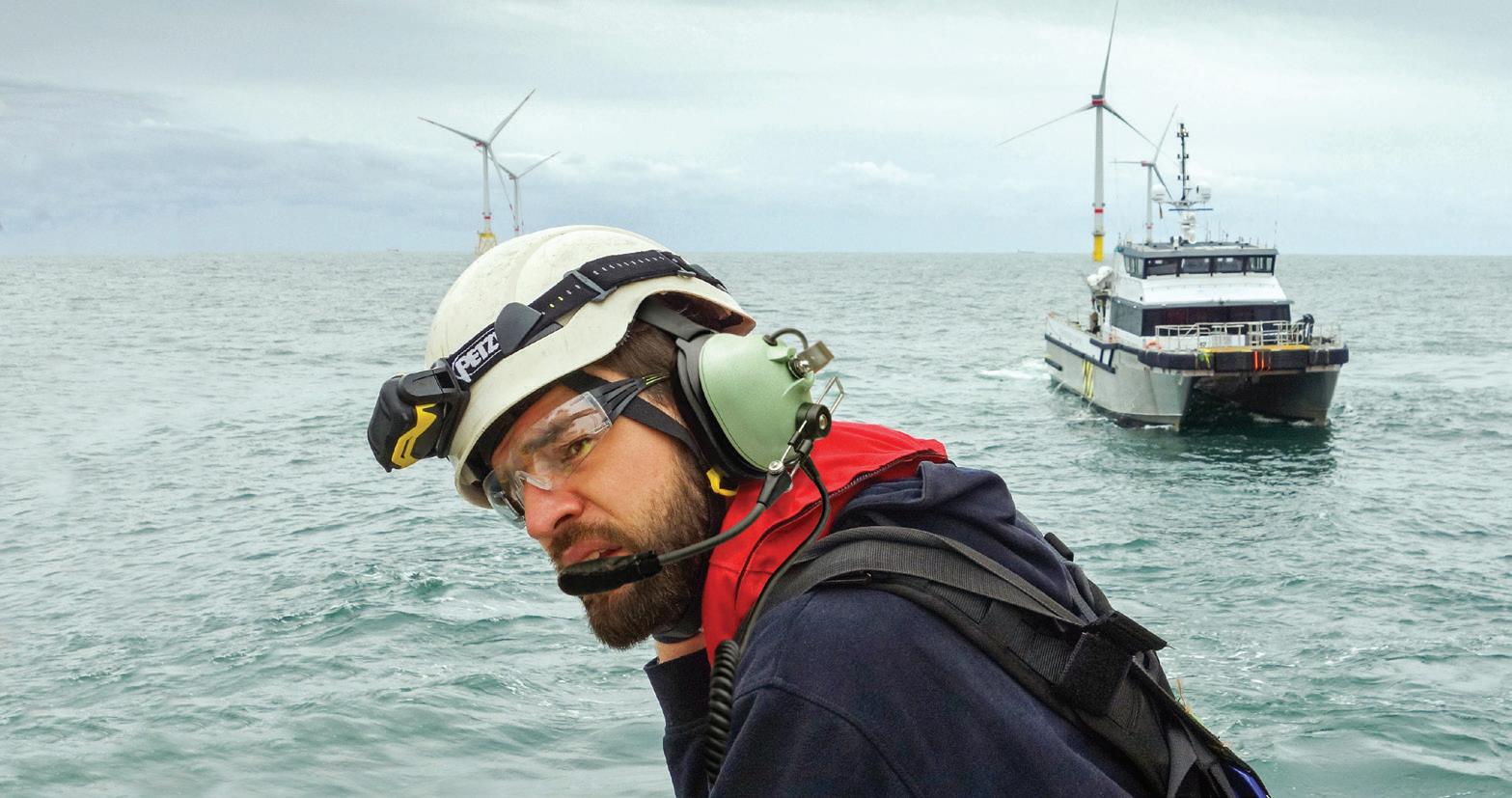

Crews on board Offshore Service and Crew Transfer vessels perform a variety of complex operations.
Communication is critical to ensure the safe and efficient transport of cargo, equipment and personnel. David Clark Marine Headset Systems offer clear, reliable communications in the harshest marine environments, while enhancing the safety and situational awareness of crew members.
Call 800-900-3434 (508-751-5800 Outside the USA) to arrange a system demo or visit www.davidclark.com for more information.



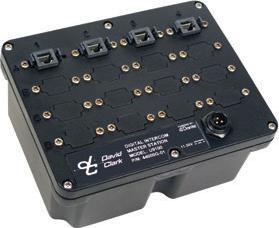




BY JOEL MILTON
Joel Milton works on towing vessels. He can be reached at joelmilton@yahoo.com.
Tugs, even the most modern of tractor tugs or the pin-boat portion of an ATB, still have to be moored to docks, piers, wharves, barges, or other tugs with lines, and those lines will usually have to be thrown onto the bitts, bollards, cleats, or pilings by deckhands. They will also need to be retrieved. It seems simple enough at rst glance, and in fact it really is, except for when it isn’t.
Throwing and taking in lines is Tugboating 101 and is something of an athletic endeavor. Having adequate baseline core and upper-body strength, as well as exibility, is needed, but you don’t have to be tremendously athletic or strong to be good
Naval architects wanted
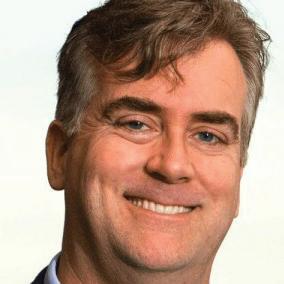
BY CRAIG HOOPER
Dr. Craig Hooper is the founder and CEO of the Themistocles Advisory Group, a consulting firm specializing in maritime and national security strategy. He has been a keen observer of navies and coast guards for over two decades.
It’s shaping up to be a great time for the U.S. maritime community. Congress will introduce the subsidy-laden SHIPS for America Act, and the administration is preparing a similarly generous presidential executive order on shipbuilding. These actions, coupled with a range of other steps, will jump-start demand for U.S. ships and force forward some massive investments in America’s maritime industrial base.
It won’t be easy. In the rush to get projects underway, the massive re-industrialization effort may run aground over a simple fact that America has far too few naval architects and marine engineers to fully exploit the opportunities ahead.
For years, America’s shipbuilders have been crying out for extra design help and struggling with technical integration challenges. Design shortfalls have consequences, and almost every government shipbuilding program has struggled. Design foibles and engineering mistakes have delayed or otherwise compromised the Gerald R. Ford-class aircraft carrier, the Constellation-class frigate, the offshore patrol cutter, the polar security cutter and others.
or even excellent at it. It’s more about technique than it is raw power. But you must have a full grasp of the speci c purposes of the line or lines, an understanding of the physics of it, an eye for the details, and an ability to learn the techniques. It can’t be done (except occasionally by luck) by frantically ailing and just trying to muscle it. I’ve witnessed many a deckhand exhaust themselves attempting to put out or, especially, take in lines because they lacked the required basic understanding. Sometimes these efforts and exertions, leading quickly to frustration, can result in joint or back injuries. Very few are successfully self-taught.
Lines will generally do whatever they’re “told” by reacting to the exact physical inputs transmitted into them via the body through the arms and hands. But if the whole process isn’t clearly understood rst, it can’t be visualized, let alone executed. If someone doesn’t understand any one part of getting the line out or in, they will almost always fail.
Deckhands can’t learn these skills by osmosis. It’s important for them to be correctly taught, because sometimes, those who aren’t eventually become mates who still don’t really know line handling. They may then become captains who still don’t know it. And then mediocrity spreads like a fungus.
The U.S. is simply not generating enough naval architects to meet production needs. With too few architects and engineers, requirements are misunderstood, technical innovations depart from the possible, and the schedule slips everywhere, as engineers struggle to develop a nal design.
To fully exploit the looming uptick in vessel demand, the nation must generate far more workers who are ready to help integrate new, low-emission technologies onto vessels, design uncrewed platforms, and tighten cost estimates. If America is unable to train new naval architects and engineers in a timely fashion, foreign shipbuilding powerhouses could help. Importing engineers might work well, or, alternatively, big foreign shipbuilders could set up training schools with the goal of supporting thriving local maritime industries.
The industry and government customers must also do their part. They must do more to recognize workforce limitations. Warship design might require simpli cation. On the commercial end, if the SHIPS Act intends to grow the strategic commercial eet from around 100 ships to 250 largely-U.S.built vessels, the new vessels probably should be restricted and limited to simple, standard, and well-characterized commercial designs out of South Korean or Japanese shipyards.
That’s hard to do. The Navy and Coast Guard love to bury their ships under requirements. The Maritime Administration, too, may begin layering on complex requirements to the next tranche of the tanker security eet, demanding a menu of specialized ships rather than add to the number of simple vessels that can be built, with little modi cation, from existing designs. That will be a problem. America lacks the suf cient talent to get the job done quickly and ef ciently.
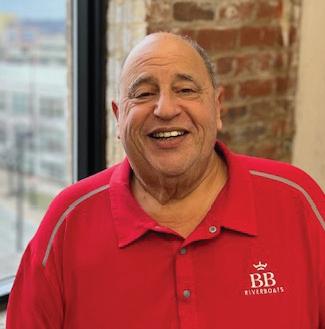
BY CAPT. ALAN BERNSTEIN
Alan Bernstein, owner of BB Riverboats in Cincinnati, is a licensed master and a former president of the Passenger Vessel Association. He can be reached at 859-292-2449 or abernstein@bbriverboats.com.
As a mariner and small business owner, I have been closely watching the new administration. Many issues are being examined that stand to impact the maritime industry and my business. For years, small businesses have sought relief from regulators. At BB Riverboats, we estimate that we have been regulated by at least 14 federal, state, or local agencies, which has often been overwhelming for staff and crew to manage. While I am enthusiastic about regulatory reform, I am concerned that federal services supporting critical maritime transportation activities may face excessive cuts. As government programs are being evaluated for reductions, I am left with questions about which services my business can rely on. For example, will already strained Coast Guard resources be diverted to border patrol and other security related mis-
sions? Will the Coast Guard be able to properly maintain aids to navigation? Are traditional Coast Guard inspections in jeopardy? If so, what is the industry’s role in sustaining comprehensive domestic marine risk management programs?
The Passenger Vessel Association (PVA) is considering this very question. PVA members have been inspected by the Coast Guard for more than 50 years, and we have grown to value this relationship. At the same time, PVA has developed a Coast Guard-accepted safety management system, Flagship, that can be quickly and easily implemented by passenger vessel operators to ef ciently administer risk management programs should Coast Guard inspection resources be curtailed.
In fact, when using Flagship, vessel operators can expect to improve safety and risk management, regulatory compliance, and operational ef ciency. As a result, PVA is hopeful that the Coast Guard will recognize Flagship as an independent supplement to regular Coast Guard inspections, helping to preserve valuable Coast Guard resources.
While there is value in cutting fat, waste, and certainly regulation, there is tremendous risk in indiscriminately cutting government services and programs to critical industries segments such as the U.S. maritime transportation sector and to the mariners serving therein. I hope the administration will resist the temptation to focus solely on short-term budget cutting and take a long-term approach to reform.

info@tpsemarine.com


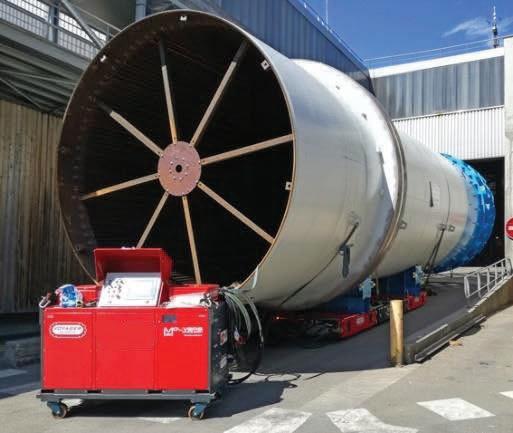





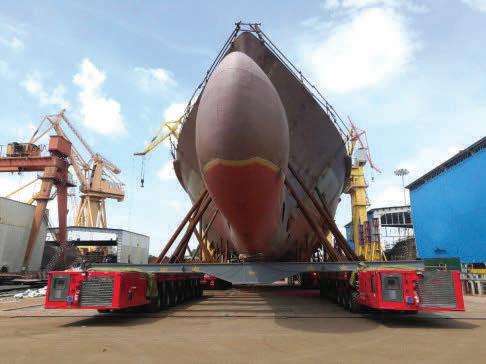


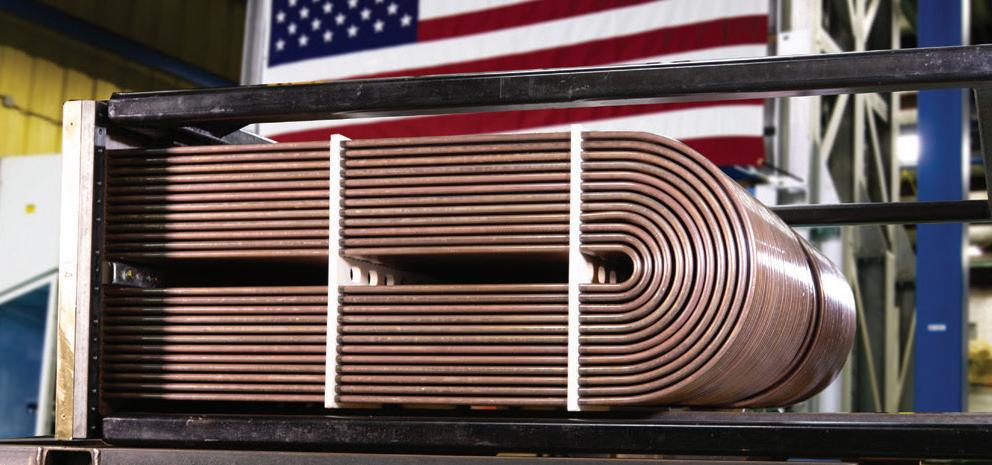






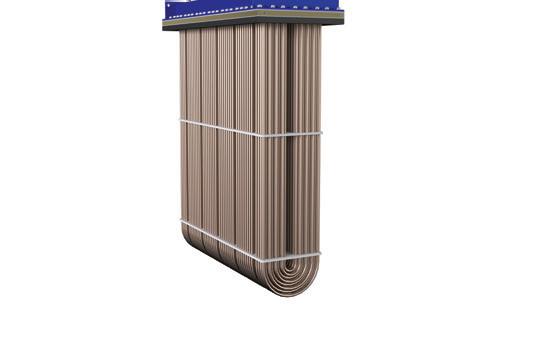

DBY G. ALLEN BROOKS
G. Allen Brooks is an energy analyst. In his over-50year career in energy and investment, he has served as an energy security analyst, oil service company manager, and a member of the board of directors for several oilfield service companies.
onald Trump campaigned last year with an agenda for actions upon his return to the presidency. In long, rambling speeches, he laid out his goals and objectives in broad terms, often ignoring the details. His election has ushered in one of the most active 100 days of policy changes of any administration. He is breaking the bureaucracy’s dishware like never before. There are no sacred cows.
In the broadest context, Trump looks at every aspect of the government’s operation and asks: Why? The question generates uncomfortable answers. Politicians defend inefficient agencies, promote continued fraud and waste, and justify actions because that’s the way it’s always been done.
The campaign’s “drill, baby, drill” mantra clashes with Trump’s wanting low energy prices, including asking OPEC to add supply to the world’s oil market. He wants a streamlined energy regulatory landscape to make it easier for producers to respond to market price signals. Leveling the playing field by eliminating preferential treatment of fuels and government subsidies allows energy physics and economics to drive results. This is the best way to meet the three requirements — affordability, cleanliness, and reliability — people want from their energy system.
Our maritime industry, including our shipbuilding capability, has received little attention over past decades. Improving this industry is critical for our national defense, which includes our risk of being held hostage by foreign shipowners.
This risk has been assessed many times in our maritime history, pre-dating the 1920 Jones Act, which led to contrary remedies being enacted. Governors are now targeting the law for its contribution to higher energy costs. Trump’s creation of the Office of Shipbuilding opens the door to serious action to address neglected economic and national defense issues, including providing career opportunities for our youth. It may eventually lead to reduced energy costs.
The geopolitical turmoil manifests in the government’s threats to levy tariffs against friends and foes unwilling to agree to more advantageous trade terms for the U.S. than the status quo. Investors worry battles over reciprocal tariffs will escalate into a global trade war, sparking an inflation uptick and increasing the odds of a recession.
However, inflation is easing, allowing central banks to reduce interest rates, accelerate growth, and create a better economy. Economists do not see these trends yet. Reaching a better future will be frustrating but worth the pain.
Two allisions, two very different legal analyses

TBY TIM AKPINAR
Tim Akpinar is a Little Neck, N.Y.-based maritime attorney and former marine engineer. He can be reached at 718-224-9824 or t.akpinar@verizon.net.
he containership Dali made news headlines when it struck the Francis Scott Key Bridge in March 2024, resulting in a catastrophic collapse of the bridge. A bridge allision that occurred about a year earlier involving the Mackinac Bridge in Michigan makes for a very different legal analysis, despite both incidents involving vessels hitting bridges.
The Dali suffered loss of propulsion and electrical power, resulting in a tragic loss of life and bridge rebuild costs estimated at around $1.8 billion. In contrast, the Mackinac Bridge accident involved an error in judging air draft, mercifully resulting in no injuries and bridge damages of $145,000.
With the Key Bridge, attorneys for the containership invoked a maritime law historically used to cut a shipowner’s losses, known as limitation of liability. To succeed in limiting liability to the post-accident value of a ship, attorneys generally argue that factors causing the accident were not within the owner’s control. The NTSB’s investigation of the Dali’s plant, electrical system, and tripping of circuit breakers is very detailed, beyond the scope of this article. However, the point is that complex propulsion/ electrical failures in general could sometimes be argued in various ways, from unseaworthiness to unpredictable event.
In contrast, a setting that points to voyage planning, as in the case of the Mackinac Bridge accident, offers less leeway in terms of arguing that something was not within the control of vessel interests — the pivotal legal issue in successfully invoking limitation. Limitation of liability was granted in the Titanic sinking, but the world was a very different place when the ill-fated White Star liner sank in 1912. I don’t think we’d see such an outcome today.
When the City of New York tried to use limitation law in the aftermath of the tragic Staten Island Ferry crash of Andrew J. Barberi in 2003 that claimed 11 lives, it was unsuccessful. This was because the NTSB felt that the accident was due to the city’s poor oversight of its ferry fleet and a failure to provide safety measures.
The point is that between two different bridge accidents that might appear similar in terms of a news headline (vessel hits bridge), the maritime laws that apply could be very fact-specific, depending on the causes of the accident.
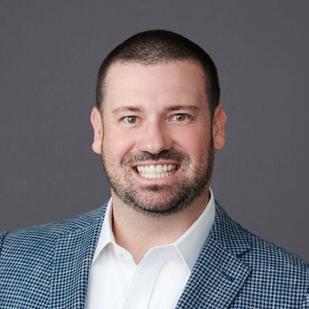
BY TRACY ZEA
Tracy Zea is president and CEO of the Waterways Council, Inc., the national public policy organization advocating for a modern and well-maintained national system of ports and inland waterways.
For the last 11 fiscal years, Congress has provided an additional $5.1 billion above the president’s annual budget requests for the inland waterways’ construction program. Despite this significant financial investment from both the taxpayers and the users of the inland waterways, the only completed project is Olmsted Lock and Dam. There are six active navigation construction projects, five projects in active design, and eight projects awaiting funding to begin design. Fiscal year (FY) 2025 presents an opportunity for the inland waterways’ construction program. There are a total of 19 authorized construction projects that are all critical to the nation’s economy. If constructed, these projects will enable U.S. shippers to compete, both domestically and in the world marketplace. Congress, in both the House and Senate
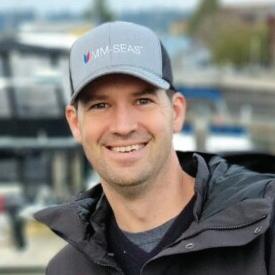
BY NATE GILMAN
Nate Gilman, president of MM-SEAS USCG Licensing Software, uses his hawsepiping experience to support mariners and workforce development. Connect on LinkedIn.
The Coast Guard’s Homeport platform, providing access to the National Maritime Center’s Merchant Mariner Licensing Database (MMLD), is vital digital infrastructure that’s often overlooked. Its importance, and the tools it provides, became strikingly clear when Homeport experienced an unexpected public outage beginning March 4, 2025.
Two essential tools for keeping our vessels staffed within Homeport are the Credential Verification Tool and the Application Status Tool. These are crucial for ensuring a qualified workforce and maintaining maritime sector integrity.
The Homeport Credential Verification Tool allows employers to instantly confirm that a mariner has the necessary certifications to operate their vessels safely and legally. This system also helps employers validate credentials, protecting
Energy and Water Appropriations bills, provided $423 million for inland waterways’ construction in FY25. However, due to a reduction in the amount of funding provided for the Army Corps of Engineers’ program in FY25 through the continuing resolution process, inland waterways construction projects are at risk of being delayed or halted if the Corps decides to ignore inland waterways construction.
Failure to fund Montgomery Lock (Ohio River) at $205 million in FY25 will spur a backlog of construction funding of over $1 billion in FY27 alone to fund ongoing construction efficiently. Expecting $1 billion through annual appropriations in any fiscal year for this program is exceedingly ambitious. The absence of funding in FY25 will result in project cost increases and significantly delayed operational dates. There is an opportunity in FY25 and FY26 for the Corps to fund work at Montgomery Lock and Chickamauga Lock (Tennessee River) to completion, respectively, which would pave the way to ensure completion of Kentucky Lock (Tennessee River) and start construction of Lock and Dam 25 (Mississippi River) in FY27.
The Corps now has the option of funding Montgomery Lock at $205 million, setting up for success the inland waterways construction program in the future. Leaving Montgomery Lock out of the FY25 Work Plan would set the entire program back several years, perhaps even a decade or more.
against potential security threats and preventing compliance issues and penalties during Coast Guard, DNV, and American Bureau of Shipping inspections and audits.
Imagine the risk of an unverified airline pilot in the cockpit. The Homeport Credential Verification Tool mitigates similar risks on our waterways.
The Homeport Application Status Tool offers transparency for mariners pursuing career advancement, enabling them to plan their timing for employment more effectively. Additionally, crewing managers can reliably staff their vessels, knowing when approved personnel will be available. Mariner credentials are often approved in the U.S. by the Homeport Application Status Tool one to two weeks before their physical Merchant Mariner Credential arrives, meaning they can get to work sooner. This can have a big impact, because at $300 a day for an able seaman, an ordinary seaman working their way up could lose approximately $4,200 waiting for the hard copy to arrive.
Together, the Homeport Credential Verification Tool and Homeport Application Status Tool significantly improve economic security and workforce development. They allow both mariners and employers to operate efficiently.
These aren’t just technical details; they are essential for supporting a qualified maritime workforce and ensuring safe, secure waterways — a benefit for the nation. A functional Homeport and MMLD system is an investment in a stronger, safer America.

BY DAN BOOKHAM
Dan Bookham is a vice president with Allen Insurance & Financial. He specializes in longshore, offshore and shipyard risk. He can be reached at 1-800-236-4311 or dbookham@allenif.com.
Hiring and onboarding play a pivotal role in establishing a strong safety culture within an organization. By carefully selecting and training new employees, businesses can reduce the risk of accidents, injuries, and fatalities.
While the process can seem daunting for small businesses and rote and impersonal at larger entities, a well-thought-out approach to hiring, screening, onboarding, and sharing culture can pay dividends. The first step is to know what you are looking for in a candidate. Although labor markets are tight, resist the temptation to lower your standards as that marginal candidate might be the one who blows up your workers compensation or P&I experience.
Background checks are vital to the hiring process, especially in industries where safety is paramount. They can
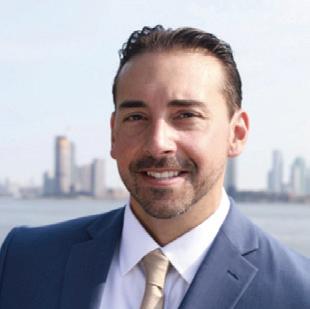
BY RICHARD PAINE, JR.
Richard Paine, Jr. is a licensed mariner and certified maritime safety auditor with over 25 years of maritime industry experience. He is currently a senior VP at the Hornblower Group and can be reached at rjpainejr@gmail.com.
The Coast Guard is nearing the full implementation of new cybersecurity regulations that will enhance risk mitigation in response to the growing concerns of conducting maritime business in today’s digital landscape. As these new regulations can be seen as necessary to meet the ongoing operational risks facing all means of business, they also add a new function to the maritime industry, the company cyber security officer (CySO). This role, if treated to the intent of the proposed regulation, may trigger a major adjustment to how operators manage certain security risks. Historically, our maritime security has been set around physical barriers, soft targets, and deterrence. This function has been handled with some additional training, but
uncover criminal records, substance abuse issues, or other red flags that may pose a threat to workplace safety. This mitigates the risk of workplace violence, theft, or other harmful behaviors and can ensure that new hires align with the organization’s values and commitment to safety.
Candidate criteria is the next element. Look for safetyminded individuals and prioritize candidates who demonstrate a strong commitment to safety. Ensure that potential new hires align with the organization’s safety values and culture and of course verify that candidates possess the necessary skills and experience to perform their tasks safely.
Once the job offer has been made and accepted, an effective and engaging onboarding process allows you to drive home your safety culture. A comprehensive safety orientation will introduce new employees to the company’s safety policies, procedures, and emergency plans.
Job-specific safety training, tailored training for each role and emphasizing potential hazards and safety precautions, coupled with practical, hands-on training to reinforce safety knowledge and skills, can cement the elements that keep new hires safe from the get-go. Mentorship and buddy systems help teach greenhorns that safety is core to “the way things are done around here.” Finally, regular check-ins by supervisors allow for assessment of the new hire’s understanding of safety and allows them to address any concerns.
mostly with a familiar flavor to traditional operational safety. However, the CySO function adds, a function that isn’t just another hat to be worn by someone within the company.
Cybersecurity requires a deep understanding of the individuals working behind the scenes, often in unseen virtual or code-based environments. Businesses must now determine whether they need to hire information technology (IT) staff or expand existing IT departments into operational controls.
Some say that cybersecurity risks are limited in maritime operations, but this doesn’t fully reflect reality. Our daily interactions happen in cyberspace, from emails to text messages to financial payments and purchasing. Cyber threats present a constant risk, and this doesn’t even account for risks specific to vessel operations, such as AIS or GPS spoofing and hacking into remote onboard control systems.
Furthermore, the world is experiencing a significant shift as advances in artificial intelligence (AI) become integrated into everyday life. The cyber risks we face now even extend to what we read and who we communicate with. Programs like Microsoft Co-Pilot enable individuals to use AI to generate well-articulated content for emails, presentations, and professional media platforms like LinkedIn, potentially masking their own limited knowledge or experience.
AI risks are real, and we encounter them more each day. Our daily interactions include the uncertainty of not knowing what has been created with AI. In fact, this entire column was written using AI software … or was it?

First 2025 tow locks through on
Thefi rst tow of the 2025 navigation season has arrived in St. Paul, Minn., marking the start of river shipping on the Upper Mississippi. The Neil N. Diehl pasted through Lock and Dam 2 in Hastings, Minn., on March 19, pushing nine barges to St. Paul, the fi nal port to open each year due to ice in Lake Pepin. The U.S. Army Corps of Engineers St. Paul District noted that the typical fi rst tow arrival falls in the third week of March. Last year, the Joseph Patrick Eckstein reached St. Paul on March 17. The earliest recorded arrival was March 4, in 1983, 1984, and 2000, the Corps said.


The U.S. Trade Representative’s (USTR) proposal to slap heavy port fees on Chinese-made vessels arriving at American ports and use the funds to rebuild the domestic shipbuilding industry ran into rough waters at a public hearing in Washington in March.
Many leaders in the U.S. maritime industry told the agency at the hearing and in letters that the plan could hurt rather than help other sectors of the domestic industry, as well as cause major and costly disruptions to maritime shipping and global trade.
At issue is a set of recommendations announced Feb. 27 by the USTR in response to a petition led in March 2024 by ve labor unions seeking to boost U.S. steel production and jobs. It claimed that China was implementing policies and practices to bolster its shipbuilding industry to the detriment of shipbuilding in the U.S.
The USTR launched an investigation of China's trade practices and during the nal days of the Biden administration released a report citing strong reason to believe that China intends to dominate world shipping at the detriment of the U.S.
The issue was taken up quickly by the Trump administration, which announced a remedy of fees and restrictions aimed at curbing China’s maritime ambitions and promoting domestic shipbuilding.
China is the largest shipbuilder and the USTR estimates its share of the commercial market grew from less than 5% in 1999 to more than 50% in 2023, while the U.S. industry remains tiny and focuses mostly on military vessels.
Proposed actions include imposing fees of up to $1.5 million on ships arriving at U.S. ports that are Chinese built, operated or agged, and assessing fees on vessels manufactured elsewhere if they are operated by carriers with eets that include Chinese-made vessels.
New fees on Chinese-built ships and cranes entering U.S. ports are expected to be part of a wider initiative that the Trump administration plans to undertake to overhaul and revive the maritime industry.
— Pamela Glass
According to Congress.gov, the Department of Transportation said it received a nomination from President Donald Trump for U.S. Navy Capt. Brent Sadler (Ret.) to become the next administrator of the U.S. Maritime Administration (Marad). The nomination was received in the Senate and referred to the Committee on Commerce, Science, and Technology. Sadler is currently a senior research fellow at the Heritage Foundation.
TheChouest Group , Cut Off, La., has acquired Kystdesign , an Aksdal, Norwaybased manufacturer of remotely operated underwater vehicle (ROV) systems. The fi rst integrated ROV system under this partnership is already in development. The collaboration is expected to drive advancements in subsea technology, unlocking new possibilities in deepwater operations and design, according to Chouest. With this integration, Kystdesign joins Chouest’s global workforce of about 20,000. Kystdesign has grown in recent years — projected 2024 turnover approaching NOK 500 million, and its highest order backlog to date.

Can operators keep up with Golden State mandates?
By Ben Hayden, Content Editor
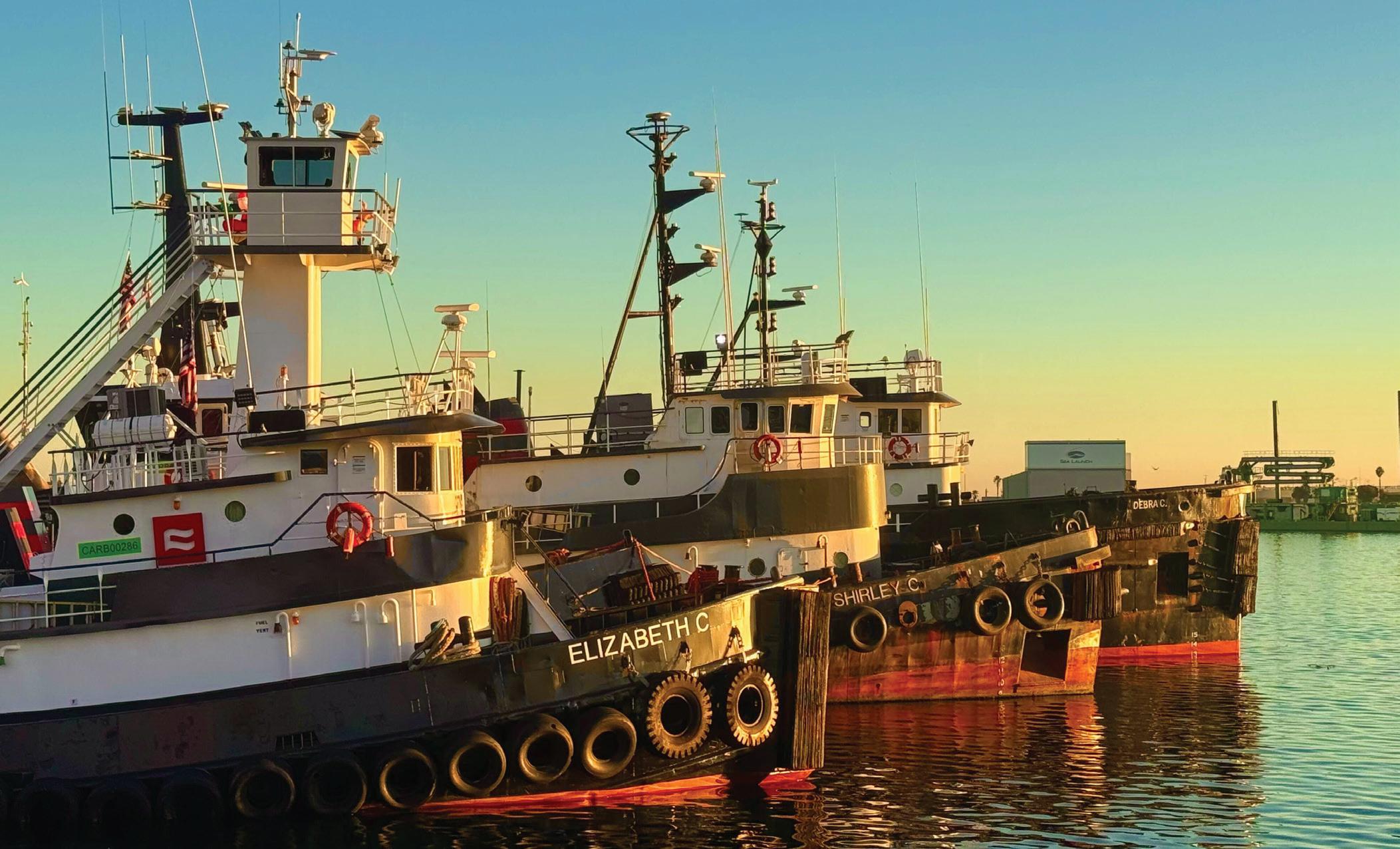
The California Air Resources Board (CARB) has expanded its Commercial Harbor Craft rule, imposing stricter emissions standards for a wider range of vessels operating in state-regulated waters. Initially adopted in 2008 and amended over the years, the rule applies to new and existing diesel engines on ferries, tugboats, and other commercial workboats.
The latest amendments, effective Dec. 31, 2024, require affected vessels
to run EPA Tier 3 or Tier 4 engines, with the inclusion of diesel particulate lters (DPFs) when they become commercially available. “After that date, a non-compliant vessel may no longer be operated in the regulated waters of California,” CARB stated in its nal ruling. DPFs are aftertreatment devices installed in exhaust systems to capture carbon soot particles emitted by diesel engines. These particles are then burned off in a process called regeneration,

which requires high temperatures. Marine engines, such as those used in California’s tugboat eet, operate at lower speeds, necessitating much higher burn-off temperatures — up to 1,500°F, nearly 250% hotter than those required for existing road vehicle DPFs.
No marine retro t DPFs have been veri ed to meet CARB’s Level 3 emissions reduction standards, CARB told WorkBoat in March, noting that manufacturers Rypos, Franklin, Mass.,
and Nett Technologies, Mississagua, Ontario, are working to verify their DPFs while others have expressed interest in applying for verification.
Some Tier 4 engines include DPFs in their EPA-certified configuration. Once verified, CARB said it will issue an executive order listing compatible engines.
The rule has drawn pushback from the maritime industry, which cites concerns over technology availability, repower costs, and implementation timelines. Safety concerns are also at the forefront, as operators worry DPFs could impact vessel performance and fire potential could threaten mariners’ lives. Despite this, CARB maintains that these measures are necessary to reduce emissions from harbor craft in California waters.
Maritime advocacy groups, such as the American Waterways Operators

(AWO), have voiced concerns over what they see as impractical and costly regulations that could compromise both safety and business viability.
According to AWO, one of the most pressing concerns remains the limited engagement from CARB leadership despite repeated attempts by industry representatives to establish a dialogue. AWO director of state advocacy Kyle Burleson expressed disappointment over CARB’s lack of responsiveness.
According to Burleson, the current regulatory process has not provided the same level of cooperation from CARB as the initial ruling did in 2008. Burleson noted that since joining AWO in 2022, he has seen minimal direct interaction with CARB leadership, citing zero interaction with the CARB board members responsible for creating the rule. AWO has offered CARB the opportunity to visit tugboats and observe firsthand how the rule impacts vessel operations, though these invitations
have been ignored, Burleson said.
To address some of the rule’s challenges, the industry pursued legislative relief through Assembly Bill 1122 (AB 1122). The bill sought to allow bypass devices on DPFs, ensuring that vessels could maintain full power during critical maneuvers.
“The bill is pretty straightforward. It would allow for bypass devices on DPFs so an operator could choose when to put those devices into regeneration, because that process could take up to 90% of your horsepower,” Burleson explained. “That’s not something you want happening while escorting an oil tanker, as is required under federal law in San Francisco Bay.”
In September 2023, AWO president Jennifer Carpenter told WorkBoat, “We are really prioritizing the DPF issue because it is so important to safety. That is why we are focused on working with the [California] legislature to not abolish the DPF requirement but make sure
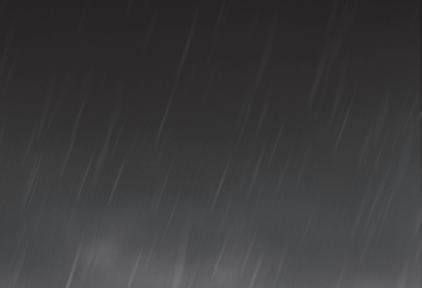




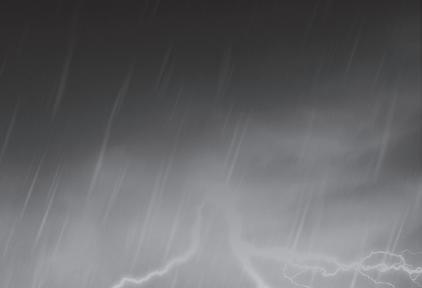
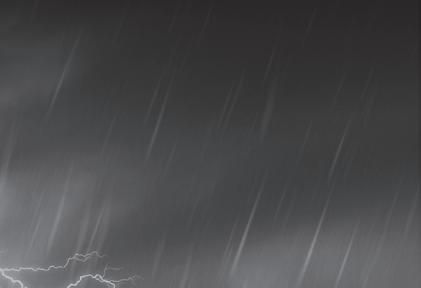

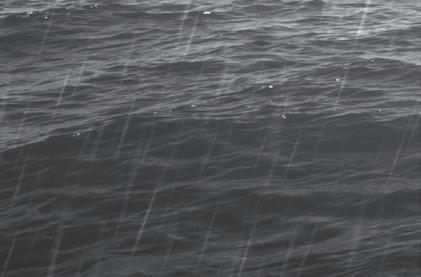













that there are safeguards before it’s implemented.”
Despite AB 1122’s bipartisan support, Calif. Gov. Gavin Newsom vetoed the bill in October 2024, leaving operators with limited options. Safety concerns surrounding DPFs remain. “The last thing you want is to have a tugboat doing a job where it can’t have that full horsepower to stop a 1,000' cargo vessel,” Burleson said.
While res involving DPFs have been reported on trucks and school buses, no casualties have resulted. In those cases, drivers and passengers were able to evacuate to safety on the side of the road. “Mariners don’t have that option,” Burleson said. “They’re either going to become re ghters, life raft occupants, or both, and that’s certainly what we want to avoid.”
Another hurdle is the absence of CARB-approved DPFs for towing vessel engines. “Of the 27 Tier 4 engines identi ed by CARB, only four have DPFs, and none are large enough to serve as a main engine on a towing vessel,” said Burleson.
Financially, compliance with the rule poses a signi cant burden on the industry. A pre-pandemic estimate placed compliance costs at $1.3 billion, a gure likely to be higher today due to in ation and supply chain challenges, Burleson said. Shipyard availability is another concern. “There’s not a ton of shipyards on the West Coast, and they book out over a year in advance,” Burleson said. “An operator has to book their shipyard time, order their equipment,



and hope the stars align so all the work can be done in the time allotted. That’s a lot of uncertainty, and it’s really hard to run a business that way,” he said.
CARB maintains that shipyard capacity is suf cient, citing an analysis conducted during its rulemaking. “The capacity is suf cient to accommodate the volume of work resulting from the amended regulation,” a CARB representative told WorkBoat, citing Appendix E, page E-46 in the CHC ruling. “In the case where a DPF cannot be installed within the six-month window due to either shipyard scheduling issues or supply chain delays, the regulation provides an extension pathway,” the spokesperson said.
As a result of the rule, some operators are leaving California rather than attempting compliance. “From 2023 to 2024, we saw about a 15% reduction in vessels operating in California,” noted Burleson. “One of our members is talking about moving 20% of their eet out of California.”
Industry stakeholders, including agriculture groups and vessel operators, remain engaged in efforts to amend the rule. “We’re not done with this rule by any stretch,” said Burleson. “We’ve had multiple meetings with groups who are just as concerned as we are.”
Despite industry resistance, some operators are taking a proactive approach. Curtin Maritime, a marine services company based in Long Beach, Calif.,
has invested heavily in repowering its eet. Vice president of operations Chase Henderson emphasized the company’s long-term strategy. “These rules might be postponed, but they aren’t going away,” he said.
Owning a shipyard has given Curtin a compliance advantage. Within the past year, the company has repowered ve tugs, replaced 12 generators, and repowered a crane — primarily without grant funding. “We have a whole team … and all they’re doing is repowering … and getting everything into compliance,” he said. “We’re covering most of these costs ourselves … paying primarily out of pocket for all of the engines,” Henderson said.
When asked about other operators, Henderson’s remarks echoed those of AWO, noting that some operators have closed shop, downsized their eets, left the state, or sold their companies due to the inability to keep up with the regulation.
Henderson provided an example of the challenges in maintaining compliance. “We repowered a boat to Tier 3 four years ago. Last year, we ripped out the Tier 3 engines and put Tier 4 engines in,” he said. For California operators without their own shipyards, making such upgrades would be even more costly and dif cult to arrange.



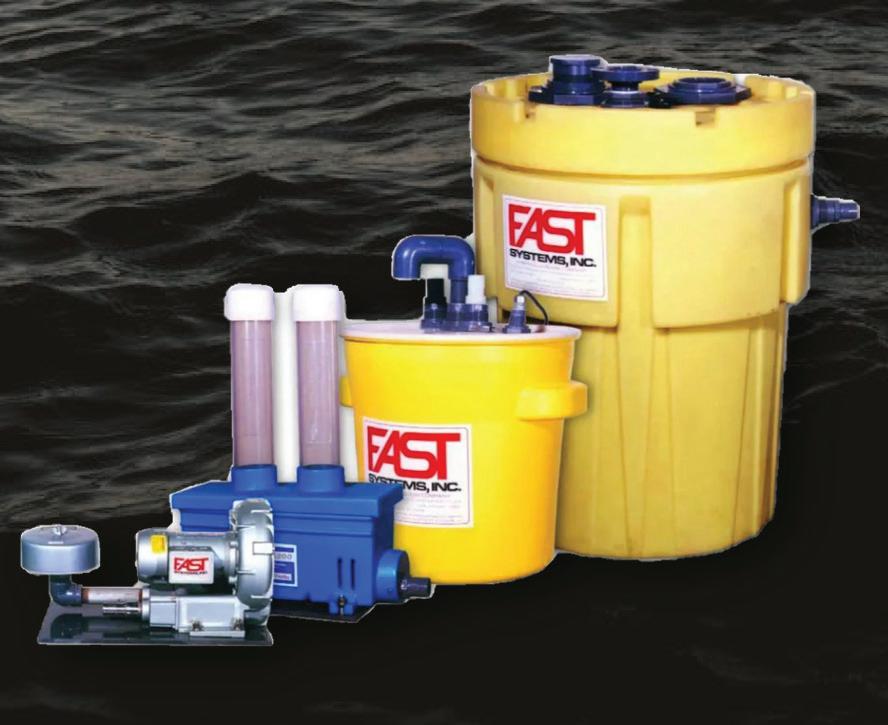



Given Curtin’s nancial investment toward maintaining compliance, Henderson voiced concern over inconsistent enforcement. “We’re spending millions to update our eet, yet we see operators coming in and out of California with non-compliant vessels that aren’t registered in CARB’s database, facing no enforcement or repercussions,” he explained. “That makes it dif cult for us to compete. If CARB wants to impose these rules, enforcement needs to be uniform,” he said.
Despite the challenges, Curtin Maritime remains committed to compliance, viewing its cleaner eet as a competitive advantage. In some cases, cleaner engines have helped the company secure contracts requiring the best available emissions technology.
“We’re repowering as fast as we can,” Henderson said. roudl made in the U.S. .


















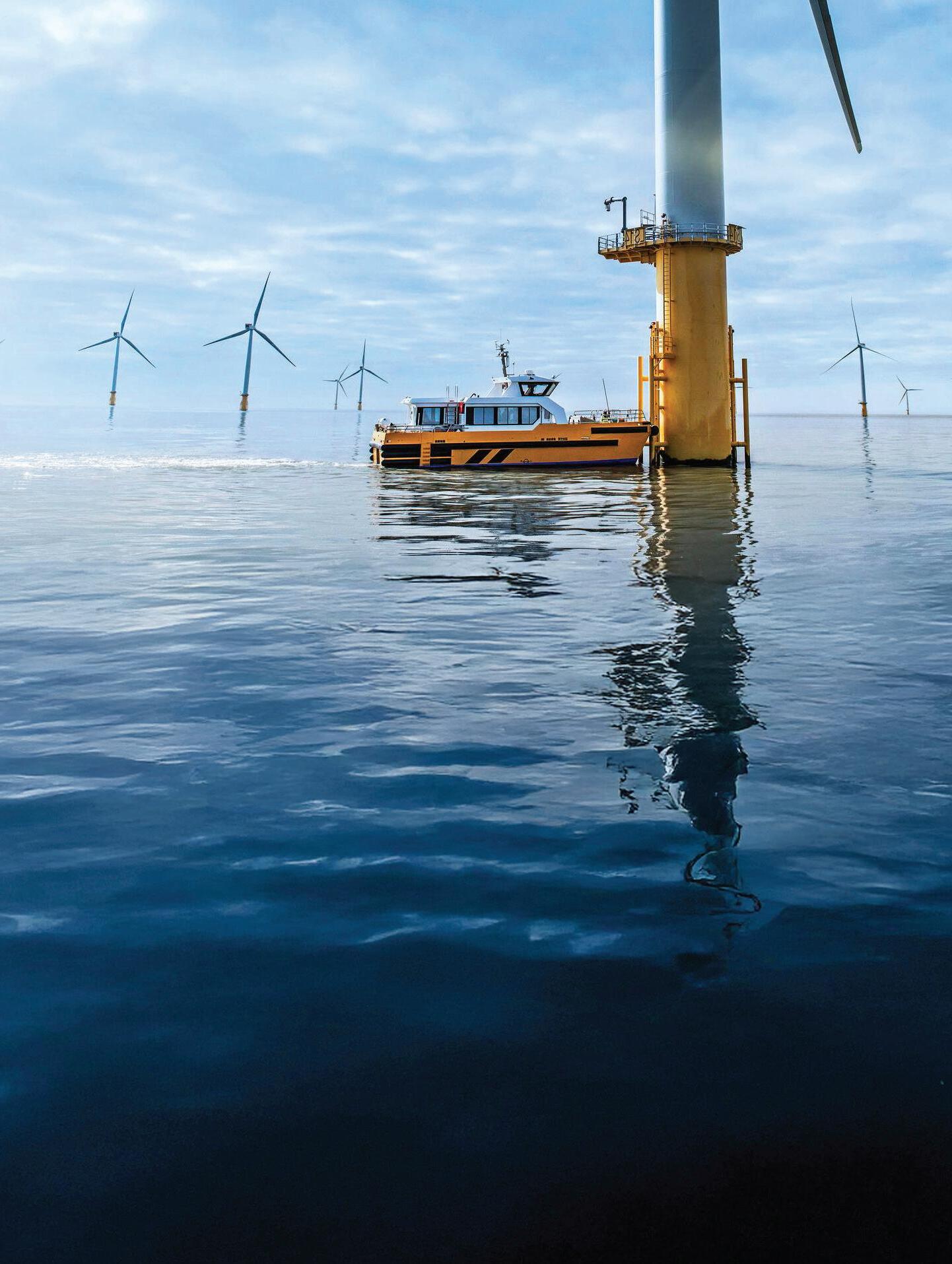
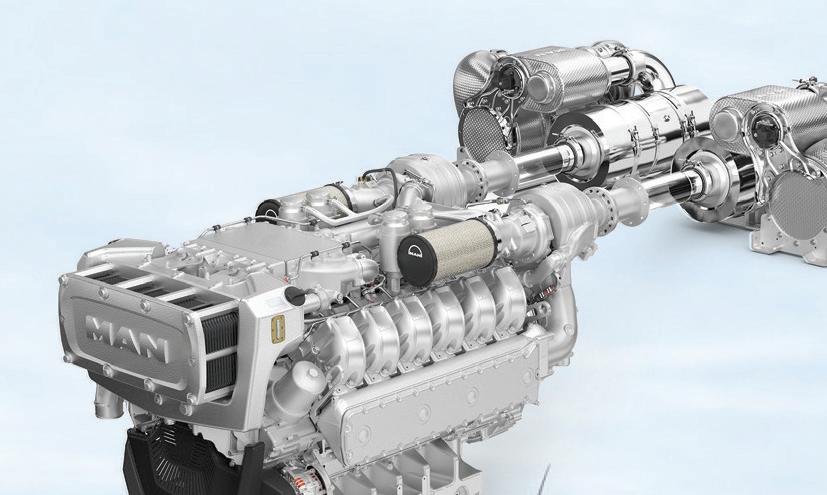



The ultimate engines for offshore applications—where sustainability meets unparalleled power. Designed with efficiency in mind, our engines deliver smooth operation while minimizing environmental impact. With unmatched power and performance, it ensures your projects stay ahead of the curve, no matter the challenge. Experience the best power-to-weight ratio on the market, making every adventure on the water safer and more reliable. For more details, explore www.manengines.com, www.man-engines.com, or www.performancediesel.com.
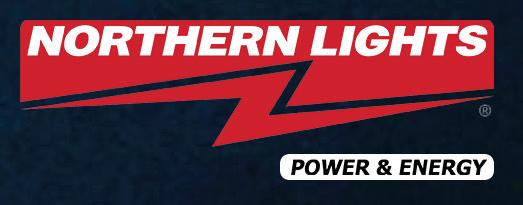
By Jonathan Barnes, Correspondent
With the help of laser imaging and a water-current detecting buoy, specialists from the National Oceanic and Atmospheric Administration (NOAA) aided the rescue, recovery, and cleanup efforts after the fatal Jan. 29 midair crash of an airliner and Army helicopter over the Potomac River.
The NOAA team helped federal and local government of cials map the wreckage and ensure the river was safe to navigate. NOAA brought in a team of experts that helped in a variety of elds to smooth the effort.
The National Transportation Safety Board (NTSB) led the recovery effort and investigation. Preliminary ndings seem to indicate that the helicopter may have been traveling at the wrong elevation, according to the NTSB.
“The Black Hawk was at 300' on the air traf c control display at the time of
the collision,” NTSB of cials said in an investigation update.
While the wreckage was recovered by Feb. 11, the investigation of the crash is still ongoing and could take some time to conclude.
The crash of the American Airlines Bombardier CRJ700 passenger jet and a U.S. Army Sikorsky UH-60 Black Hawk helicopter happened near the Ronald Reagan Washington National airport, killing all 67 passengers and crew traveling in the plane and helicopter. NOAA’s National Ocean Service sent teams to help with recovery and response efforts. Due to freezing cold waters, and substantial debris in the water, the response and recovery effort was challenging, NOAA of cials said.
NOAA worked with the U.S. Coast Guard, NTSB, U.S. Army Corps of Engineers, and other local and federal of cials in search and recovery,
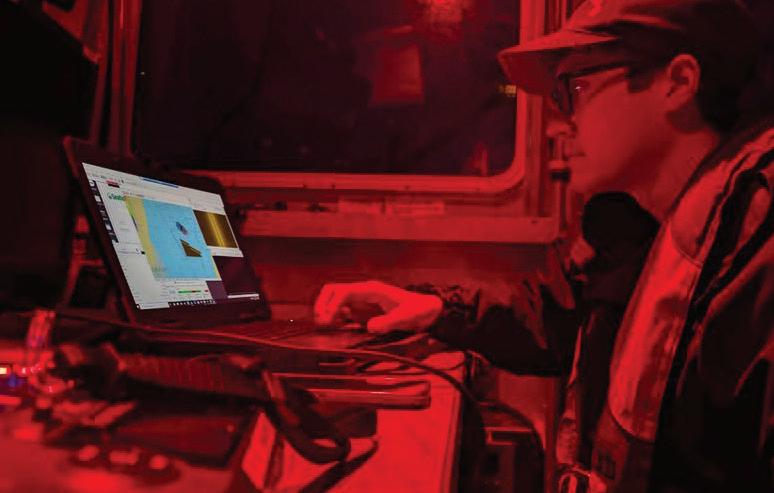
wreckage removal, and ensuring safe navigation. Experts from across NOAA provided valuable data and mapping to guide divers, aid salvage crews, and keep response teams informed in challenging conditions.
“NOAA’s nautical navigation products and services are critical for a safe, secure, and prosperous economy,” said NOAA representative Jasmin S. Paquet-Durand Ford. But for nautical charts and the precise tide and weather data NOAA assets provide, “maritime commerce fails,” he added. “For most U.S. industries, 50% or more of their international trade in goods travels through maritime supply chains.”
Within hours of the accident, NOAA’s patuxent navigation response Team was at the crash site. The U.S. Coast Guard and D.C. Fire Survey teams used multibeam and side-scan sonar technology to map the underwater debris eld. An additional navigation response team from Gulfport, Miss., deployed two uncrewed surface vehicles (USVs) to map shallower areas and identify wreckage.
The NOAA team included civilian hydrographers and NOAA Corps ofcers and worked with local and federal agencies to survey the river’s main channel and the debris eld. Using this data, NOAA provided a detailed sonar map of the wreckage to a graphic information system dashboard. The survey identi ed more than 50 possible targets for divers, leading them to key wreckage.
NOAA also deployed a current and meteorological buoy (CURBY), which provided responders with critical infor-

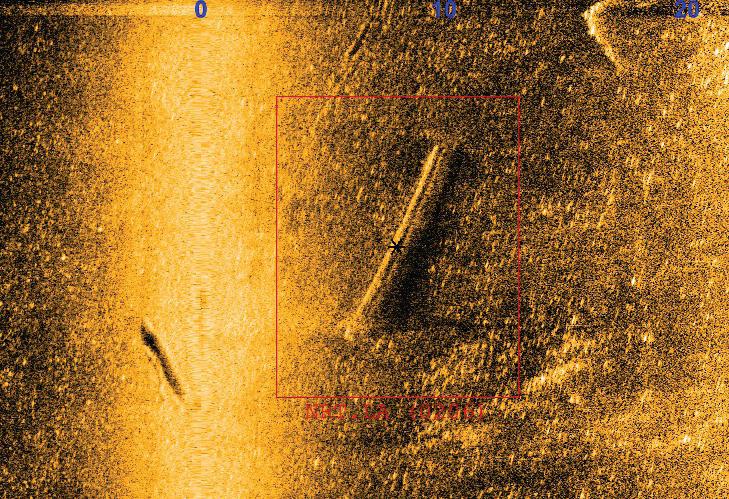
mation on water movements and conditions and enhanced crew safety and effectiveness.
While debris in the water posed risks, NOAA’s sonar surveys helped identify hazards and guide emergency teams in clearing the waterway by pinpointing obstructions that needed to be removed for safe travel. NOAA also responded to a request to conduct LiDAR (light detection and ranging) ights over the crash site and used a Twin Otter aircraft

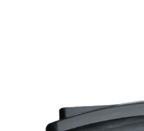
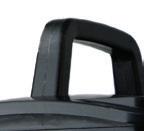


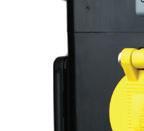

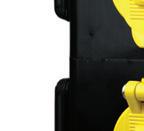
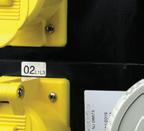
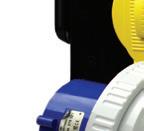
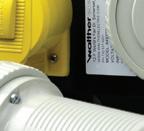
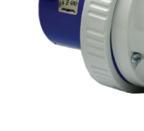
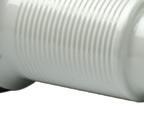
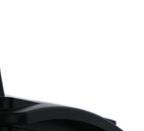



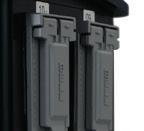

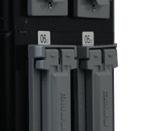


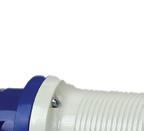










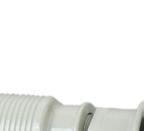

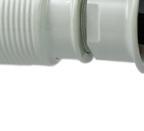
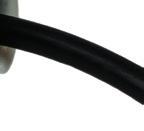






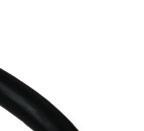
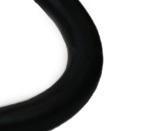

piloted by NOAA Corps of cers to do so.
“Unfortunately, the LiDAR ight did not result in any usable imagery. We supported the recovery efforts mainly via NOAA navigation response teams, which are vessels on the water — in this case, one small boat and two uncrewed survey vessels, or autonomous survey vehicles,” said Ford.
“Once NOAA arrived on-scene, virtually all survey operations, particularly in the shallow water debris eld, was

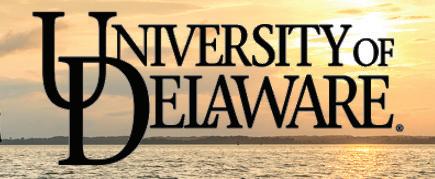




turned over to NOAA eld units (navigation response teams). Our work fueled all salvage and dive operations for the remainder of the response, which included the support of weather and current operations provided by NOAA to support dive and on-the-water operations of salvage.”
NOAA’s Mid-Atlantic Navigation Manager was embedded at the Uni ed Command Center, and experts from the Of ce of Coast Survey, the Center for Operational Oceanographic Products and Services, and the National Geodetic Survey also helped in locating and recovering wreckage, supporting search and salvage efforts, and ensuring safe navigation. Aircraft and vessels operated by NOAA’s Commissioned Of cer Corps also were tasked with supporting operations. In addition to these efforts, the Of ce of Response and Restoration provided marine pollution and trajectory forecast support.
Most likely do not recall the last time two aircraft collided and destroyed each other and all life aboard over a body of


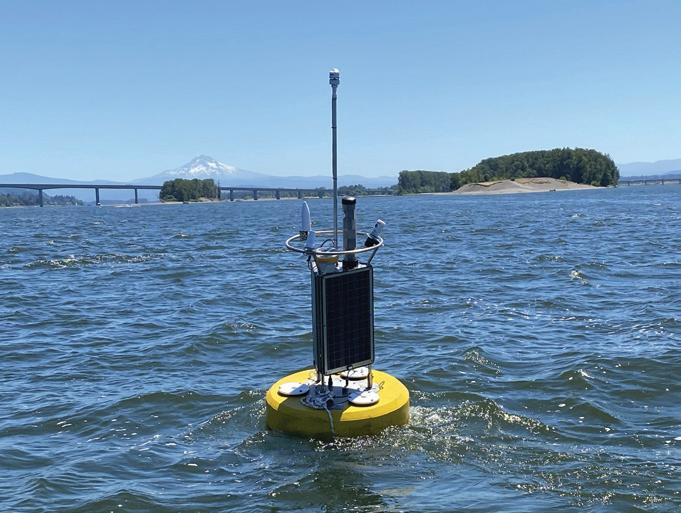
water. Such an incident is quite rare. Some in the aviation community called the accident essentially a freak accident — basically rarer than a lightning striking someone on a walk.
“Midair collisions, while tragic, are extremely rare, thanks to the extensive safety protocols, air traf c control systems, and the professionalism of pilots and aviation personnel worldwide. The aviation industry continuously strives to improve safety through advancements in technology, training, and regulations.


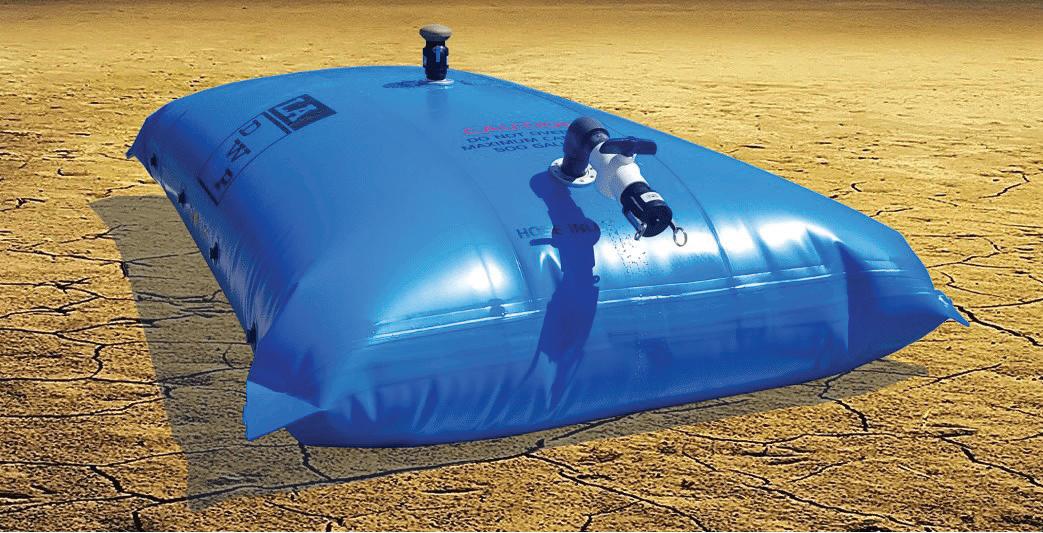







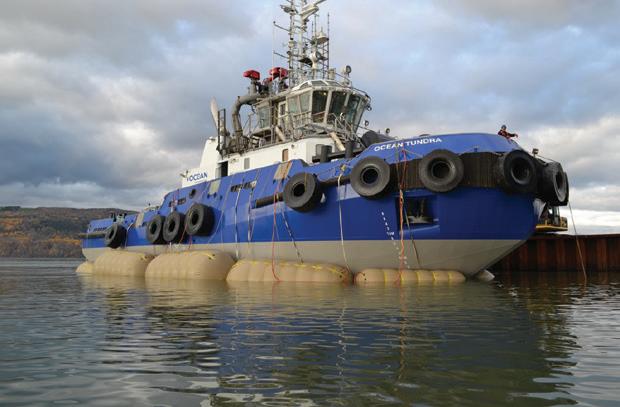







While any loss of life is devastating, it’s important to recognize the many layers of safeguards in place that make such incidents incredibly infrequent,” said John Werner, CEO, Pilot John International. “Our hearts go out to the families affected by this tragedy, and we remain committed to supporting the industry in further enhancing safety standards.”
NOAA’s Center for Operational Oceanographic Products and Services (CO-OPS) presently maintains and operates multiple six current real-time buoys, or CURBYs, said Ford. NOAA’s Of ce of Response and Restoration maintains an additional two CURBYs.
The CURBY made its rst operational debut for CO-OPS in 2019 when it was deployed near Philadelphia in support of NOAA’s Delaware Bay and River tidal currents survey.
CURBYs have since been deployed along the Paci c, Atlantic, and Gulf coasts in support of scienti c research, disaster recovery, and navigational safety.



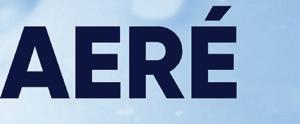
















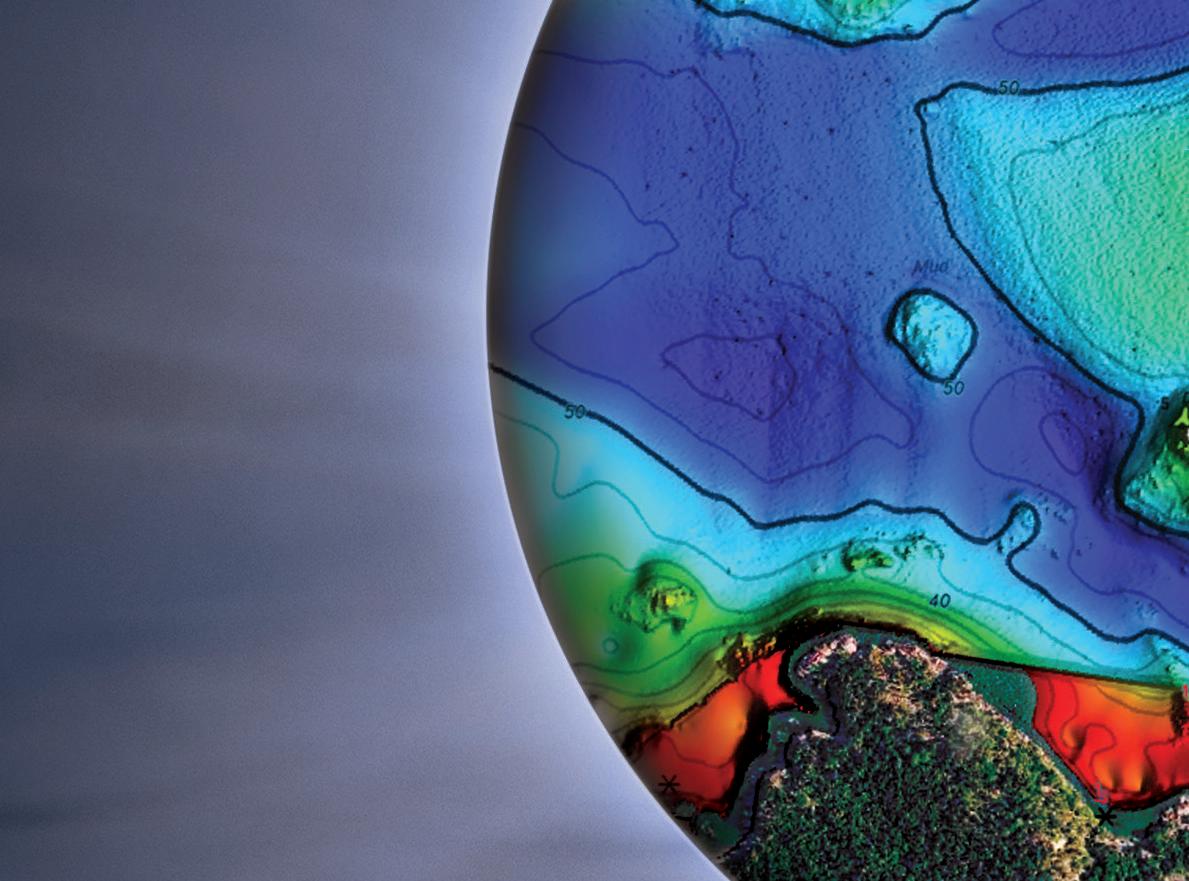













You got new charts! Explore the ocean with vibrant terrain & depth shading, using all-new TZ MAPS. Don’t just take our word for it. See for yourself. Scan here, and we’ll show you!







By Casey Conley, Correspondent
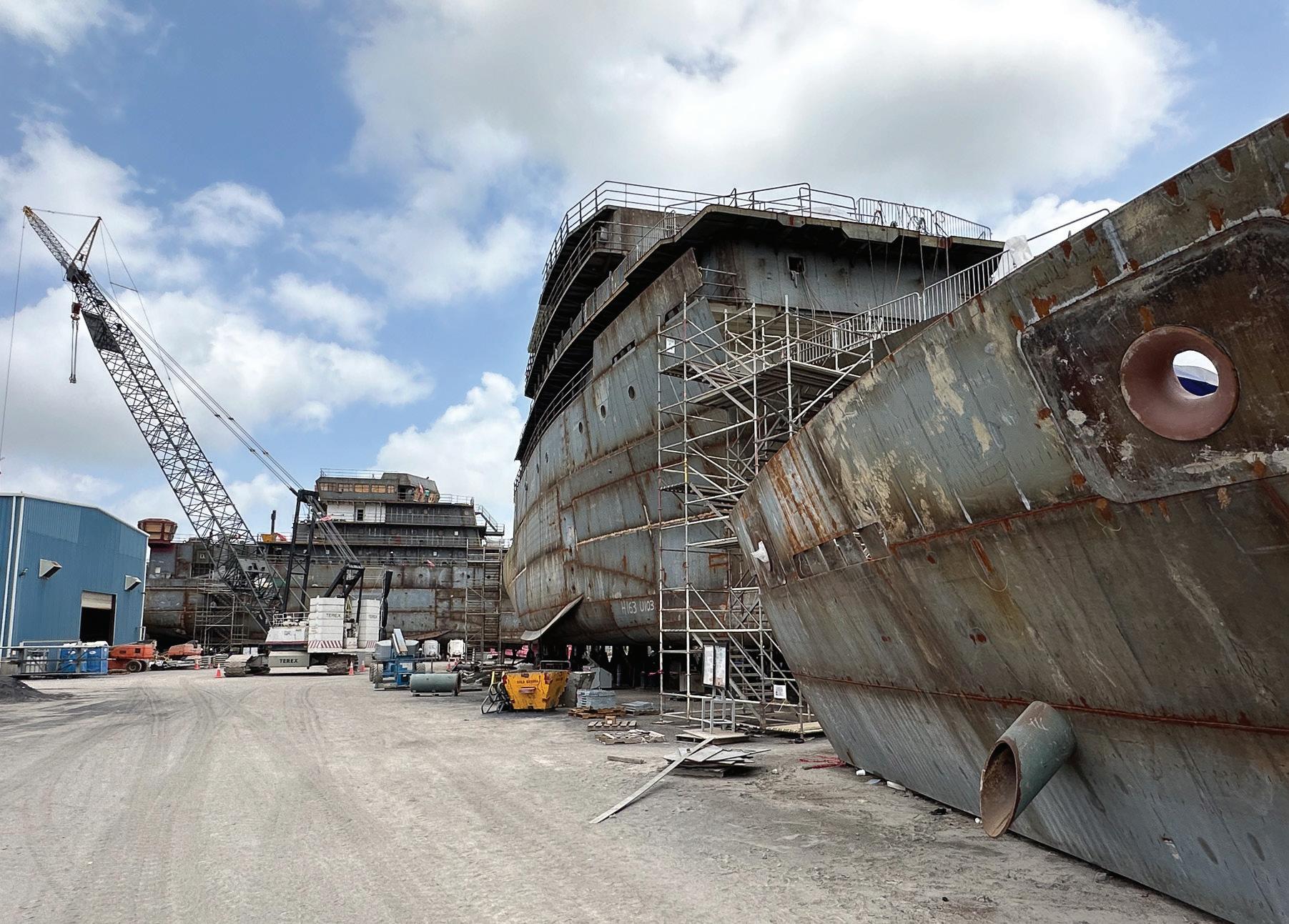
The U.S. research vessel eet is undergoing a once-in-a-generation renewal that could propel new discoveries and a greater understanding of the nation’s territorial waters.
Current projects include four deepwater ships under construction for the National Oceanic and Atmospheric Administration (NOAA), as well as three regional class research vessels (RCRV) for the National Science Foundation. Multiple catamarans in various stages of development will support exploration of coastal and inland waterways.
Although the size, scope, and mission of these ships differ, the growing embrace of hybrid propulsion is a common theme. And while the systems vary, each
promises new ef ciencies and reduced fuel consumption and greenhouse gas emissions, among other bene ts.
The largest of these new ships are under construction at Thoma-Sea Marine Constructors in Houma, La., which is building the two classes of NOAA ships, each with hybrid propulsion. The 244'x51'x22' Oceanographer and Discoverer are in the water and scheduled for delivery in 2026. Meanwhile, the shipyard cut steel on the 270'x50' Surveyor and Navigator this spring ahead of projected delivery in 2027 and 2028.
Oceanographer and Discoverer feature an efficient hull form developed by Thoma-Sea’s in-house team and its design agent Technology Associates Inc, according to Walter Thomassie, the shipyard’s managing director. Four Cummins QSK 38 Tier 4 engines anchor the diesel-electric propulsion system featuring an integrated Siemens Energy BlueDrive PlusC platform with batteries that can store 712 kWh of electrical power. That propulsion system provides power to Schottel L-drives and a Tees White Gill pump jet bowthruster.
The hybrid platform on Oceanographer and Discoverer is projected to reduce fuel consumption by about 15,000 gals. per year, with the added bene t of reducing CO2 emissions by about 5,700 tons, according to NOAA.
“We are excited about the design, because it was a different approach and we leveraged technologies we had been using for years in the commercial area,” said Thomassie. “It was challenged by the government and we had to prove it, so we are proud of the effort that went
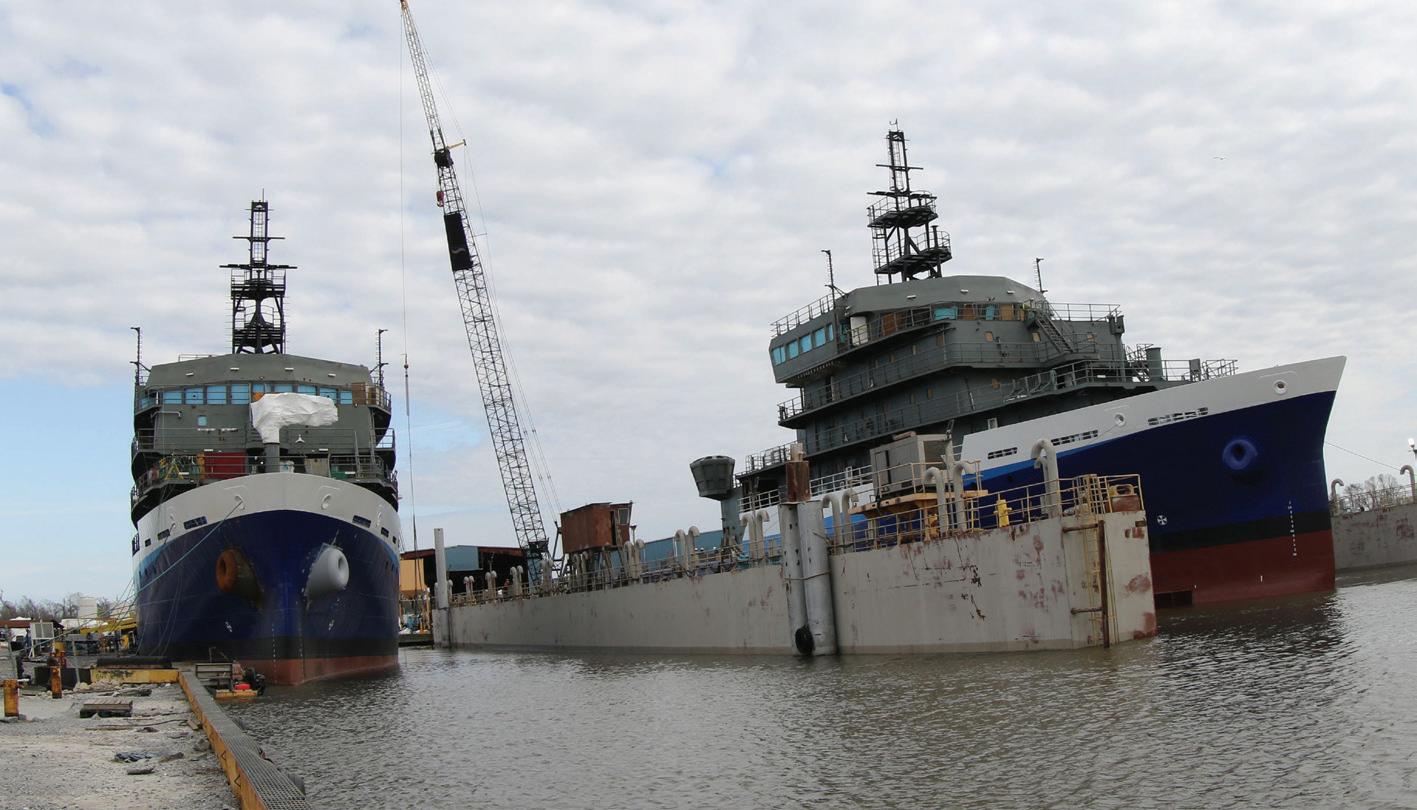

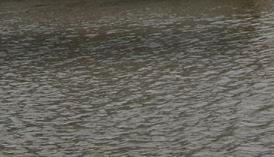
into putting that design together.”
The custom hybrid platform installed on Oceanographer and Discoverer emerged following extensive research into NOAA’s operating profile. It incorporated NOAA’s objectives, such as the ability to reduce noise while operating in sensitive areas and minimizing wear on the propulsion system.
“Our goal was … to get the most practical bang for the buck,” said Thomassie. “We found a solution to lower fuel consumption, extend range, balance peak loading without having to crank generators and give them a feature for entering sensitive ports under battery power,” he continued, while noting the ships are “not designed for open ocean transit using only batteries, other than for short periods of time.”
Oceanographer and Discoverer will operate from Honolulu and Newport, R.I., respectively, and perform oceanographic research on marine life,
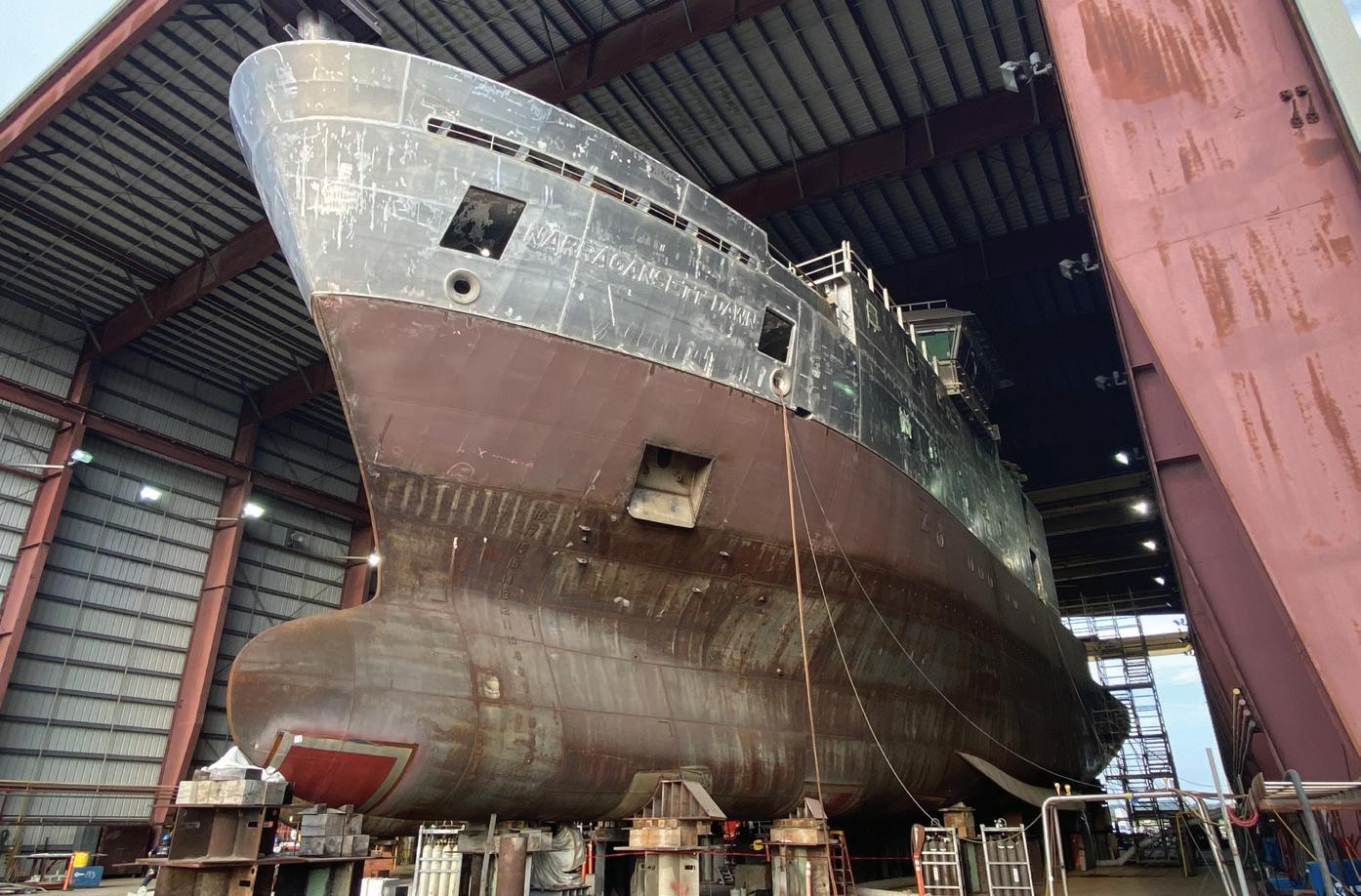
Taani, the lead ship in a new class of regional class research vessels funded by the National Science Foundation, is scheduled to deliver in early 2026 from Bollinger Shipyards. The second ship in the series, Narragansett Dawn, will follow later in the year.
climate, and ocean ecosystems, NOAA said. The vessels will join a NOAA fleet of roughly 15 ships that in 2023 averaged 30 years old.
The NOAA fleet’s average age will fall further with the delivery of Surveyor
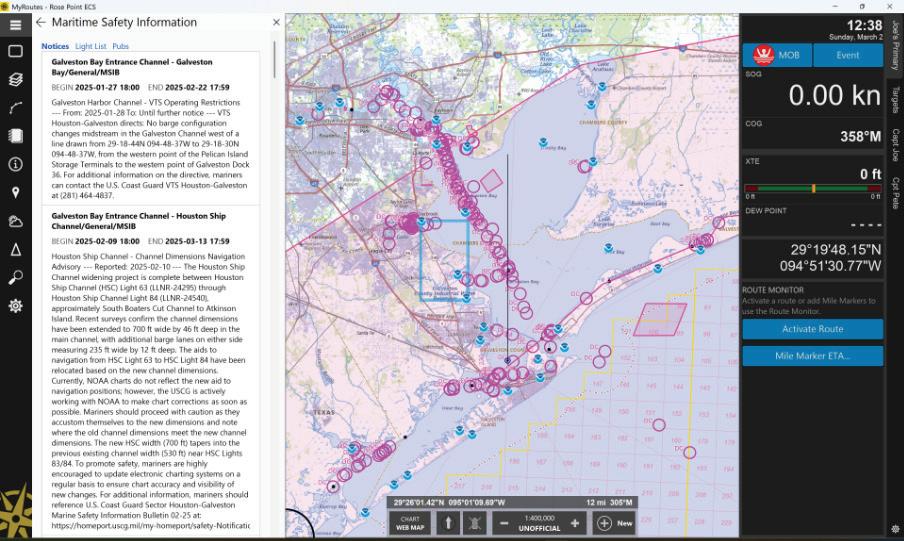
NEW FEATURES
• Lease Blocks
• NTM (USCG NAVCEN) visually represented
• USCG NAVCEN Polygon notices visually represented
• Weather Conditions with Graphical Forecast Overlays
• Replay of a VDR in the portal

and Navigator, which will primarily perform charting and ocean mapping. These vessels, awarded to Thoma-Sea through a different contract, will each have Siemens Energy BlueDrive PlusC hybrid propulsion with battery storage.

can be found here
Layers
• The ability to add marks, annotations, instructions and other .nob files to all vessels through the portal
ECS Fleet Settings
• This allows a fleet to lock down settings that should not be changed inside of Rose Point ECS
• This is managed through the portal
Sub Fleets
• Grouping vessels either geographically or by Port Captain
Vessel Data Recording Retrieval through the portal
• A Viewer in the portal can now retrieve .vdr files from vessel for incident review
Tax Zone Tracking
• Miles or Time inside or outside a zone can be reported on monthly
Odometer Reporting
• Total Nautical or Statute Miles can be reported on Daily/Monthly/ Quarterly
Fresh/Saltwater tracking
• This is another function of tracking zone movement for different purposes
API access
• A robust cloud API is under continual build to bring data to our cloud that can be queried by a fleet
• This access can also be given to 3rd party vendors like Helm or Tow Works by the Fleet (not given out from Rose Point Navigation)
Four Caterpillar 3512 Tier 4 engines will generate electricity for propulsion, research capabilities, and hotel loads.
The yard’s experience with diesel-electric propulsion gained through building vessels for the offshore oil industry informed its approach to these larger NOAA ships, Thomassie said. The system, he explained, “ nds the happy spot where all of these engines can be running at the most ef cient speed to hit the power-fuel curve where you are getting the most [power] for this given load while using the least amount of fuel.”
The three RCRVs developed through a National Science Foundation program also are nearing delivery from Bollinger Shipyards following a prolonged development cycle. Oregon State University (OSU) is overseeing the construction and transition to operations of the three 199'6"x41' ships. Glosten Associates designed the vessels, which can spend up to three weeks at sea while transiting up to 5,400 nautical miles.
Taani, the lead ship, is expected to be delivered in early 2026 followed by a year of science and operational trials to “really put it through the paces,” said Clare Reimers, an OSU professor emerita supporting the project. It will operate from Newport, Ore. Two sisterships, Narragansett Dawn and Gilbert Mason, should deliver later in 2026 and operate from ports in Rhode Island, and Mississippi and Louisiana, respectively.
Each ship features a diesel-electric powerplant that delivers
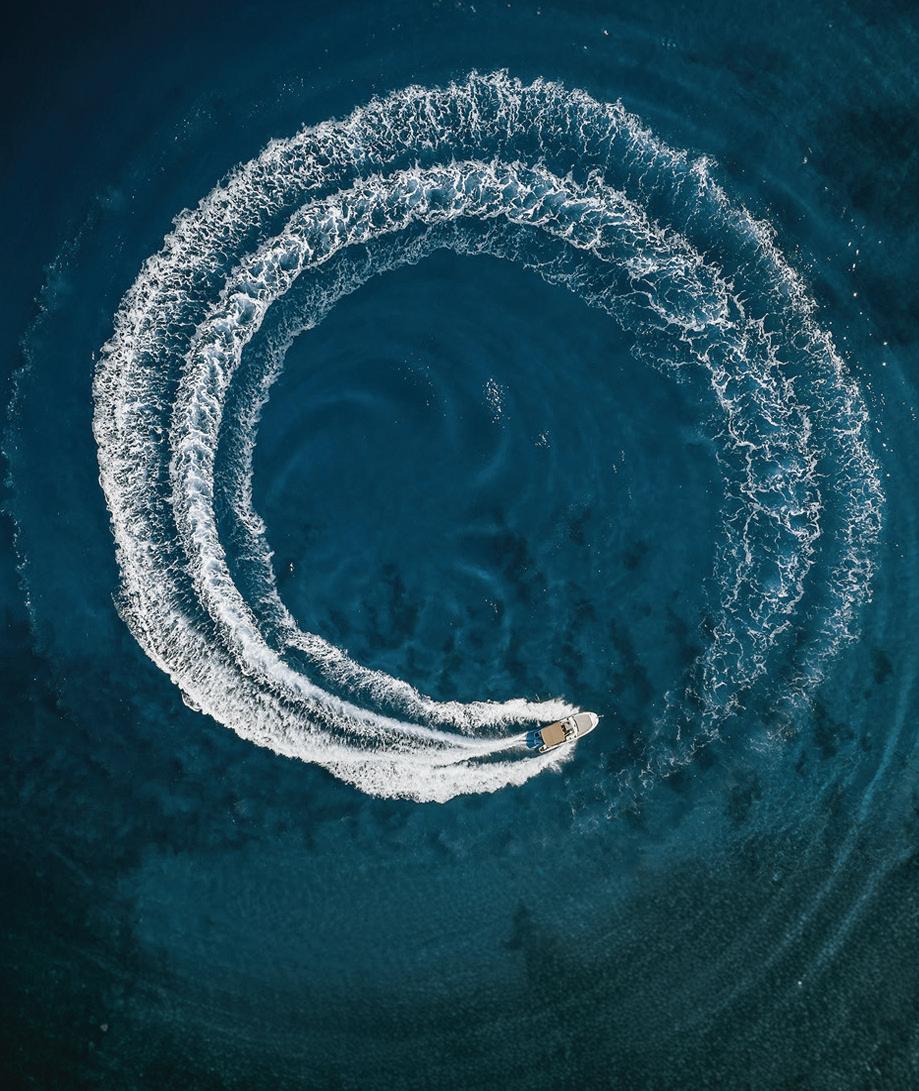

866-4-Werner WernerElectric.com/Marine

electricity for propulsion, research equipment, and hotel loads through a Siemens Energy BlueDrive PlusC system. Three Caterpillar C32 Tier 4 engines drive variable-speed Siemens generators. Siemens electric motors drive Schottel STP-1012 stern thrusters, a retractable Schottel SRP 170 propeller thruster, and ush-mounted SPJ 82 azimuthing jet thruster.
“These are Z-drive vessels, so they are going to be very maneuverable, and they will be able to maintain dynamic positioning so you can precisely sample within the ocean, particularly at the sea oor,” said Reimers.
Key maritime components on ships absolutely loaded with them include a Kongsberg dynamic positioning system that meets ABS DP1 standards, two Rapp/MacGregor winches and MacGregor cranes, A-frames and a starboard-side robotic launch and recovery system for sensors and other devices, according to OSU. Kongsberg and Simrad provided research equipment while Beier Electronics supplied the integrated bridge system that includes Furuno navigation electronics.
Multiple research ships that will operate along the nation’s coastal waters have entered service recently, and others are still under construction. Several such projects are currently


No expensive, prone to failure,
is "stand
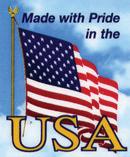
underway at All American Marine, Bellingham, Wash.
Daniel Zech, the shipyard’s business development manager, said customers have three primary objectives when it comes to building new research vessels. Functionality and versatility are often top of mind. “Right now, it’s deck space with a large outdoor working area with the combination of overnight bunk accommodations,” he said. “That third component is fuel ef ciency.”
“For a lot of these vessels, the core mission is to support their students,” Zech added, referring to vessels built for universities. “But they are also running these vessels as a business, so the ef ciency of the hull makes for a much more appealing business case for people looking to rent the vessel.”
In February, All American delivered the 78'x26.7' aluminum catamaran North Wind to Cal Poly Humboldt in Arcata, Calif. The Teknicraft-designed semidisplacement hull cruises at 28 knots and has accommodations for 14 researchers and up to 40 daytime passengers.
This cleaner-running vessel is powered by twin 1,200-hp MAN Tier 4 engines equipped with diesel particulate lters to meet forthcoming California Air Resources Board emissions regulations. Other components include Kongsberg scienti c research electronics and Okeanus deck equipment.
All American has several other aluminum catamaran research vessel projects underway, all based upon Teknicraft designs. These include a 73' vessel for University of North Carolina Wilmington powered by Scania engines and a 63' hybrid catamaran for the Orange County Sanitation District. The hybrid platform will feature twin Cummins QSB 6.7 generators, BorgWarner batteries that can hold 588 kWh of charge, and ABB electrical architecture.
Another hybrid research vessel has already entered service in the Paci c Northwest. Last year, Snow and Company, Seattle, delivered the 50'x16' plugin hybrid catamaran Resilience for the Pacific Northwest National Laboratory (PNNL) in Sequim, Wash. It’s equipped with Volvo Penta D8 engines, Danfoss


Editron electric motors and Spear Trident batteries that can store 113 kWh of electricity, according to PNNL. Resilience also is the rst hybrid vessel in the U.S. Department of Energy eet.
A rst-of-its-kind hydrogen hybrid research vessel in development by the Scripps Institute of Oceanography at the University of California San Diego reached a key milestone last year. ABS gave approval to the preliminary design for the platform designed by Glosten. Current plans call for the ship to operate on zero-emission hydrogen fuel cells for 75% of its propulsion.
Further inland, the Lake Superior Research Institute at University of Wisconsin – Superior will soon take delivery of the 65'x24' hybrid catamaran Sadie Ann from Midship Marine in Harvey, La. Amy Eliot, the institute’s associate director, said Sadie Ann will replace the beloved, if antiquated, L.L. Smith Jr for research on Lake Superior’s frigid
waters. Sadie Ann can hold up to 49 passengers and reach 18 knots.
Incat Crowther designed Sadie Ann, which has a parallel hybrid system designed by Esco Power. The vessel is equipped with John Deere engines, Northern Lights generators and Lehmann Marine COBRA batteries that store 86 kWh of charge.
Eliot estimates the hybrid propulsion system added about $1 million to construction costs that were largely funded by private donations. But she said those costs are worth it for the operational and educational bene ts the system offers.
“It was the reduced wear and tear on the engines, the potential for payback over the life of the vessel, learning opportunities for the campus and the quiet nature of the system and what that would mean for us for both research and educational missions,” said Eliot. “All of those things had a role for why we selected the hybrid system.”



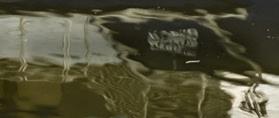
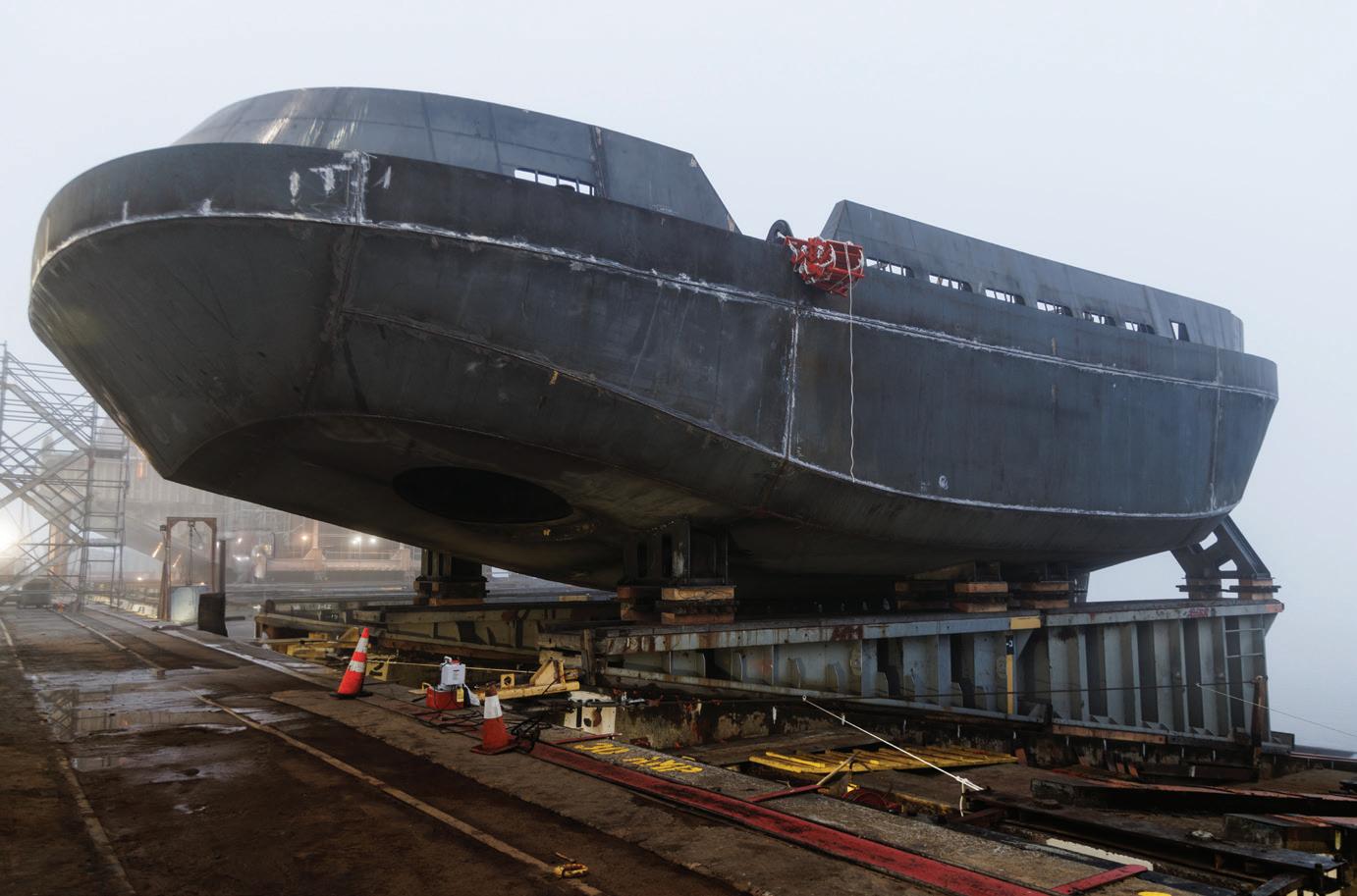





Shaver Transportation Co., Portland, Ore., is scheduled to take delivery of a new 79'x40'x17' ship-assist and escort tug, Heather S, this summer, bringing more horsepower and capability to the Columbia River.
The Robert Allan Ltd.-designed RApport 2500 tug is being built by a pair of partnering Portland shipyards. Gunderson Marine & Iron constructed the hull and launched it in March, and Diversi ed Marine Inc. (DMI) will complete the vessel, including all out tting.
“Shaver is always looking to add new technology and capabilities to our eet,” said Jon Hellberg, the company’s vice president of operations. “Adding another Tier 4 vessel was attractive as well as getting a new vessel with higher horsepower and bollard pull.”
The newbuild will be Shaver’s second Tier 4 tug, following the 8,400-hp, 112'x45'x21' tractor tug Samantha S, built by DMI in 2018.
The Heather S’s two Caterpillar 3516E main engines will each deliver 3,500 hp at 1,800 rpm, powering Berg MTA 628 azimuth thrusters. The vessel will also feature 2,156-kW John Deere 6068AFM85 auxiliary engines and a Markey DEPC 52 electric hawser winch. The tug is expected to be able to reach a speed of 12 knots and provide a bollard pull of 100 tons. It will have 20,500 gals. fuel capacity and accommodations for six crew.
Hellberg said Shaver liked the RApport 2500 design after seeing others built by DMI. The rst tug built in the U.S. to this design was constructed for Brusco Tug & Barge, Inc., Longview, Wash., and entered service in 2020 under long-term charter to Crowley, Jacksonville, Fla., in the ports of Los Angeles and Long Beach.
“The Robert Allan design is proven — a good hull shape for ef ciency and performance,” said Hellberg. “Its power, compact design, maneuverability, and great visibility from the pilothouse make it a great option for ship assist … And it ts the bill for the Columbia River.”
Upon its entry into service this fall, the tug will operate from Astoria, Ore., to
Portland, with a focus area from Portland to Longview, Wash. “Its primary duty will be ship assist into and out of berth and anchor,” said Hellberg. “It’s very capable for performing escort and emergency response work as well.”
Hellberg said a lot of effort went into the tug’s crew features — “the human design,” as he called it — with emphasis on making the wheelhouse user-friendly and the interior spaces and berthing areas quiet to reduce fatigue.
“We try to learn and get better every time we build a new boat,” said Hellberg. — Eric Haun
TheU.S. Navy recently accepted delivery of the ship-to-shore connector LCAC 112 (landing craft, air cushion), from Textron Systems, New Orleans.
Delivery of the 91'x47'10" highspeed, amphibious hovercraft follows the completion of acceptance trials and marks the of cial transfer of the craft from the shipbuilder to the Navy. During these trials, the Navy’s Board of Inspection and Survey assessed the craft’s readiness and capability to meet operational requirements.
LCAC 112 is designed with similar con gurations, dimensions, and clearances to legacy LCACs to ensure compatibility with existing well deckequipped amphibious ships, Naval Sea Systems Command reported in a statement announcing the delivery.
“This new craft will provide the Navy and Marine Corps team with unparalleled capability in amphibious warfare, ensuring we remain agile and responsive to emerging threats and global challenges,” said Angela Bonner, program manager for amphibious assault and connectors programs, Program Executive Of ce, Ships (PEO Ships).
The boat, which has a height of 25'10" with its cushion in place, can carry a payload of approximately 60 to 75 tons, transporting weapon systems, equipment, cargo, and assault personnel in various conditions, including over-the-beach operations. (The vessel’s
height is 19'2" without the 5' cushion.)
Main propulsion comes from four Vericor Power Systems ETF40B gas turbines, each producing 3,955 hp. The turbines connect to variable pitch props and aerodynamic rudders. The lift system consists of four 63" double-entry, double-discharge centrifugal lift fans.
The propulsion package can carry the vessel at a speed of 50 knots in sea state 2, 35 knots in sea state 3, and 25 knots over land. The LCAC has a range of 200 miles at 40 knots.
PEO Ships, one of the Department of Defense’s largest acquisition organizations, manages the development and procurement of destroyers, amphibious ships and craft, auxiliary ships, special mission ships, sealift ships, and support ships.
The rear deck area measures 67'x27' (1,809 sq. ft.). The design payload weight is 120,000 lbs., overload payload is 150,000 lbs., and the maximum allowable weight of the boat with payload is 389,984 lbs.

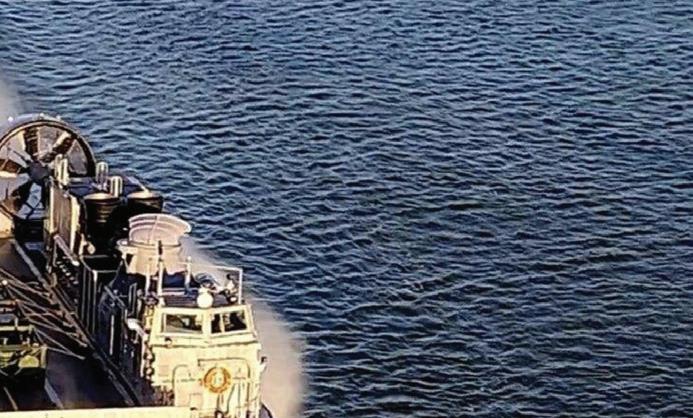

“The successful delivery of LCAC 112 demonstrates the strong partnership between the Navy and Textron Systems,” Bonner said. “This advanced craft will signi cantly enhance operations, providing a critical link in our ability to project power and support joint operations across the globe.”
Textron is building LCACs 113-125.
— Ken Hocke

Electric ferries for a ‘mosquito fleet’
Artemis Technologies and Delta Marine, Seattle, said they will use the patented Artemis eFoiler and EF-24 electric ferry design to develop a new ‘mosquito eet’ style of “smaller, more agile ferries that have recently been advocated as a practical solution to Puget









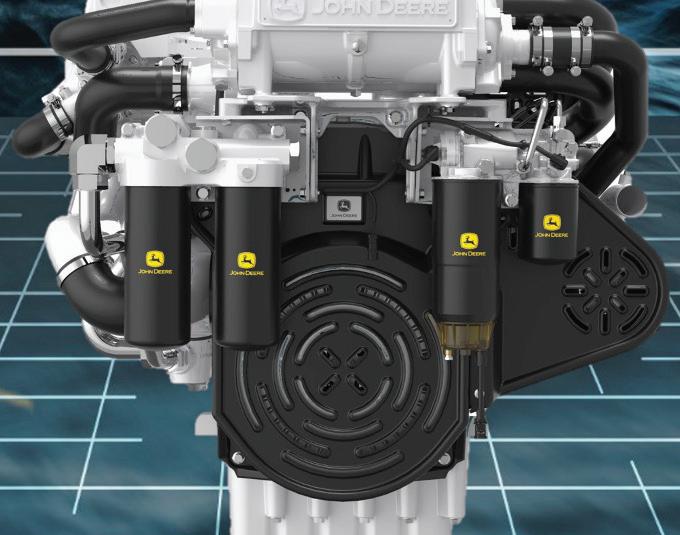





Bollinger Shipyards, Lockport, La., in March announced it has received a $951.6 million contract to proceed with building the U.S.’s first new heavy polar icebreaker in nearly 50 years. Bollinger said the contract modification advances the detail design and construction phase of the U.S. Coast Guard polar security cutter program, paving the way for the series’ first vessel, the 460'x88' USCGC Polar Sentinel (WMSP-21), to be completed by 2030. The deal was awarded by Naval Sea Systems Command. The Navy is managing the program alongside the Coast Guard through an integrated office.
Silver Ships, Mobile, Ala., has completed testing and delivery of a 39'x10' assault amphibious safety boat (AASB) for the U.S. Marine Corps and Navy, marking the 25th of 31 vessels delivered on schedule. The first hull was built and tested in under nine months after the initial contract award. Designed for shallow-water operations, the AASB has a 2' draft and a 25° deadrise to handle rough conditions. It is powered by twin 250hp Mercury SeaPro outboards, with a full load weight of 16,195 lbs. and a fuel capacity of 250 gals.
Hughes Bros., Inc., Edison, N.J., has launched and christened its newest and largest floating drydock, Michael, the first new construction drydock placed into service in Brooklyn, N.Y., in over a century, according to Hughes Bros. Designed by JMS Naval Architects, Groton, Conn., and built by Feeney Shipyard, Kingston, N.Y., the drydock measures 206' x86' x25', with 70 ' between the wingwalls. The Michael has a lifting capacity of 1,500 tons, and it can accommodate vessels up to 300 ' x64' x16', Hughes Bros. said.
In March, President Donald Trump signed into law a continuing reso-

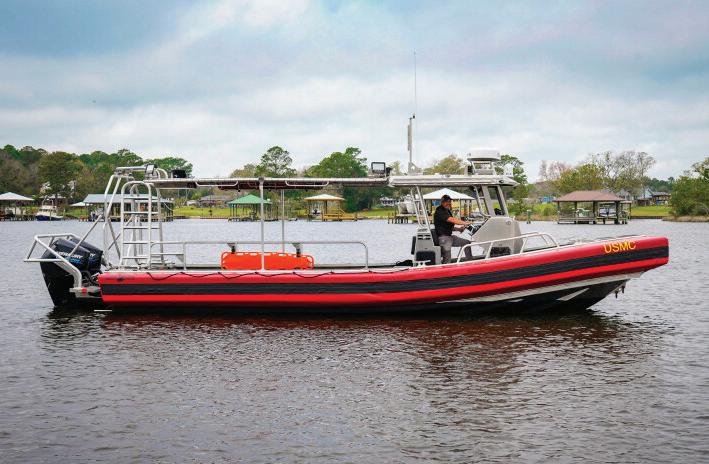

lution that funds the government through the end of the fiscal year (Sept. 30, 2025). The legislation repeats the FY2024 Small Shipyard Grant Program funding levels and means that Congress has formally provided $8.75 million for the next round of the Small Shipyard Grant Program awards. While there are still technical questions about the potential for the sequestration of funds by the president, grant applications will be due May 14, and award selections will be announced on or around July 14.
Sound’s ferry congestion,” the vessels’ developers said in an email.
The term mosquito fleet was used to describe several different flotillas. In this case, the reference is to a fleet of small steam vessels that plied the waters of Puget Sound during the late 19th century and early 20th century. It was also used to describe the various steamboats and other small craft that served on the rivers and bays of the Oregon coast.
The 78.7'x36' EF-24 vessel will carry up to 150 passengers cruising at 34 knots and can operate for more than two hours on a single charge. Those capabilities are in line with existing regional ferry services like those operated by Kitsap Transit and King County Metro, the developers said.
Using Kitsap’s Kingston-Seattle 30-nautical-mile route as an example, the Artemis EF-24 can complete two round trips before requiring a recharge.
“This aligns well with Kitsap Transit’s existing schedule, where the ferry provides three morning return trips, followed by three more in the afternoon,” according to the developers.
With short charges during the morning and afternoon sessions, and a longer midday charge, the EF-24 can run on the current timetable, covering around 180 miles daily.
Artemis’ Megawatt Charging System can charge at a rate of 2.9 MW, up to fully charged in less than an hour. But to meet the example of Kingstonto-Seattle runs, “the vessel would only need to charge at 2 MW during the day, optimizing battery health,” the developers said.
“Developed in-house by our worldleading team of experts, our battery features cutting-edge energy density, lightweight construction and advanced thermal management, all tailored for marine environments,” according to the developers. “It integrates seamlessly with our high-efficiency electric foiling propulsion system, providing longer range and optimal performance even in harsh sea conditions.”
— Kirk Moore

Lubriplate is committed to providing you with the right lubrication for your vessel and other equipment affected by (VGP) Vessel General Permit regulations. Designed specifically for use in harsh marine conditions, these high performance, Environmentally Acceptable Lubricants (EAL)s deliver all the performance and protection you need, while maintaining compliance with regulations protecting the environment.
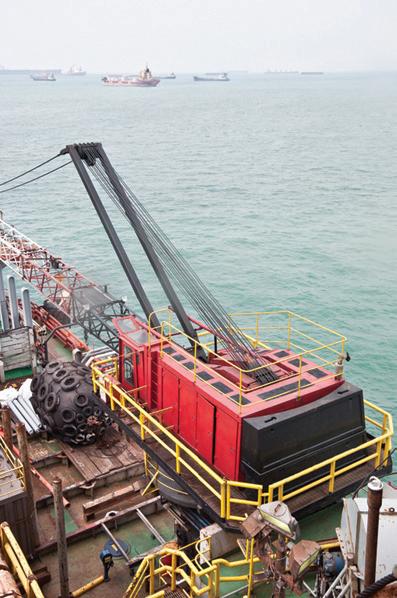
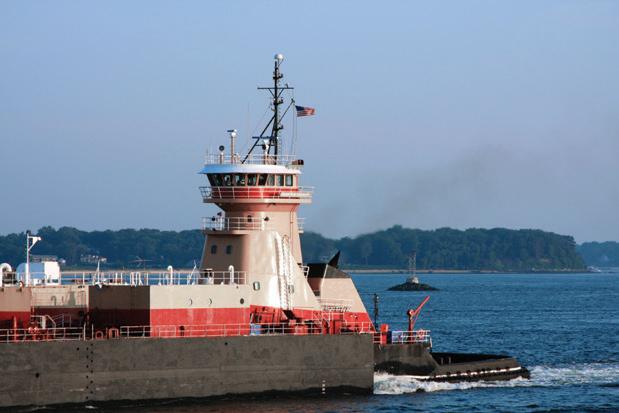
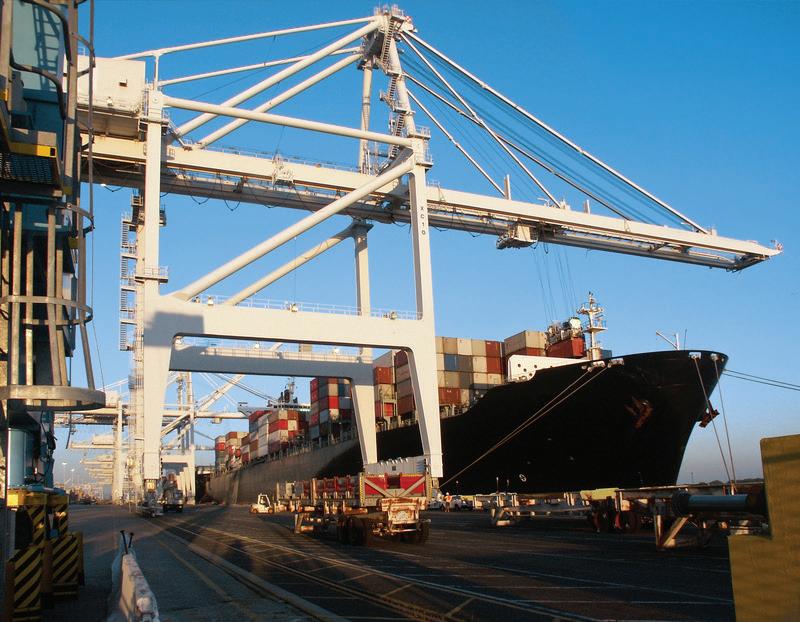
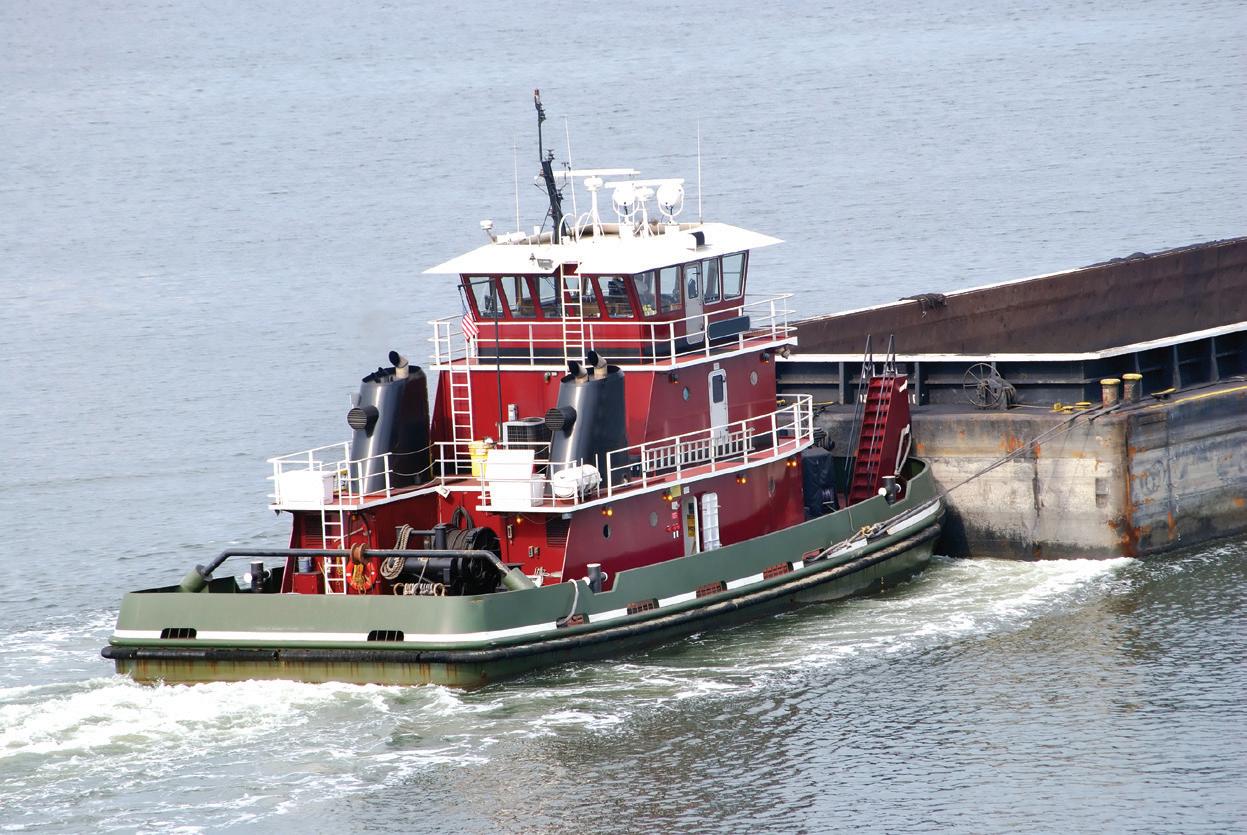
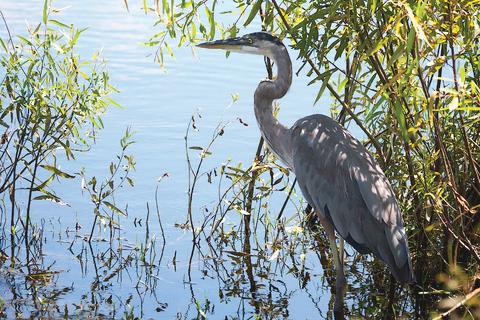


ATB BIOBASED EP-2 GREASE
• This versatile grease meets U.S. EPA Vessel General Permit (VGP) requirements.
• Passes U.S. EPA Static Sheen Test 1617 and U.S. EPA Acute Toxicity Test LC-50.
• ECO-Friendly and Ultimately Biodegradable (Pw1) Base Fluid – 75.2%.
• Designed for use on Articulated Tug Barge (ATB) notch interface, coupler ram and drive screws, above deck equipment, rudder shafts, wire rope, port equipment, cranes, barges and oil platforms.
• These fluids meet U.S. EPA Vessel General Permit (VGP) requirements.
• High-performance, synthetic polyalkylene glycol (PAG)-based formula.
• Non-Sheening – Does not cause a sheen or discoloration on the surface of the water or adjoining shorelines.
• Provides long service life and operating reliability, lower maintenance costs, and reduced overall downtime.
• Excellent anti-wear performance - rated as anti-wear (AW) fluids according to ASTM D7043 testing and FZG testing.
• High flash and fire points provide safety in high temperature applications.
• All season performance – high viscosity indices and low pour points.
• ECO-Friendly and Readily biodegradable according to OECD 301F.
• “Practically Non-Toxic” to fish and other aquatic wildlife according to the U.S. Fish and Wildlife Service hazard classification.
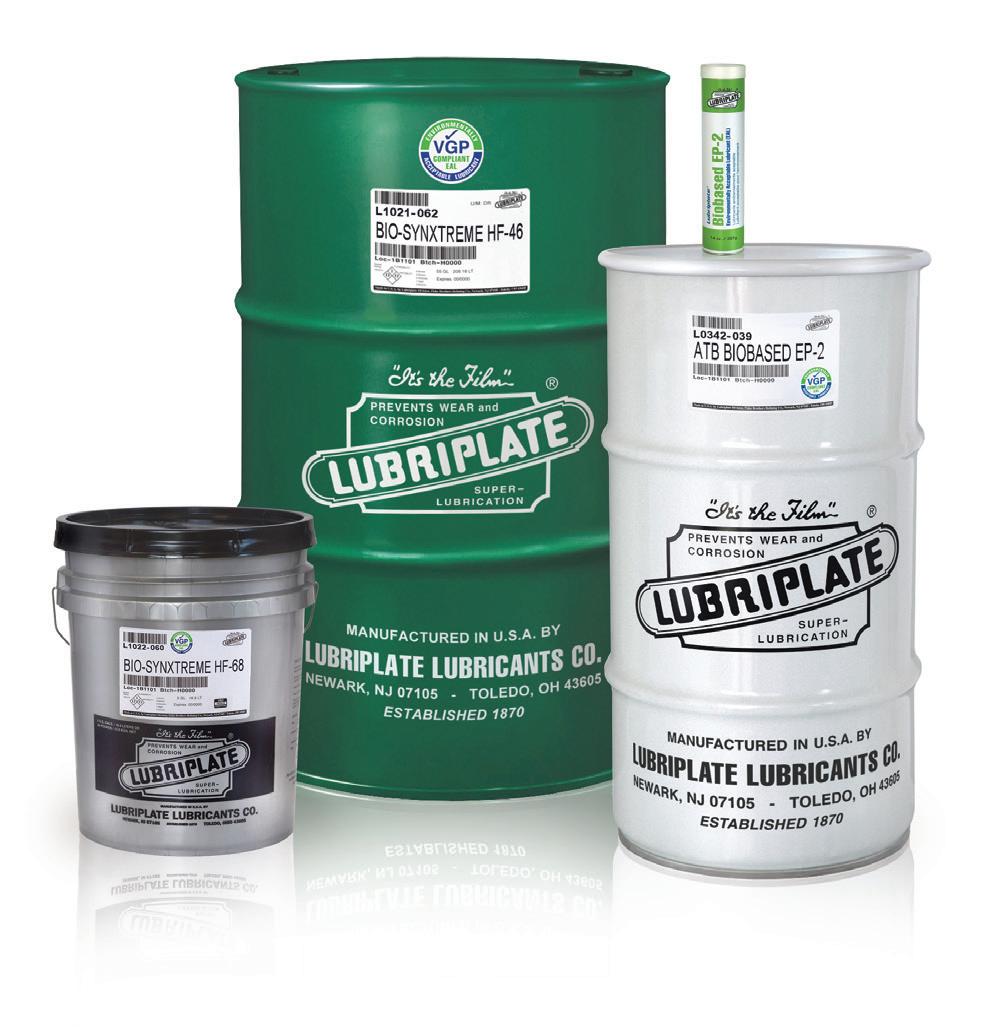
COMPLIANCE STATEMENT LUBRIPLATE ATB BIOBASED EP-2
and BIO-SYNXTREME HF SERIES HYDRAULIC FLUIDS are Environmentally Acceptable Lubricants (EAL)s according to the definitions and requirements of the US EPA 2013 Vessel General Permit, as described in VGP Section 2.2.9

Newark, NJ 07105 / Toledo, OH 43605 / 800-733-4755 To learn more visit us at: www.lubriplate.com
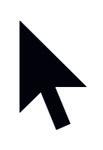


Fleets of vessels are required to develop offshore projects.
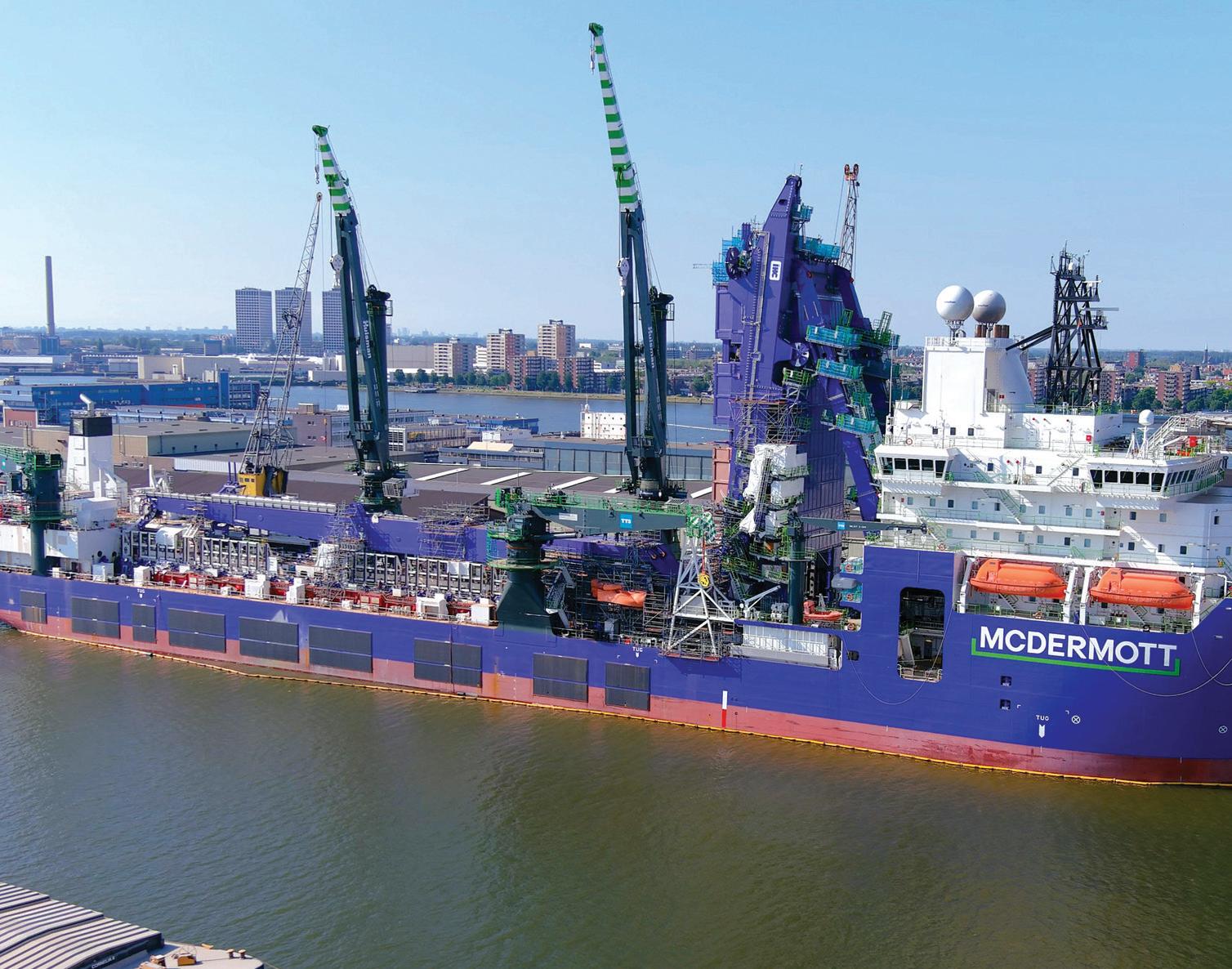
By Eric Haun, Executive Editor
It takes a lot of vessels to commission an offshore oil and gas production project. In the case of Shell’s Whale development, which recently came online in the U.S. Gulf, it required 87 vessels and four rigs, to be exact.
These numbers are according to Spinergie, a maritime tech company that provides a market intelligence platform tracking offshore vessel activity and performance. The company uses AIS data paired with machine learning and arti cial intelligence algorithms to analyze vessels’ behavior and determine their activities, such as surveying, pipe laying, or structure installation.
“We gather all this information into a platform providing market analysis, vessel performance for installation and
maintenance, and also which vessel is working for who, which kind of eet is the most utilized depending on its industry, and so on,” said Jean-Baptiste Rougeot, offshore energy analyst manager at Spinergie.
Unlike the offshore wind industry, which largely relies on the same numbers and types of vessels for project construction, with some variation for the type and size of the foundations and turbines, offshore oil and gas projects are affected by many variables that impact vessel requirements.
Before joining Spinergie, Rougeot spent 14 years installing pipeline for Subsea 7, which is to say he has an expert understanding of the speci city of offshore oil and gas development.
To get a feel for the scope of vessels required to commission a recent oil and gas project, WorkBoat asked Rougeot

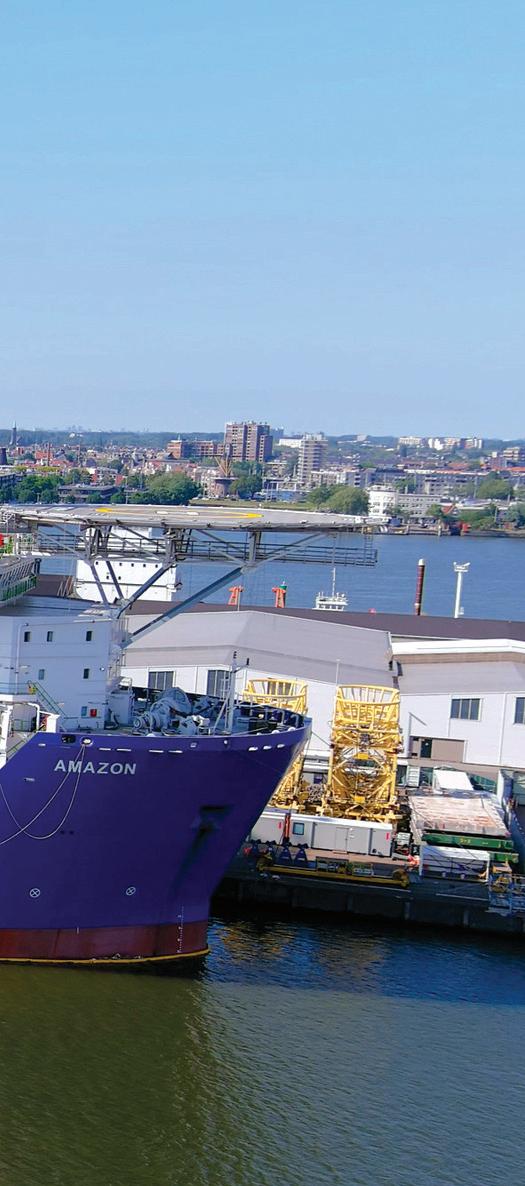
about the Shell-operated deepwater Whale development, which came on stream in Alaminos Canyon Block 773, about 200 miles southwest of Houston, in January.
Whale features a Seatrium-built, four-columned semisubmersible oating production unit (FPU) installed in more than 8,600' of water. Discovered in 2017, the eld has an estimated recoverable resource volume of 480 million barrels of oil equivalent (BOE). Fifteen wells will be connected to the host via subsea infrastructure, with peak production estimated at 100,000 BOE per day.
Spinergie’s data revealed that more than 90 different rigs and vessels — including a combination of U.S.- and foreign- agged ships — were involved in developing and commissioning the project, from the initial exploration and drilling phases using rigs and platform supply vessels (PSV), to the construction phase using pipelayers, heavy-lift vessels, and anchor handlers.
In the exploration phase, three rigs — including Noble Corp.’s 620'x105' drillship Noble Globetrotter I, which made the initial discovery — were used to drill a total of six exploration/ appraisal wells between 2017 and 2022, said Rougeot, adding that one rig, Transocean’s 781'x138' drillship
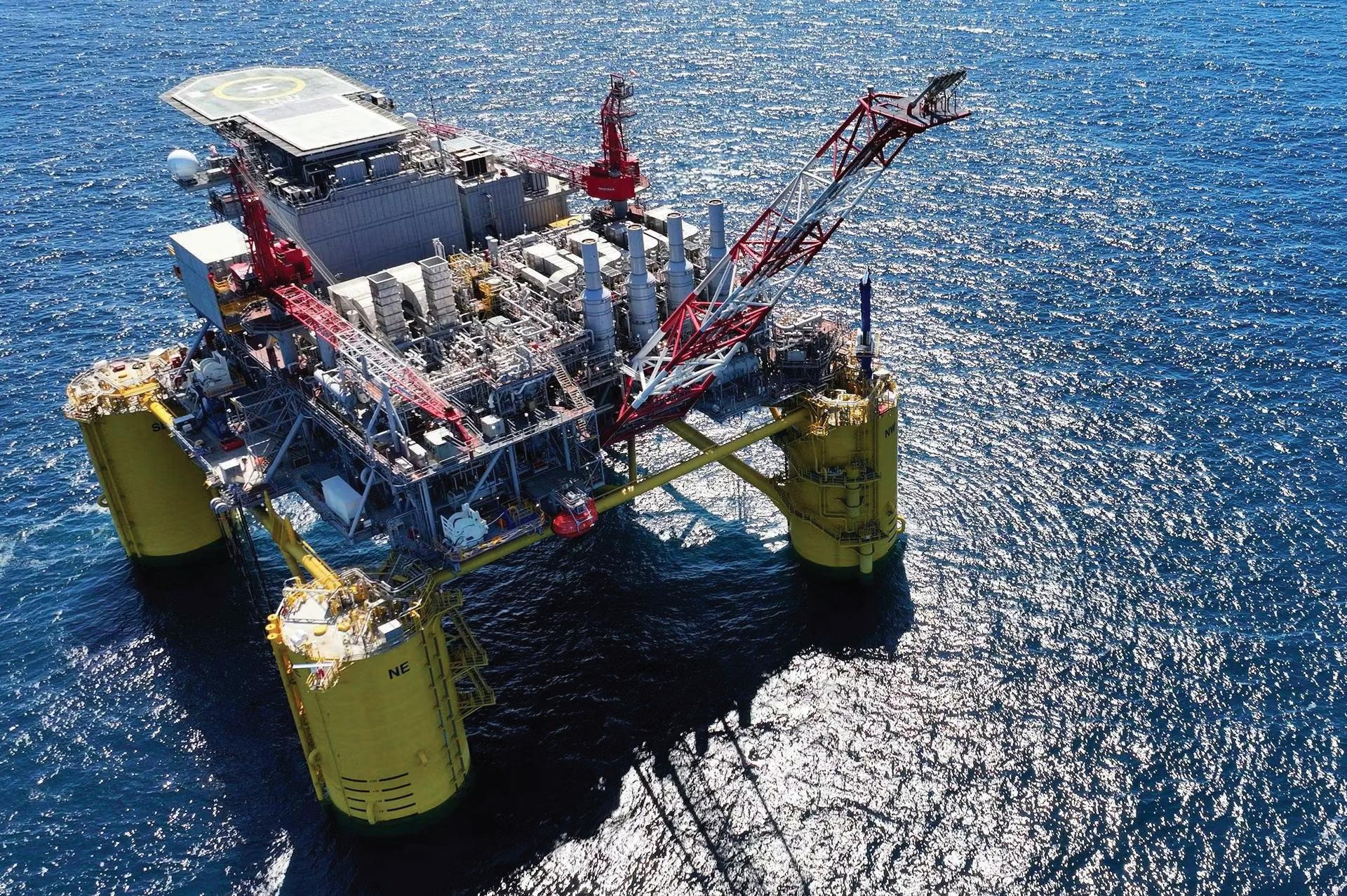
Deepwater Thalassa, was used for the well developments.
“Each rig was supported by anchorhandling tug-supply (AHTS) vessels, and especially PSVs, to bring food, water, and fuel to the massive rig, and also to feed the rig with the drilling pipe,” said Rougeot.
Following front-end engineering design work, Shell announced its nal investment decision for the development in July 2021, which kicked off the next phase of the project. In September 2021, McDermott was awarded the contract to provide engineering, procurement, construction, installation, and commissioning for 30 miles of pipeline and approximately nine miles of umbilical to connect ve drill centers to the FPU.
Construction was driven by McDermott’s 652.9'x105.8' pipelayer Amazon, which deployed rigid pipe, supported by “lots of other smaller construction vessels and PSVs on the eld to feed the pipe sections,” said Rougeot. “You’ve got also some light construction vessels that were used to install the jumpers and spools.”
McDermott’s 438.3'x88.6' ex-lay vessel North Ocean 102 was used to install umbilicals to control the subsea pump, Christmas tree, and manifold from the main facilities, said Rougeot, noting the work was performed over two campaigns. Another pipelayer, Allseas’ 983.9'x133.3' Solitaire, was used for the trunkline export to the tiein point.
After the subsea components were laid, the FPU was towed out by a pair of AHTS vessels and installed by Heerema’s 505.5'x282.2' semisubmersible crane vessel Balder. “It has 6,300 tons of total lift capacity, so quite a huge vessel that is familiar to work within the region,” said Rougeot.
“Generally, your pipelayer is dedicated to light structure and laying pipe, and then if you have a very large structure — a very large, xed platform — you will have a dedicated heavy lift vessel to install it,” said Rougeot. “There are only a few vessels in the world that can do both, meaning install-
ing large structure and also pipeline, so you will generally see two vessels deployed for this kind of work.”
Notably, large construction vessels like those deployed on Whale do not need to be Jones Act-quali ed because they do not pick up materials from shore, instead relying on a eet of support vessels to feeder materials at sea. In addition, several vessel classes, including some cable and pipelay vessels, are exempt from Jones Act requirements.
To complete the FPU install, a construction vessel equipped with a remotely operated underwater vehicle was used to recover the anchor lines that had been pre-laid.
All told, four drilling rigs, three survey vessels, two pipelayers, one ex-lay vessel, one heavy-lift ship, eight construction vessels, three wellintervention/stimulation vessels, three
AHTS vessels and ve anchor handling tugs, 44 PSVs, 12 fast support vessels, and ve multipurpose vessels were deployed in support of the project, according to Spinergie data. The project required more than 5,000 vessel days.
“We are tracking all those vessels, the spec, the time the vessels spent on the eld, so we can analyze per year, per month, per quarter, the total vessel days implied on the eld, classi ed either by a vessel owner, vessel manager, vessel type, or other metrics,” said Rougeot, who added that these metrics help market players to size projects and calculate performance.
Spinergie also has a module that calculates vessel emissions data based on speci cations, engine data, speed, et cetera, to help operators and contractors with reporting as well as to optimize vessel utilization and reduce environmental impact.
By Kirk Moore, Contributing Editor
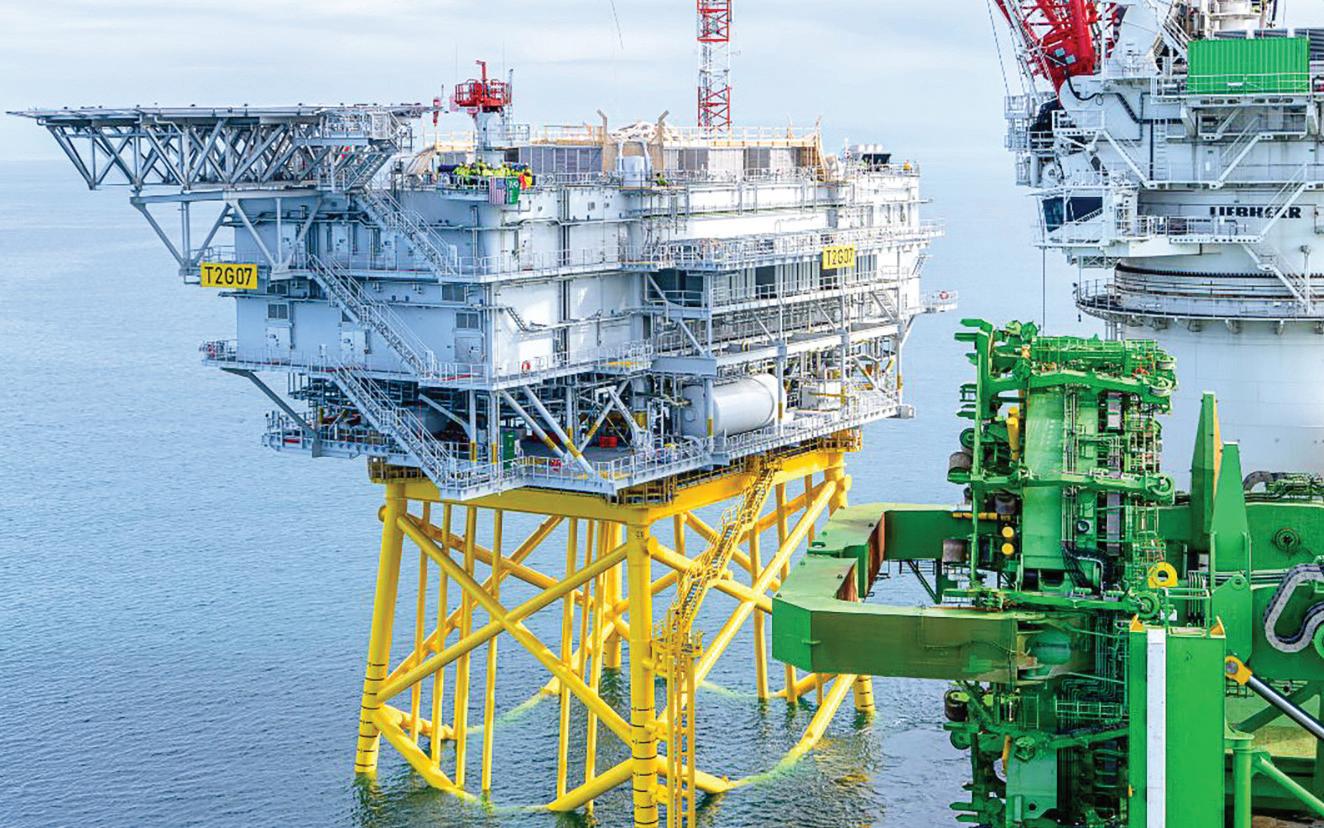

Construction continues at some East Coast offshore wind projects, even after President Donald Trump proclaimed an end to them on his Inauguration Day.
Seen as agship endeavors during
the Biden administration’s early acceleration of offshore wind permitting, ve major projects – Coastal Virginia Offshore Wind (CVOW), Vineyard Wind, Revolution Wind, Sunrise Wind, and Empire Wind – are so far surviving
the rst onslaught of Trump’s Jan. 20 executive order.
The order demands the Interior Department “conduct a comprehensive review of the ecological, economic, and environmental necessity of terminating or amending any existing wind energy leases, identifying any legal bases for such removal, and submit a report with recommendations to the President.”
With leases and permits still in hand, the developers carry on cautiously.
In March, the rst of three substations for Dominion Energy’s CVOW project was completed, a benchmark for the 2.6-GW Mid-Atlantic project with 176 turbines planned. Sea trials were underway for the 472'x184' Charybdis, the rst U.S.-built wind turbine installation vessel nearly complete at the Seatrium AmFELS shipyard in Brownsville, Texas, with delivery scheduled for later this year.
Charybdis is designed to handle current and next-generation wind turbines up to 12 MW or larger. It is equipped with a 426' crane capable of lifting up to 2,200 metric tons and can accommodate 119 people.
The CVOW project “is now approximately 50% complete and remains on track for on-time completion at the end of 2026,” Dominion reported Feb. 3.
Like the rest of the offshore wind industry, Dominion’s project has been hit with sharply escalating costs — up around 9%, from $9.8 billion to $10.7 billion since the original project budget was submitted to Virginia state ofcials in November 2021. That increase is tied to power network upgrades required by regional grid operator PJM (Pennsylvania, New Jersey and Maryland) “as part of the generator interconnect process and higher onshore electrical interconnection costs,” according to Dominion.
Off southern New England, the 804-MW Vineyard Wind project was cleared in the nal days of the Biden administration to resume work for the planned 62-turbine array, which was shut down after one defective turbine blade snapped in mid-July. The developers removed other blades that were
built at the same GE Vernova subsidiary’s facility in Quebec, replacing those with blades built by GE Vernova at its factory in Cherbourg, France.
Backed by Copenhagen Infrastructure Partners and Avangrid Renewables, Vineyard Wind was an early drama in the dueling energy visions of Trump and Biden. After Trump Interior of cials sought to cancel its approvals at the end of 2020, the project was swiftly re-approved by the Biden administration in January 2021.
But Vineyard Wind’s nine lives are no guarantee. Offshore wind power opponents are probing for permitting and legal weaknesses, and in March led petitions with the U.S. Supreme Court challenging the federal approvals.
The Responsible Offshore Development Alliance, representing commercial shermen, argues the Interior Department “reinterpreted statutory language of the Outer Continental Shelf Lands Act (OCSLA) to approve Vineyard Wind 1.”
The 1953 law provided for federal jurisdiction over the sea oor beyond three miles offshore and provides for leasing those “submerged lands” for industry use such as energy. RODA says the law “requires that the secretary of the interior ‘shall ensure’ that any approved activities – including offshore wind projects – are consistent with Congress’s requirement to ensure ‘prevention of interference with reasonable uses,’ such as the ‘use of the sea, or a seabed for a shery.’”
In reviving the Vineyard Wind permits in 2021, “the Interior Department effectively reinterpreted the statute to authorize Vineyard Wind 1, claiming the ‘shall ensure’ language merely requires these factors be ‘considered’ or ‘balanced’ against the need for offshore wind,” according to RODA.
Southern New England waters saw the arrival of Edison Chouest ’s 262'x65' Eco Edison, the rst U.S.- ag service-operations vessel, based in Providence, R.I., and serving Ørsted projects, the 924-MW Sunrise Wind and 704-MW Revolution Wind.
Faced with mounting costs, Ørsted
pulled out of its Ocean Wind project off New Jersey in fall 2023, a move that stunned industry supporters and spoke to the pressures on U.S. developers. In his rst earnings call Feb. 6 as Ørsted’s new CEO, Rasmus Errboe, said the company has pulled back by 25% on planned investments to 2030 and is a “more focused company” pursuing its committed projects.
“Despite recent and highly disappointing tendencies” in the U.S. market, “we remain fully committed to having a solid investment-grade rating,’ said Errboe.
Ørsted took $2.2 billion in impairments, mostly in its U.S. wind projects, but realized $1.05 billion in reversal of cancellation fees, including its exit from Ocean Wind.


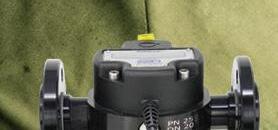
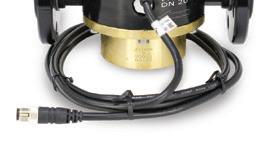

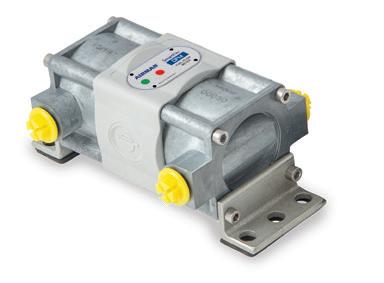


• Unmatched accuracy in monitoring and managing diesel fuel consumption
• Digital Sensors – no specialized wiring required
• Available in single and dual chamber models (flow rate requirements ranging from .2 to 1100 gallons/hour)
• Built-in battery keeps registering data to the internal memory
• Anti-tamper modes available with larger models
• Reduces installation time and footprint
• Cost savings on product, installation, and maintenance
• Extends the service life of the fuel system through preventative maintenance
Airmar DFMs connect to the award-winning Airmar SmartBoat Module (ASM) through a digital interface. The collected data is effortlessly accessible on the NMEA 2000® network, allowing integration with various devices, including NMEA 2000 multifunction displays (MFDs).

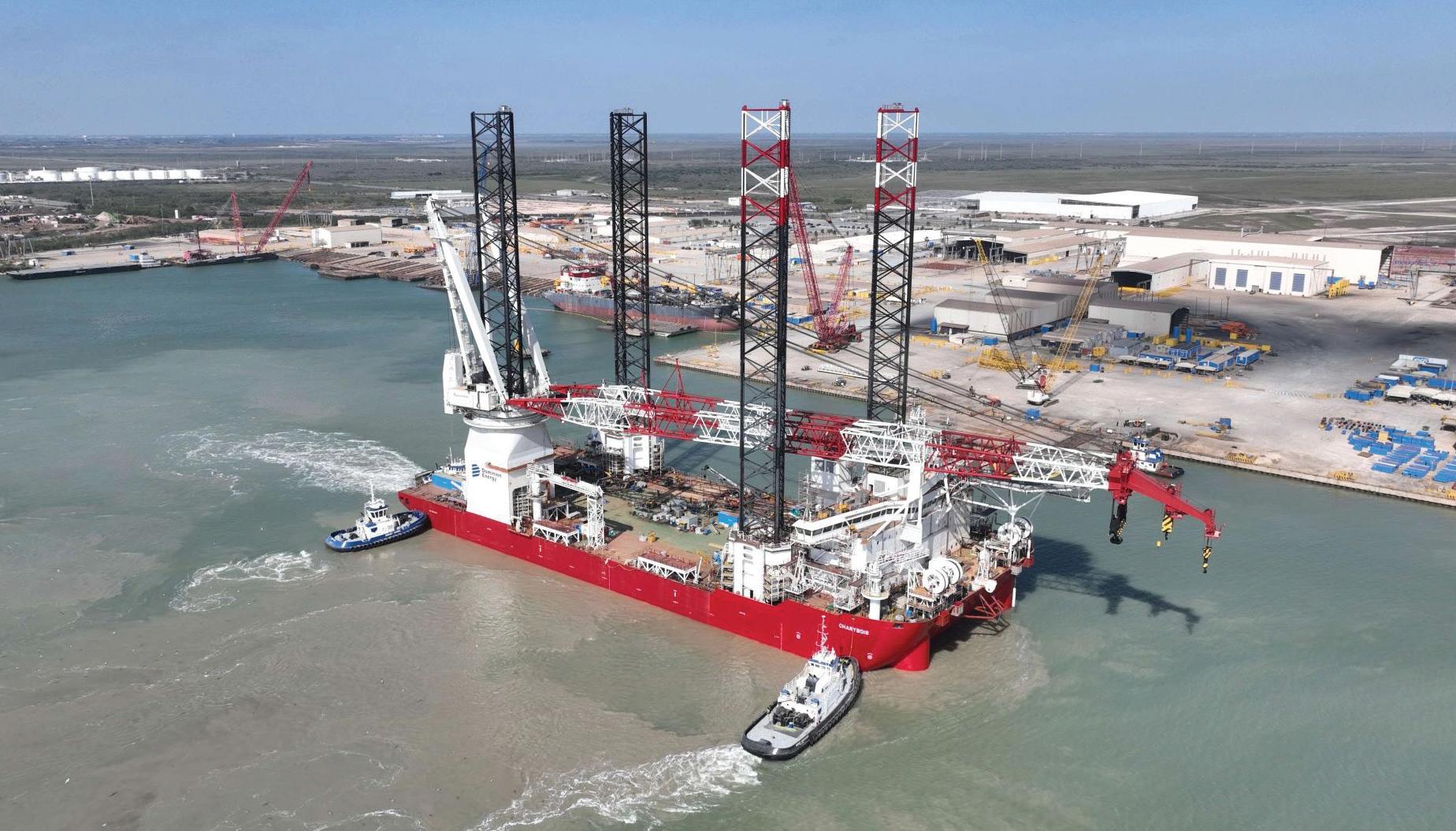
On the Revolution Wind lease, 18 turbines are installed and completion is expected in late 2026, said Errboe. Offshore construction for Sunrise Wind is scheduled for finishing in late 2027, with higher costs and construction delays now factored in, he said.
Meanwhile, Trump’s animus toward wind must be reckoned with. “We are reviewing the executive order on offshore wind,” said Errboe.
While the wind industry overall struggled with rising costs, construction of crew transfer vessels still reached a high-water mark of sorts in 2023-2024. Senesco Marine, North Kingstown, R.I., built six for its subsidiary WindServe Marine. The 88.6'x29.5' vessels
carry up to 24 technicians. Blount Boats, Warren, R.I., built a pair of 99'x36.7' crew transfer vessels (CTVs) for American Offshore Services, based in Providence, R.I.
Offshore operator WINDEA CTV LLC ordered three aluminum 98.4'x32.8' CTVs at St. Johns Ship Building, Palatka, Fla. The first two vessels were delivered in February and June 2024, with the third CTV, Windea Reliance, launched in March 2025.
The WINDEA CTV fleet is serving Vineyard Wind and is owned and operated by MidOcean Wind LLC and Hornblower Wind LLC (a member of Hornblower Group), with technical and operational
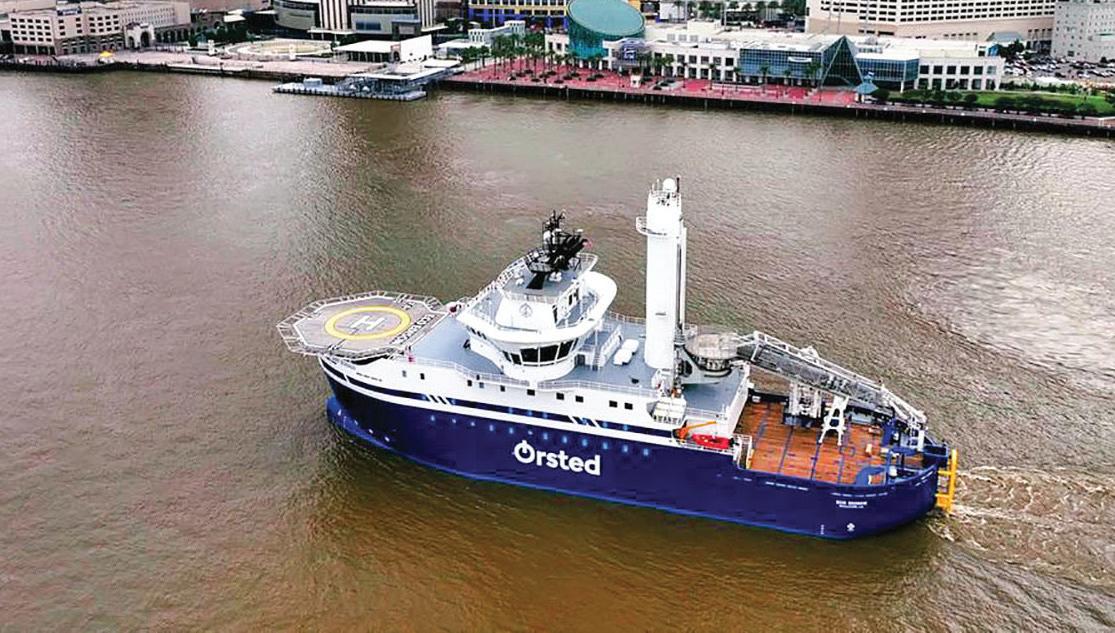
support from WINDEA Offshore shareholder Ems Maritime Offshore GmbH, which operates a fleet of CTVs in the European market.
Other wind developers with U.S. leases, but permits incomplete, appear to be prepared for hibernation during the hostile Trump administration.
Germany-based developer RWE said March 20 it expects profits to fall around 20% in 2025 and plans to reduce its investments in the sector by $10.9 billion through 2030, Reuters reported. The company said it is “impossible to predict” what U.S. energy policy changes under the Trump administration will mean for its projects.
Days after the November presidential election, RWE said it was pausing capital expenditures on its early-stage ventures in U.S. waters, including leases off California, the Louisiana Gulf Coast, and Community Offshore Wind, a future 3-GW joint venture with U.K.-based National Grid for a lease in the New York Bight.
On the New Jersey Shore, wind power opponents scored a coup against the already embattled Atlantic Shores project March 14, when an air quality permit for building up to 197 turbines off Long Beach Island and Brigantine, N.J., was remanded to the U.S. Environmental Protection Agency for reconsideration.
The permit was appealed by Save Long Beach Island, a local activist group, shortly after the EPA granted it in September. Other opposition groups like Nantucket Residents Against Turbines are taking that cue as a tactic.
Atlantic Shores was in trouble before, when partner Shell New Energies and New Jersey public power planners withdrew support. Opponents are keeping up pressure on the sympathetic Trump administration “to assure that those delays do in fact happen, and that they become permanent,” wrote Robert Stern, president of Save Long Beach Island.
“Our strategy involves continuing our litigation on multiple fronts to prevent any construction from starting on both projects,” according to Stern.

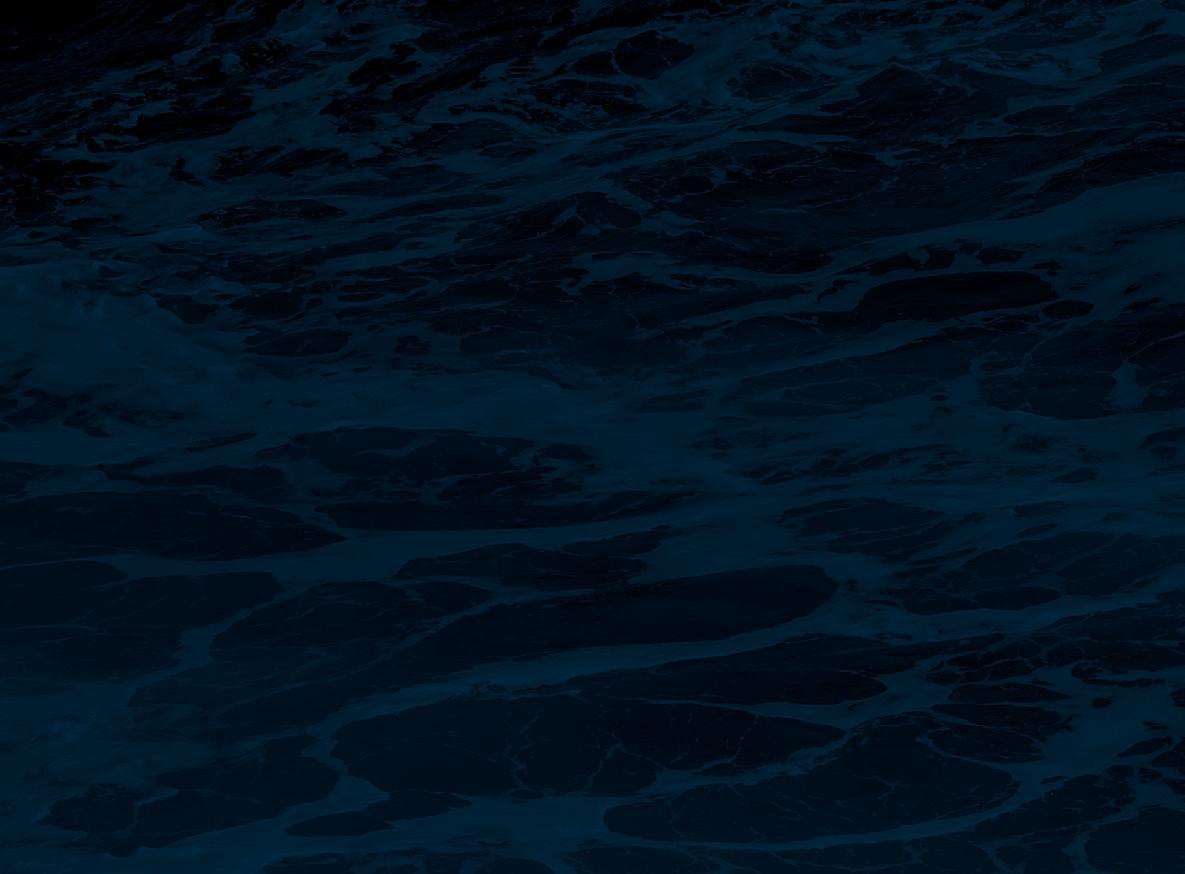

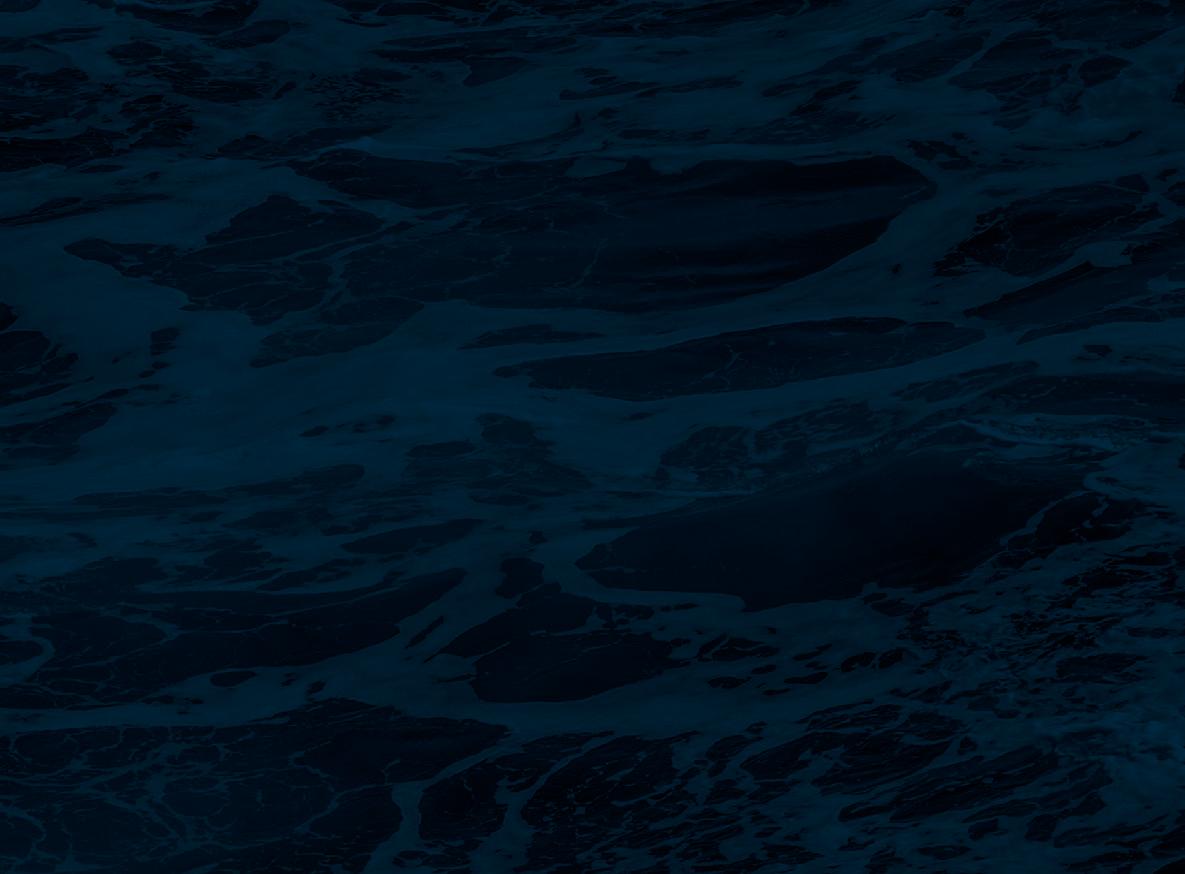




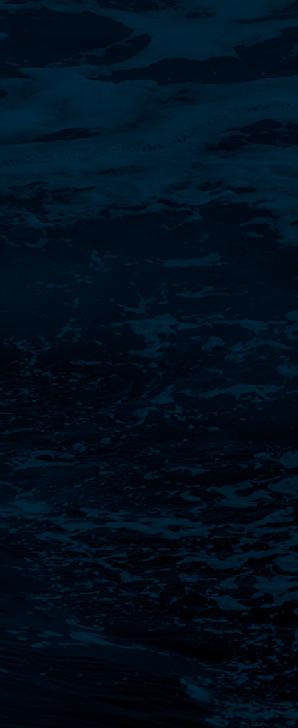

Gain

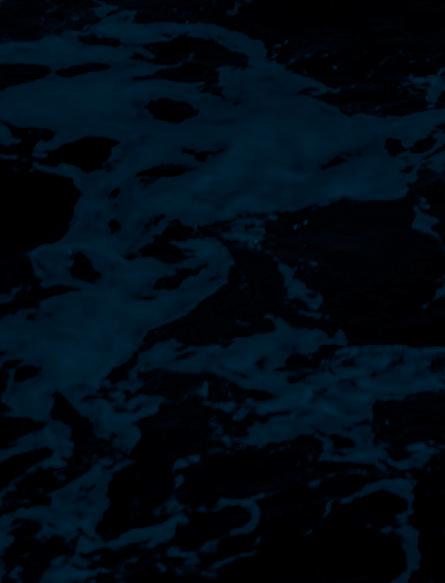






By Michael Crowley, Correspondent
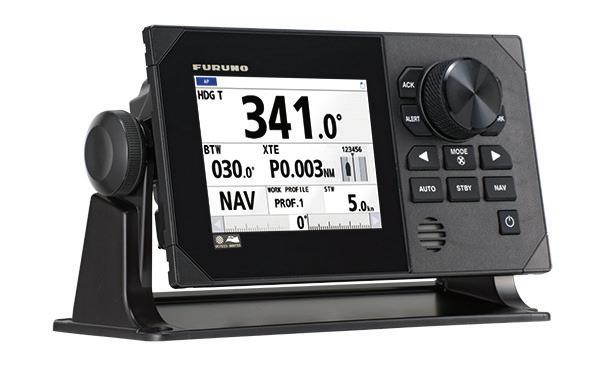
Recent offerings in the world of marine electronics are intended to unlock new benefits for commercial marine users. Whether it’s smoother, more efficient vessel operations, easier installs, or reduced maintenance, new products from companies like Furuno and Raymarine have a lot to offer.
“We think we are onto something and are seeing some very good results,” said Matt Wood, national sales manager at Furuno USA, Inc., Camas, Wash., when speaking about the NavPilot 1000, the company’s new autopilot.
The product has been installed on about two dozen vessels, “a number of different commercial applications — tugs to megayachts to a variety of workboats,” said Wood.
The NavPilot 1000 is the first commercial autopilot Furuno has introduced to the market since the 1990s.
Earlier Furuno autopilots “were a lot more rudimentary, a single display, not much interfacing with other gear,” said Wood. Whereas, in contrast, the NavPilot 1000 “interfaces with a lot of steering gear but also embraces NMEA 2000, giving flexibility we didn’t have before.” Add CAN bus to simplify wiring interfaces and a lot of weight is eliminated, “both from a conventional cabling standpoint,” said Wood but “especially navigation data cabling. For a single device it might mean removing 10 to 20 pounds of copper wire.”
The NavPilot 1000 can be worked into existing autopilot systems, according to Wood. He said Furuno “paid a lot of attention to the ability to retrofit into existing autopilot systems.” Pull out the processor and display on your older autopilot system “and our processor and display go in. If there’s a rudder feedback, we just plug that into our system, and away we go. We walk the line between someone wanting a new
autopilot system that really steers the boat well but not wanting to tear apart what they have on board.”
Once Furuno had a working prototype, sea trials for the Nav Pilot 1000 went on for over a year, working with a couple of West Coast towboat companies operating from California up along the Oregon and Washington coasts. The tows were “weeks underway, getting detailed feedback from captains on pusher tugs and conventional tow tugs.” Wood said the biggest challenge was “working on adaptive software, the learning features of the autopilot.” That’s basically the autopilot’s learning curve for understanding how a vessel acts on the water. It’s based on commands the autopilot gives the rudder as well as data the autopilot collects from the rudder feedback unit, GPS, and heading position information. It’s
usually all done in milliseconds. “Then over a period of time — days, weeks, months — the autopilot adapts to a vessel’s particular steering characteristics,” said Wood.
Wood said many operators, both commercial and leisure, leave the autopilot in adaptive mode, and course “changes early after the installation are a little more dramatic. The feedback from our captain group is that the autopilot would initially make larger corrections and then over a period of days, the changes become much smaller because the pilot has learned itself.”
Pathfinder’s navigation arsenal. “When we launched it, it was type approved for SOLAS Type-2 and Type-3 vessels up to 10,000 tons,” McGowan told WorkBoat, adding, “Since then, we
a really good picture and really good control of sea clutter,” said McGowan.
The Pathfinder’s recreational background makes “it very easy to install. Put it on a towboat and it’s very simplified over what they are typically dealing with,” said McGowan. “No wave guides to run, and cabling is smalldiameter. It doesn’t require specialized tools to install. Could do a retrofit in a couple of hours.”
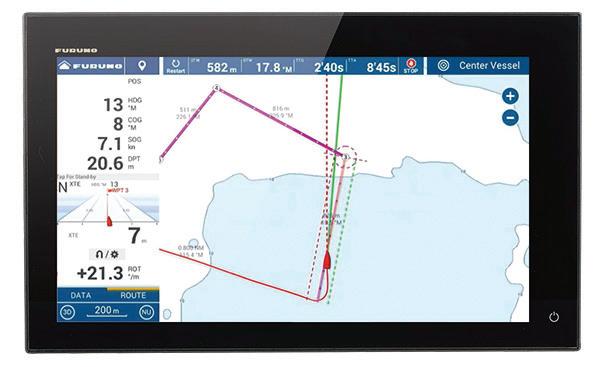
The NavPilot 1000 has a 5.7" color LCD and a large rotary knob, making it easy to use even in rough conditions. An Auto Turn feature automatically adjusts rudder gain, counter rudder, and rate of turn.
Speaking of the vessel operators using Furuno’s new NavPilot 1000 in open waters, Wood said “they might be operating in Force 1, Force 2, one day and Force 5, Force 6 the next day, with different tides, different winds. They let the autopilot continue to learn. It continues to smooth out and improve over the entire installation. It’s as close as we can get to set it and forget it.”
Raymarine, Fareham, U.K., is a player in the marine electronics market that has long been identified with recreational vessels, but that seems to be changing as the company makes inroads into the light-commercial vessel market. “We see a lot of opportunity there,” said Raymarine’s marketing manager, Jim McGowan, in a recent edition of Marine Electronics Journal (MEJ).
Raymarine introduced the Pathfinder, its first IMO radar at the 2023 International WorkBoat Show. “It’s our first electronics designed specifically for commercial applications,” McGowan told MEJ. Recently, electronic display and charting features were added to the
have received SOLAS Category-1 approval.” There are also Pathfinder versions for non-type approved SOLAS vessels.
What makes Pathfinder different from almost all other radars, said McGowan, is that it’s a solid-state radar. The big advantage for a fleet owner, “is you get no degradation of radar over time.” There’s nothing to wear out from an electronics standpoint. “You don’t need the yearly service that most magnetron radars in most commercial vessels require.”
The Pathfinder radar’s touch screen is derived from “some of our high-performance yachting [products],” said McGowan. The screen is very bright for daytime work and dimmable for nighttime operations. There’s video output, so if a vessel is required to carry a voyage data recorder, “the system is there to output video to it.” The standard Pathfinder can be purchased with a 16", 19", 22", or 24" display. There’s also the Pathfinder ECS with 16", 19", and 22" options.
The Pathfinder’s scanner weighs 52 lbs. “The next-lightest competitive radar scanner is 36 lbs. heavier,” McCowan said.

Another advantage of a solid-state digitally processed radar “is you get
Another addition to Raymarine’s commercial lineup is its electronic chart display and information system (ECDIS, which gained type approval in February. Raymarine, whose parent company is Teledyne Technology in Thousand Oaks, Calif., was aided in the ECDIS development by Teledyne Technology’s sister company Chartworld in Hamburg, Germany. Chartworld has “been with ECDIS for over 25 years,” said McGowan, and “provided extensive tech assistance to get certified — gives us a very solid foundation.” That includes access to eSyn, so when electronic charts are updated — generally on a weekly basis — the ECDIS automatically receive updates over the air.


The JD14 and JD18 engines, set to begin production in 2026, are designed for vessels like this passenger ferry, which is currently powered by another John Deere marine engine.

Eric Colby, Correspondent
With its new JD14 and JD18 commercial marine diesels, John Deere has rolled out a pair of engines designed to be more durable, easier to service, and better connected to shoreside support teams. Production is slated to begin in 2026.
As it does with all its marine engines, John Deere marinized engines that were originally developed for agriculture applications to create the JD18 and JD14. For the rst time, the company developed the engines side by side, creating commonality for some components and systems.
“We evaluated the pluses and minuses of developing these engines at the same time versus doing them separately,” said Vincent Rodomista, marine business and product manager at John Deere. “There’s a big demand for both of these engines, and both were pretty high priority for us.”
The numbers in the engine names indicate the displacement in liters. The JD14 differentiates itself from the 13.5L Powertech engine with a high-pressure common-rail fuel system. The older 13.5L engine has unit injection. “We have a lot more exibility in how we design the calibration on the software for the engine because we have pretty much in nite exibility in fuel timing with a common-rail fuel system,” said Rodomista.
Common-rail injection lets John Deere optimize fuel efciency and reduce emissions while increasing the power on the JD14 to 803 hp compared with the 13.5L engine’s 750. With the power increase also comes an increased duty-cycle rating. The JD14 is rated at M4, while the 13.5L is M5.
Regarding the additional weight, Rodomista said, “We thought it was a fantastic tradeoff to get the additional power and a heavier duty cycle in a commercial engine.”
The JD18 has the highest duty rating at M1, which is basi-
cally an unrestricted load factor. “The lower the number, the more heavy-duty it’s suited for,” he added. “It can use that full power, the rated power, 24 hours a day, seven days a week.”
The M1 rating is for continuous, high-load marine propulsion, while M2 and M3 are for progressively less demanding applications with lower load factors and shorter periods of full power operation. These ratings help match engine capabilities to vessel usage, ensuring optimal performance and longevity, according to the manufacturer.
M4 and M5 ratings are for progressively lighter-duty marine applications with lower load factors and shorter durations of full power use. M4 is for general use, while M5 is for recreational and light commercial applications.
Intended exclusively to be used in inboard applications, the JD14 and JD18 have been engineered for target customers in the tugboat, passenger ferry, pilot boat, and fishing vessel sectors. Both engines have 50- and 60-cycle constant speed generator set ratings, too.
For larger-vessel applications, the new engines have a variable-speed auxiliary rating for driving cargo pumps on barges. These ratings also mean the engines are suitable for use as variablespeed gensets aboard vessels with diesel-electric hybrid systems that have energy storage with batteries.
To reduce maintenance costs and downtime, the oil change interval on the new engines is 500 hours, compared with 275 hours for the 13.5L.
The JD18 and JD14 also share the same seawater pump design. John Deere upgraded the impeller material from rubber to bronze for the JD18 and JD14. Instead of having to be serviced every 500 hours for a rubber unit, the time is extended to 10,000 hours.
The JD14 and JD18 each have a single turbocharger. For a cooling system, the JD14 has a single-circuit cooling system with seawater circulating through a heat exchanger while the coolant goes through an aftercooler prior to entering the engine block. On

the JD18, the cooling system is a new configuration called XFM. This has independent cooling systems for the aftercooler and the water jacketing network, each with its own pump. “The heavy-duty commercial marine market’s clear preference is to not have seawater as the cooling medium in the aftercooler in order to reduce maintenance cost and downtime associated with changing zinc anodes, aftercooler fouling from growth or seaweed, and of course aftercooler failures due to corrosion,” said Rodomista.
The JD14 and JD18 are undergoing field testing in Europe and the U.S., said Rodomista, noting the engines will be put through their paces in tugboats, fishing vessels, ferries, and pilot boats as part of the trials. He said he knows who is getting the first production engines but could not disclose the company.
The same goes for pricing. The order board for the new engines is scheduled to open in November 2025, and that’s when pricing will be made public.
With more attention being paid to sustainability initiatives, John Deere designed the JD14 and JD18 to run on renewable diesel and hydrotreated vegetable oil fuels. Rodomista said the company is researching alternative fuels, but he did not have details.
The JD14 will compete with Volvo Penta’s D13, Scania’s 13-liter offering and MAN’s 12.6-liter engine.
Competitors for the JD18 will be the Caterpillar C18, the Cummins QSK19, and the 16-liter offerings from Scania and Volvo Penta.
With its new JD14 and JD18 diesels, John Deere has implemented its Connected Support technology that makes the engines more accessible for virtual diagnostics and has extended maintenance intervals, reducing downtime.
“We ship the engines with a modem and antenna that can connect wirelessly with a network on the vessel or with cellular towers when it’s in range,” said Rodomista
Dealers can now conduct remote diagnostics, determine what’s going on with the engine, and decide if a mechanic needs to visit the vessel to perform a repair. It also lets the repair facility be more efficient because it can prepare ahead of time, ordering parts for the job and getting the tools ready.
In addition, having each engine as its own network allows John Deere to constantly acquire data on it when a customer opts in. The company can compare that information with data on
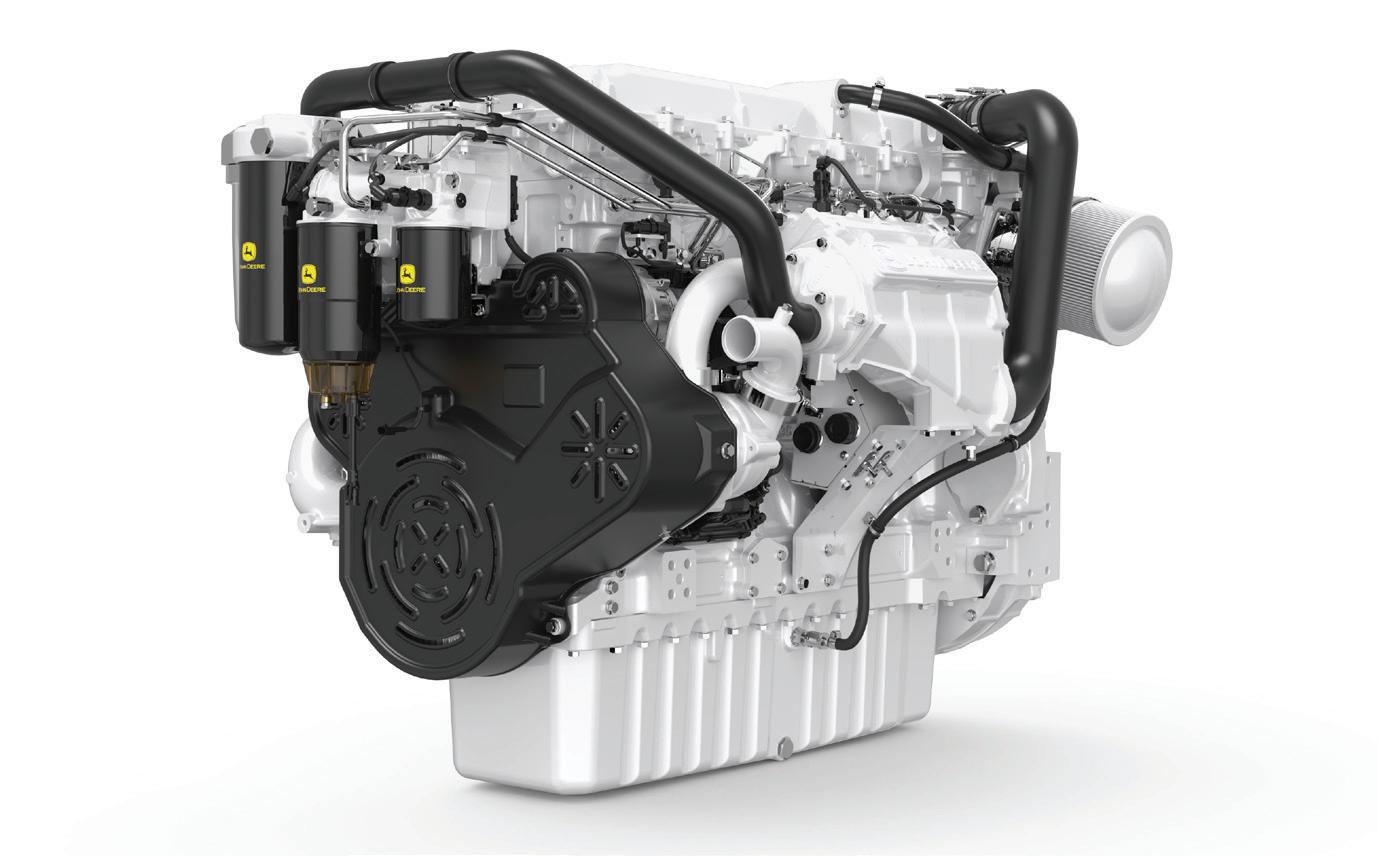
its servers for a given model or engine family. Rodomista calls it “predictive maintenance,” and explained, “We track and monitor any parameters that are becoming an outlier of normal operation. We can automatically provide the customer through our distributors and dealers with what we call predictive alerts, saying ‘Hey, something’s not right here. You better go check this.’”
John Deere provides the modem and antenna for no additional cost. “That’s a significant leap for us on the marine side that we can provide our customers. We pay for the cellular service,” he explained. “They don’t have to spend a dime as an ongoing concern for all these benefits and value.” A vessel or fleet owner can use the technology for remote monitoring and to share how an
engine is performing in real time.
John Deere plans to apply Connected Support to its full marine engine lineup later this year.
If the vessel doesn’t have a satellite system and is out of cellular range, the system continues to collect the data. The next time it has a connection, it will do a data dump to John Deere servers.
Think about a crab-fishing boat in Alaska or swordfishing vessel out of Gloucester, Mass., heading out for days or weeks at a time. John Deere Connected Support can monitor the engine remotely and give guidance to the captain while the vessel continues to work.
“The ability for an operator to have remote support from a John Deere service provider through remote diagnostics is very important for our marine customers,” said Rodomista. “Currently, a customer would have to call a dealer and tell them about the systems and alarm codes and the technician does their best to troubleshoot. With remote diagnostics, the technician can actually run diagnostic tests on the engine remotely which is a huge leap in support capability.”

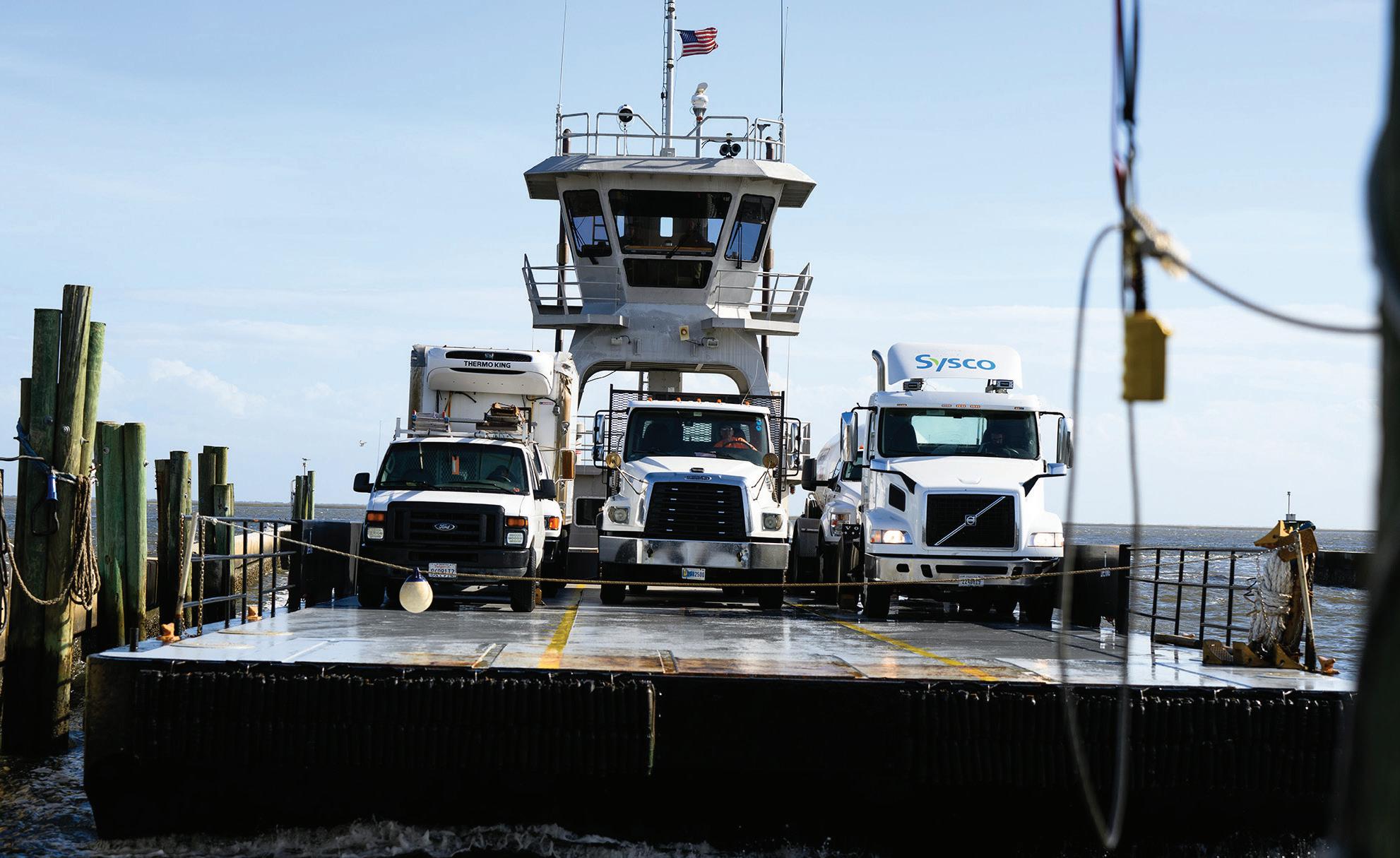

The cutting-edge of commercial marine meets a 45-year maritime industry tradition at The International WorkBoat Show. As the maritime industry embraces innovation, The WorkBoat Show remains at the forefront, driving progress and propelling the industry forward.
Join us in December alongside Underwater Intervention to experience the dynamic synergy between the commercial marine and subsea industries.

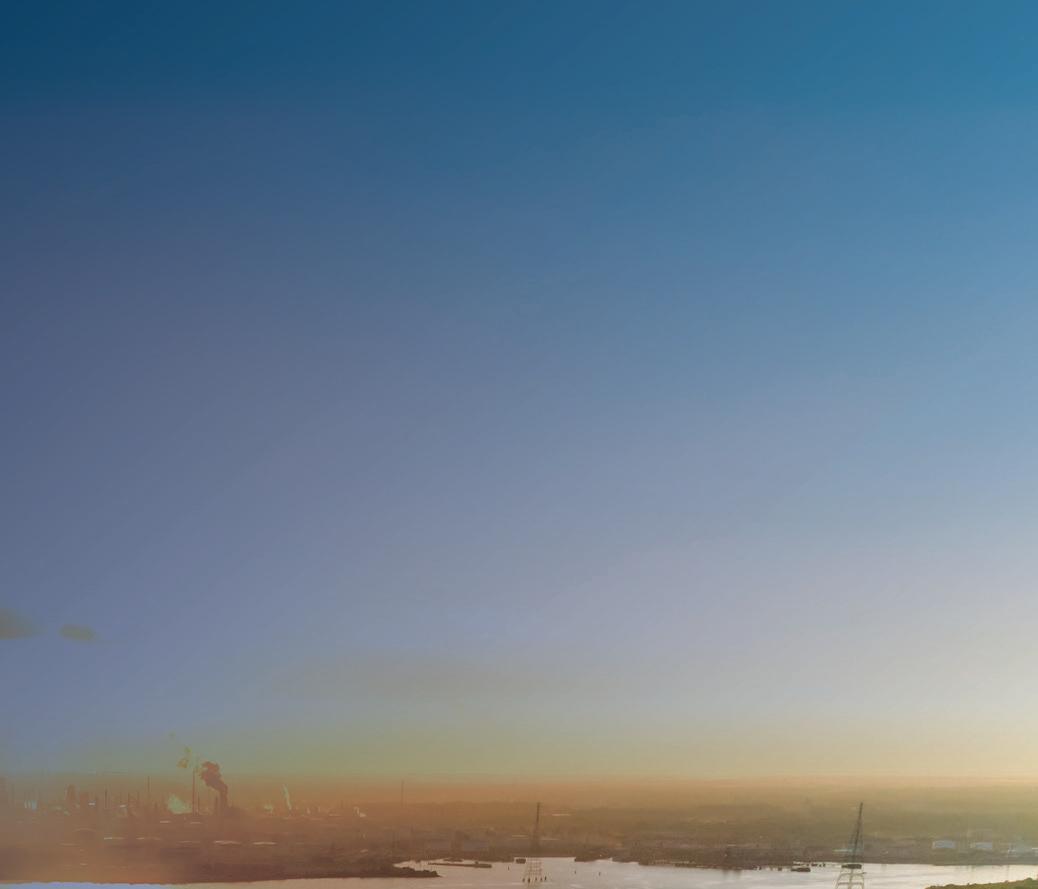

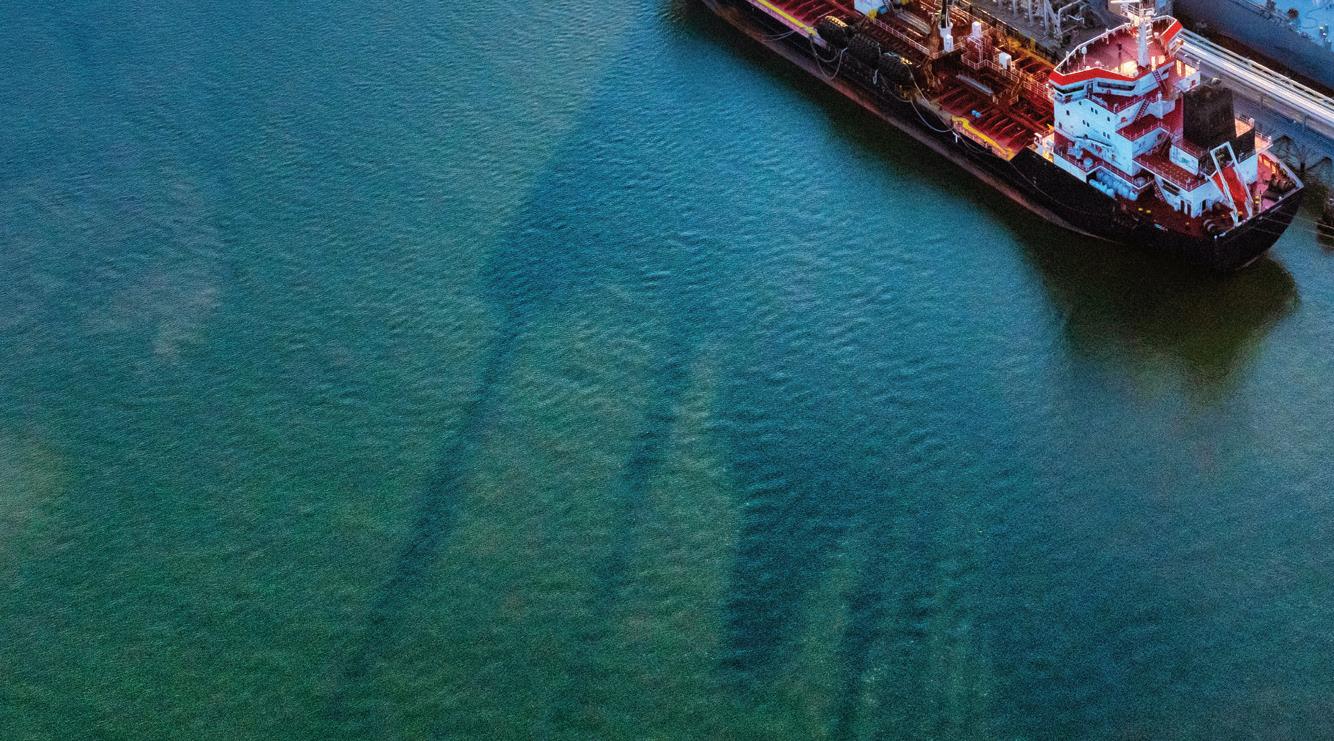

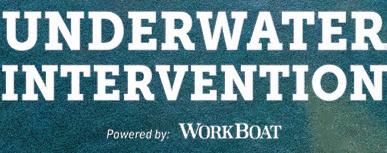
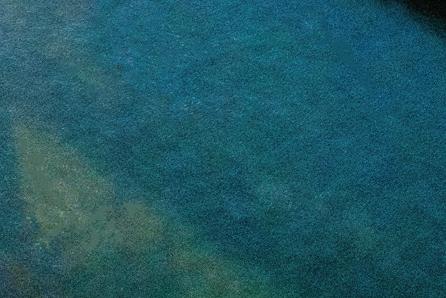
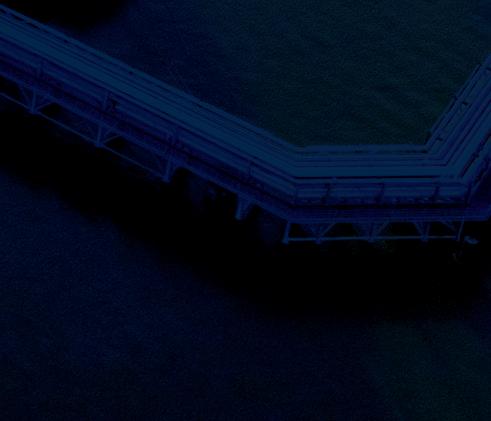



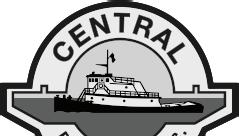

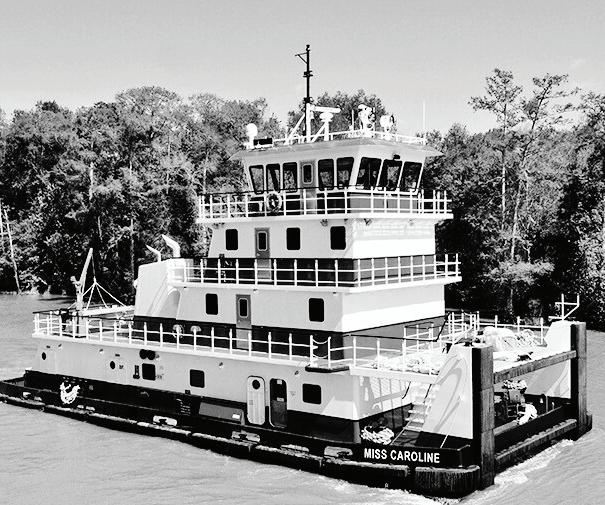

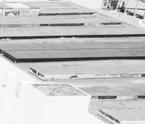

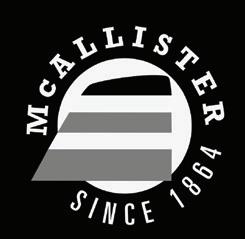



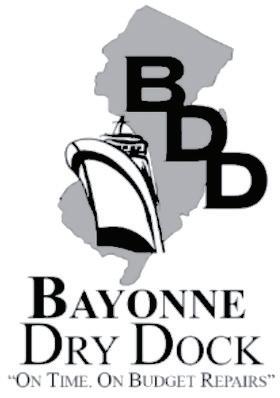














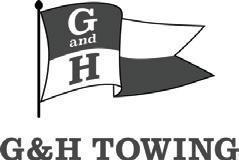
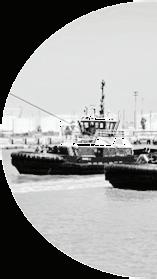









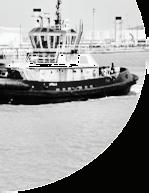



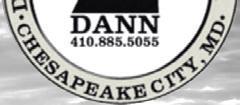


Galley








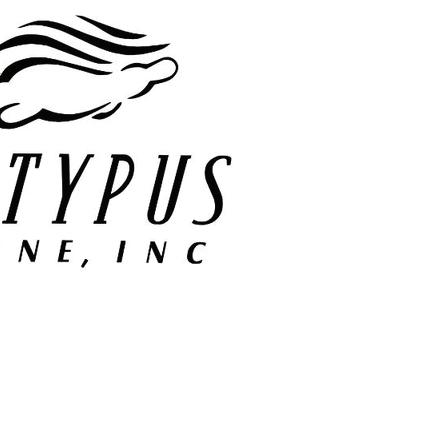





Factory

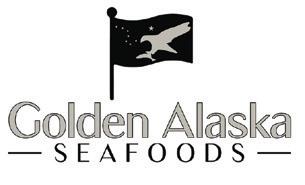
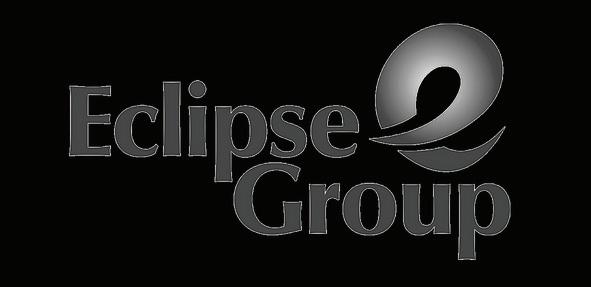




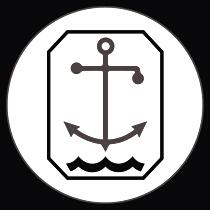



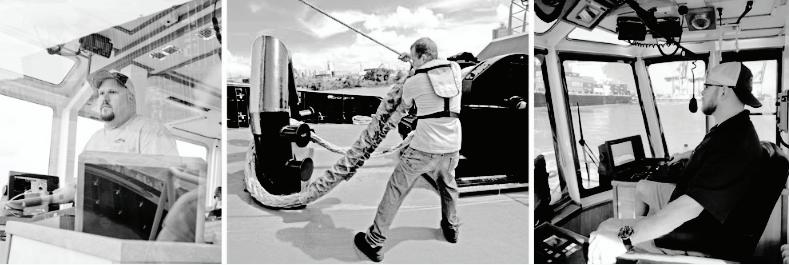













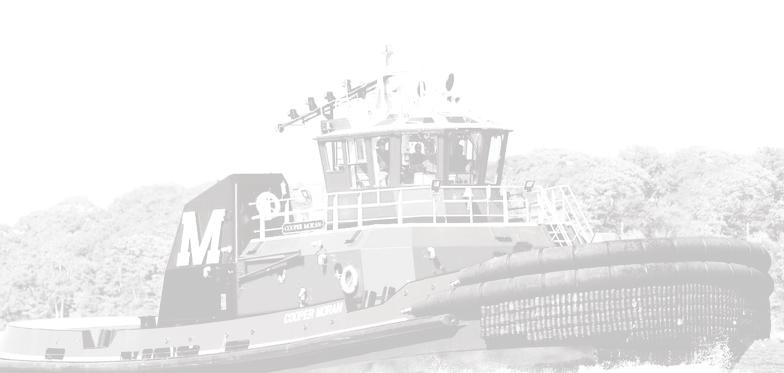
























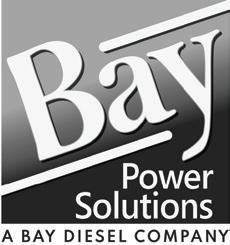



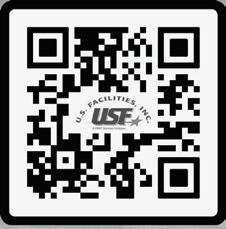










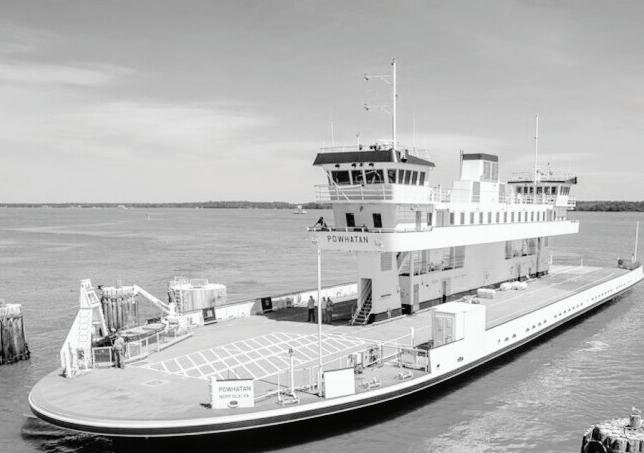




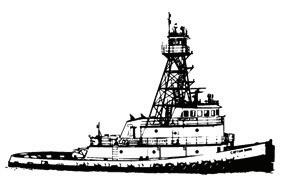








• ASSISTANT ENGINEER STCW lll / 1 OlCEW
• DECK FOREMAN 3+ Yrs experience in deck supervisory role
• BOSUN STCW II/4, II/5, VI/2, VI/6 AB Unlimited
• ABLE SEAFARER DECK STCW II/5, STCW II/4 AB Unlimited
• ABLE SEAFARER ENGINE STCW ll/5 , STCW II/4 Oiler/Motorman
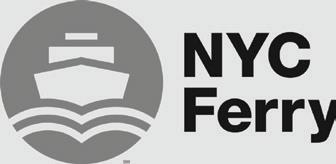

• CRANE OPERATOR API Operator LicenseKnuckle Boom
• Wiper - OS License
• OS/RIGGER Qualified Rigger API RP2D or Equivalent
• COOK Food Safety Certificate
• GALLEY HAND Food Safety Certificate
• ELECTRICIAN Minimum 5 Yrs Mechanical/ Electrical Experience on all Vessel Types (DP2 & Conventional)


• CONSTRUCTION SUPERINTENDENT –5 + Yrs Industry Experience – Current Offshore Certifications
• ROV SUPERVISOR 5+Yrs Industry Experience with 360+ Days In Senior Pilot Tech Role and Current Certifications


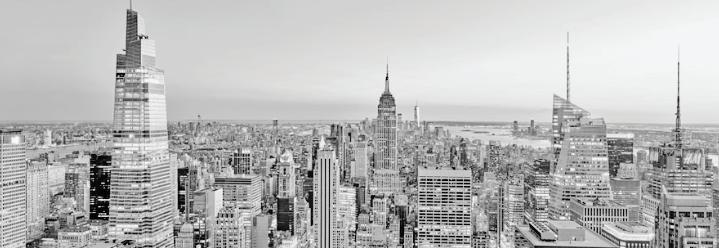











• ROV PILOT TECH 150-hurs Piloting Experience/180+ Days Offshore as Pilot with Current Certifications

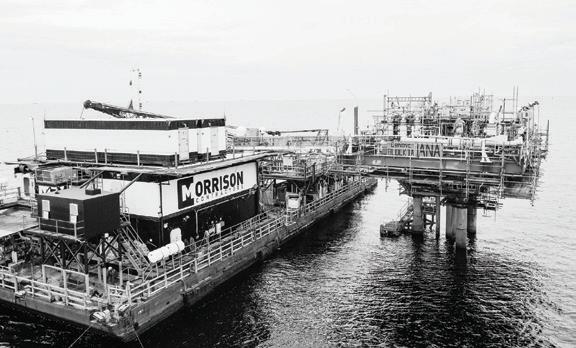





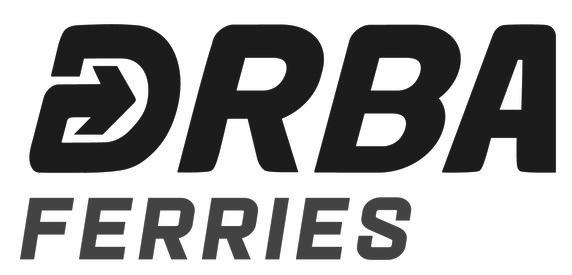
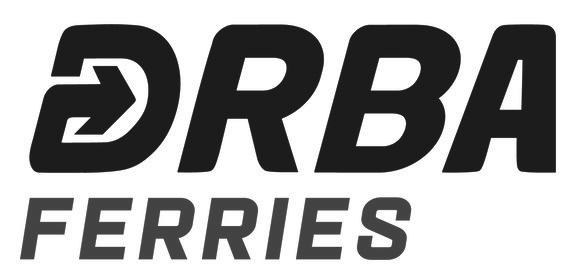
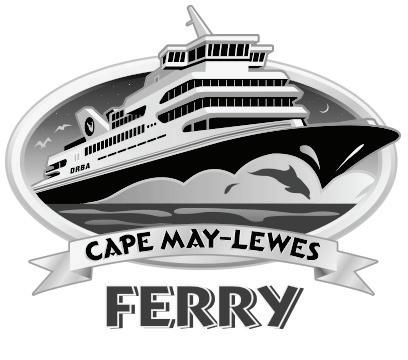
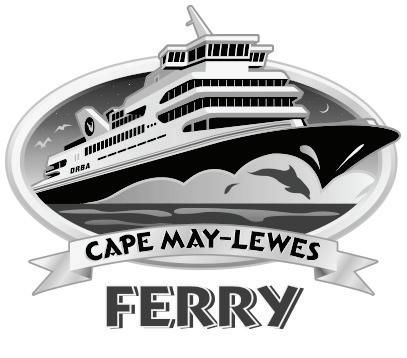
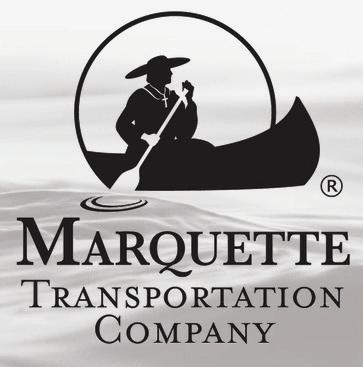

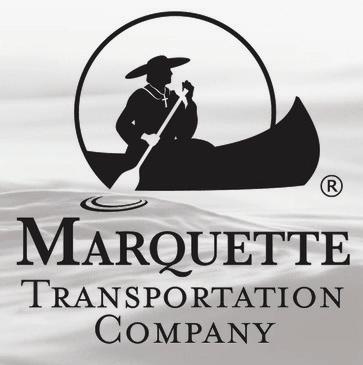



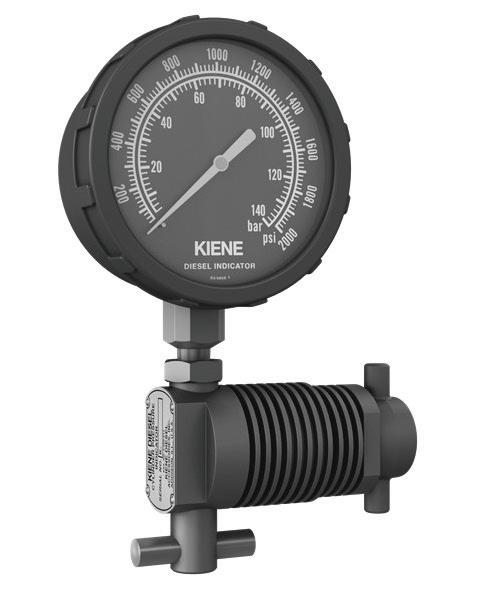
•
•
•
•
•
•
•
•
•



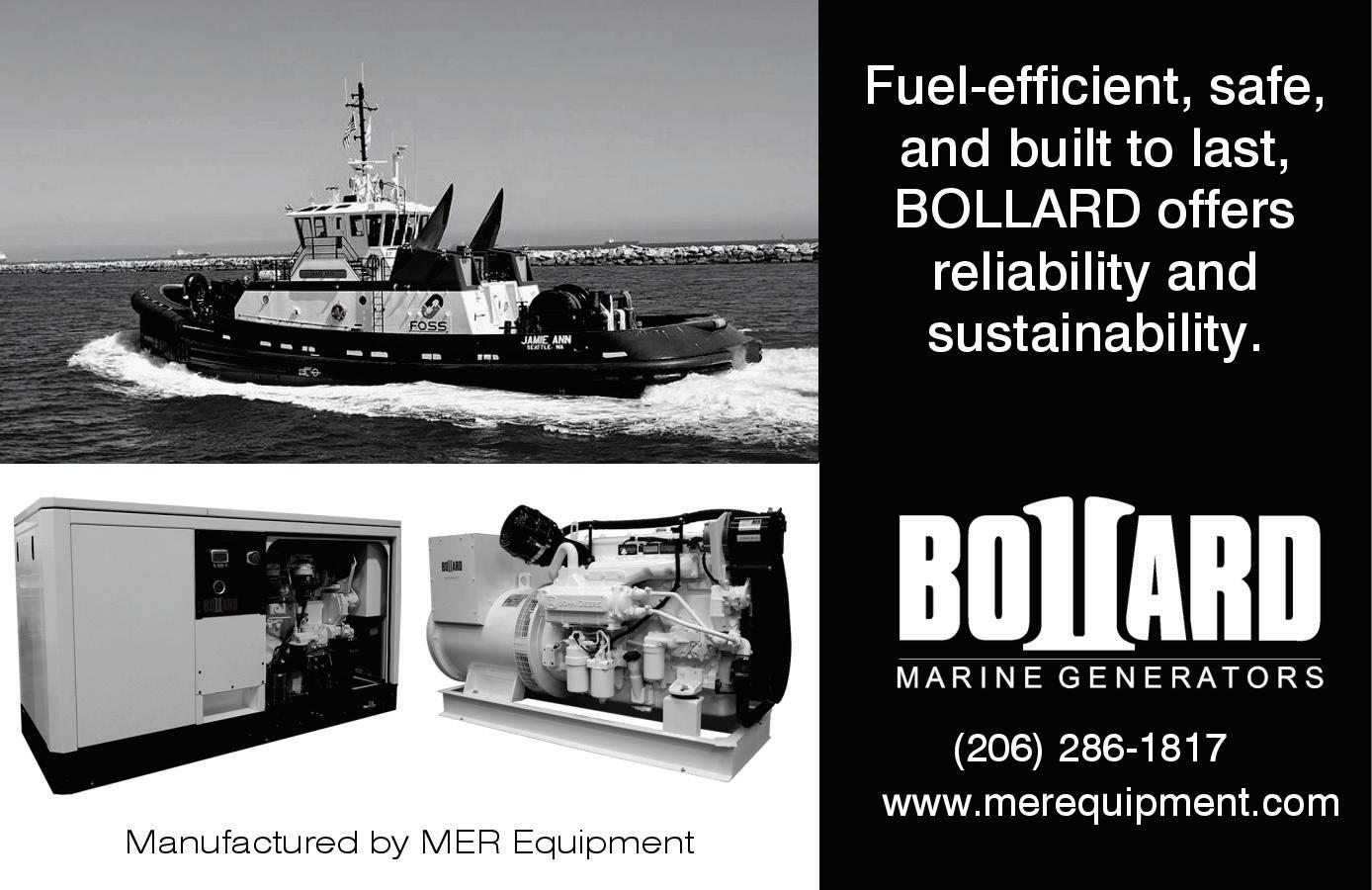





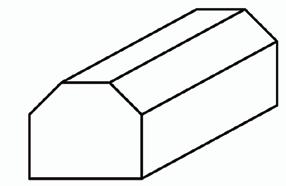
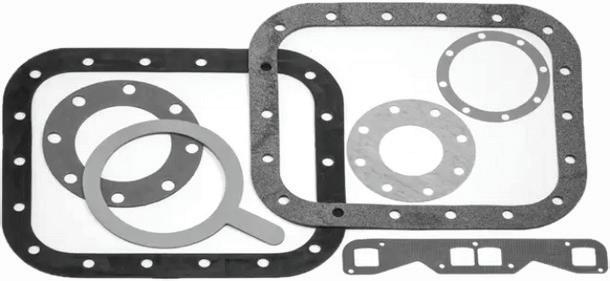
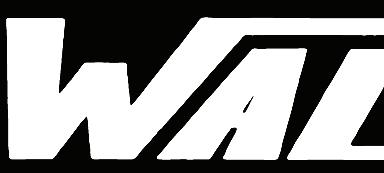
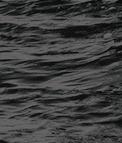


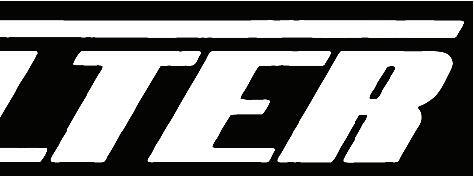
























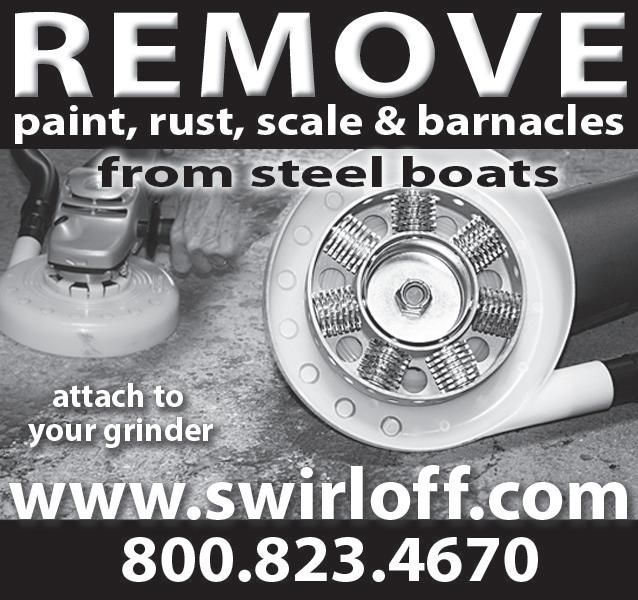



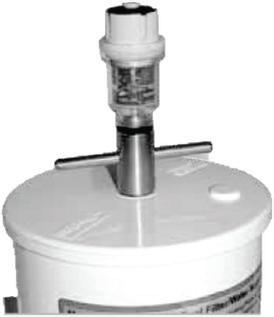
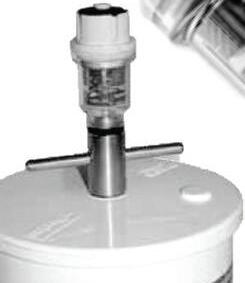





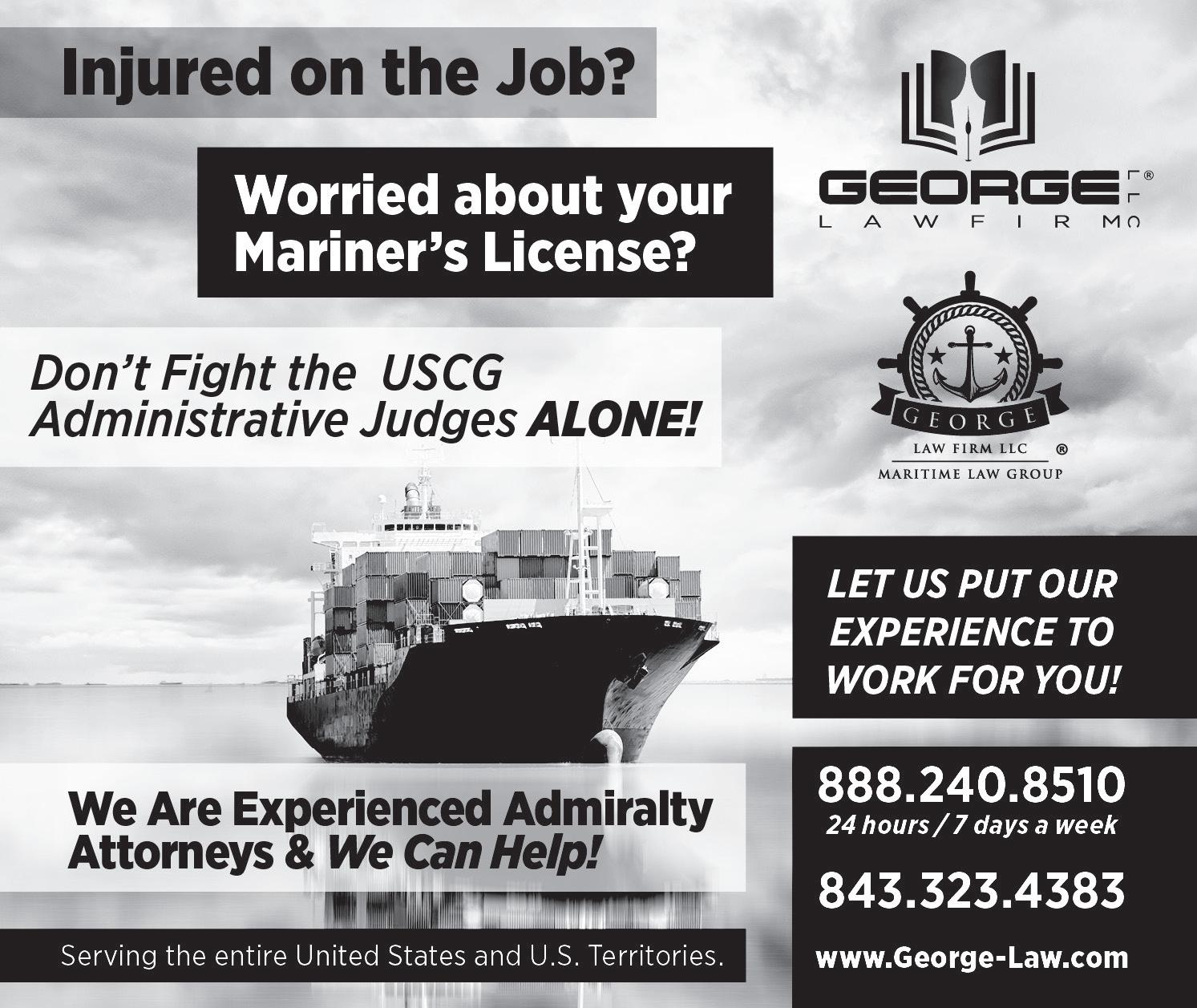


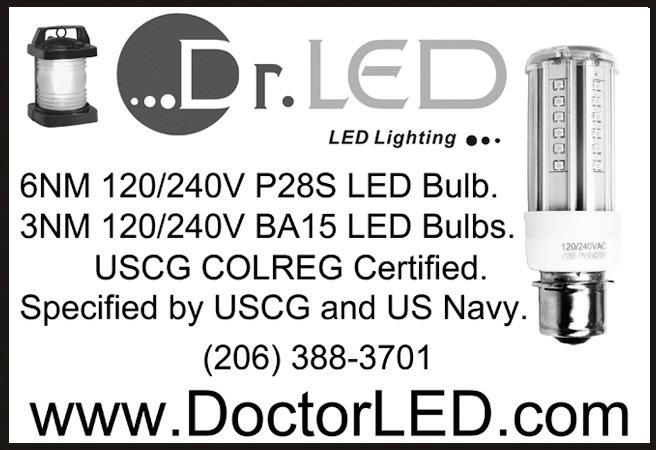
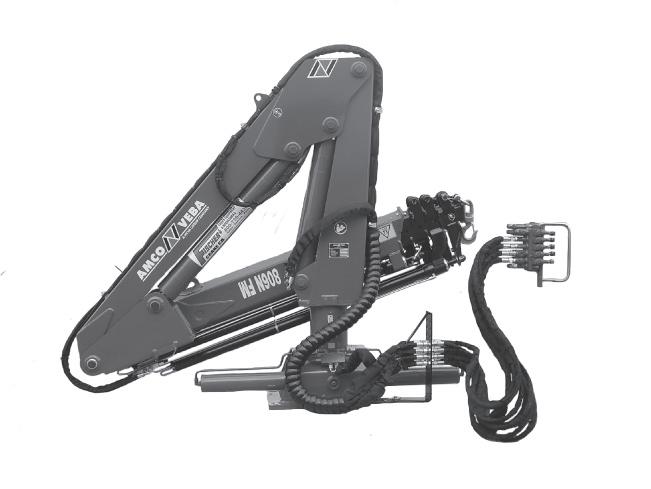


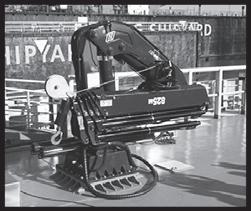
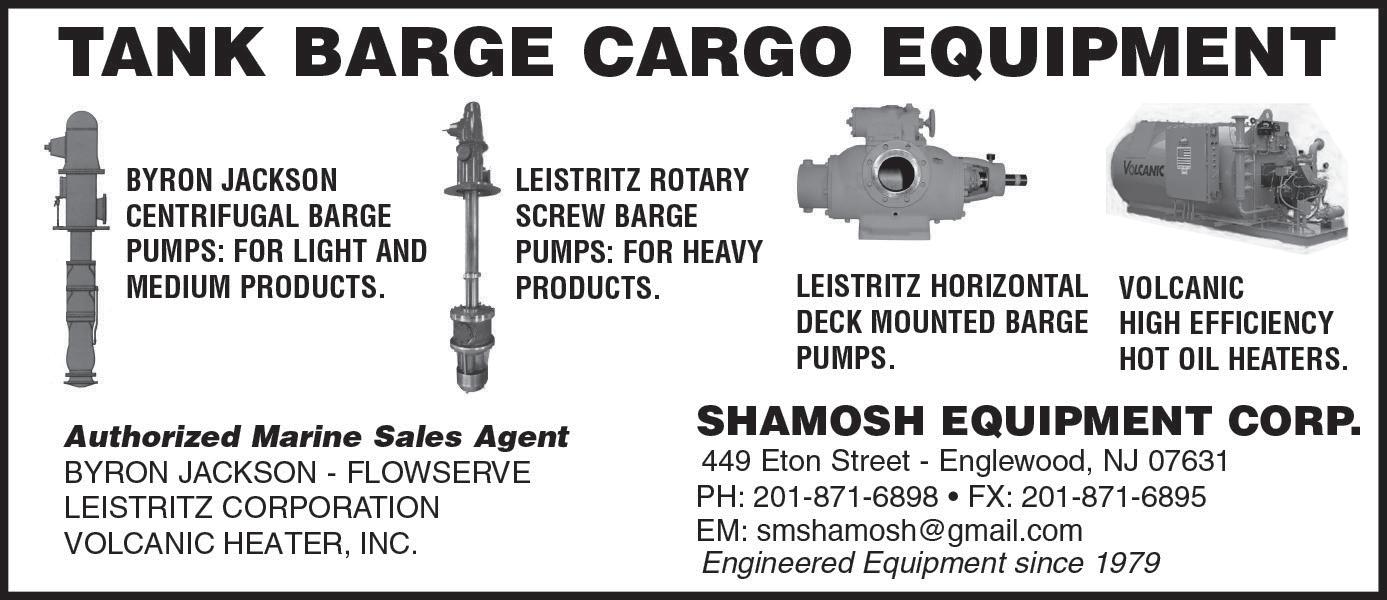

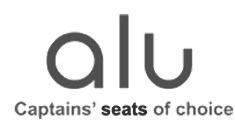





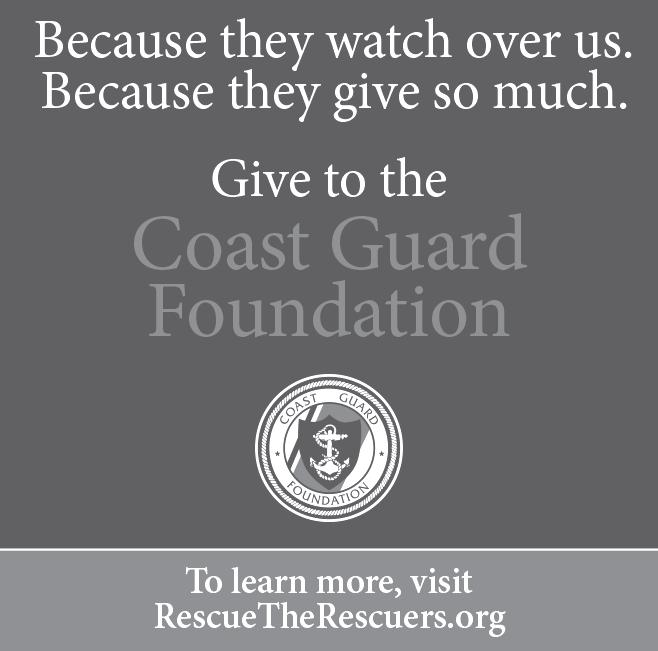
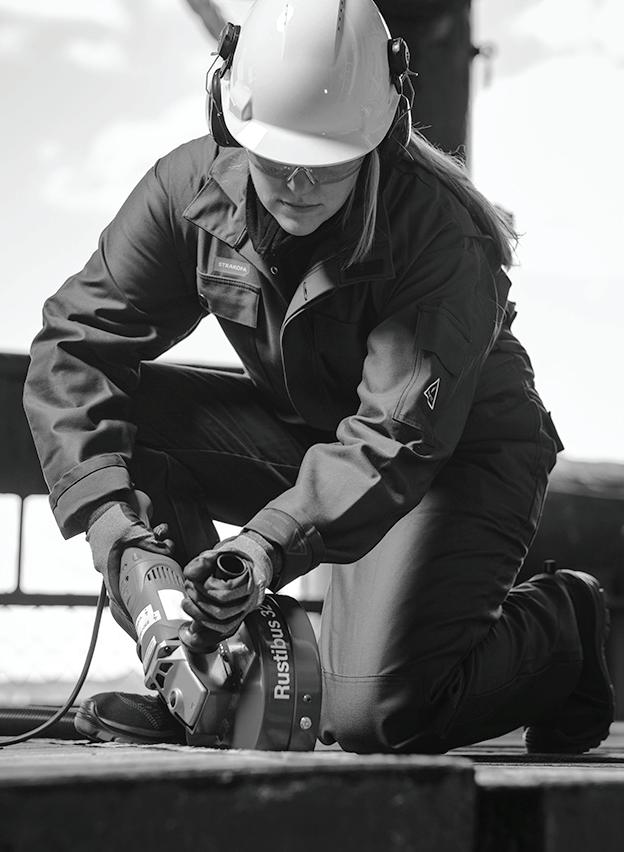

• Continuing its eet modernization program, the world’s largest inland waterways operator added another new and powerful river towboat, the 5,000hp, 170'x40'x11' Clyde Butcher, to its eet in christening ceremonies held recently at the foot of Canal Street in New Orleans. Constructed at Jeffboat Inc., Jeffersonville, Ind., for American Commercial Barge Line, a division of American Commercial Lines Inc., the
boat’s main propulsion is provided by two ALCO 251 engines, each producing 2,500 hp at 1,000 rpm. The mains connect to 5-bladed, 100" props.


• A bill to provide for the licensing and certi cation of of cers on certain vessels engaged in offshore operations, HR 7491, has been introduced by Rep. Edward A. Garmatz, D-Md., chairman of the Coast Guard, Coast and Geodetic Survey, and Navigation Subcommit-



tee of the House Merchant Marine and Fisheries Committee.






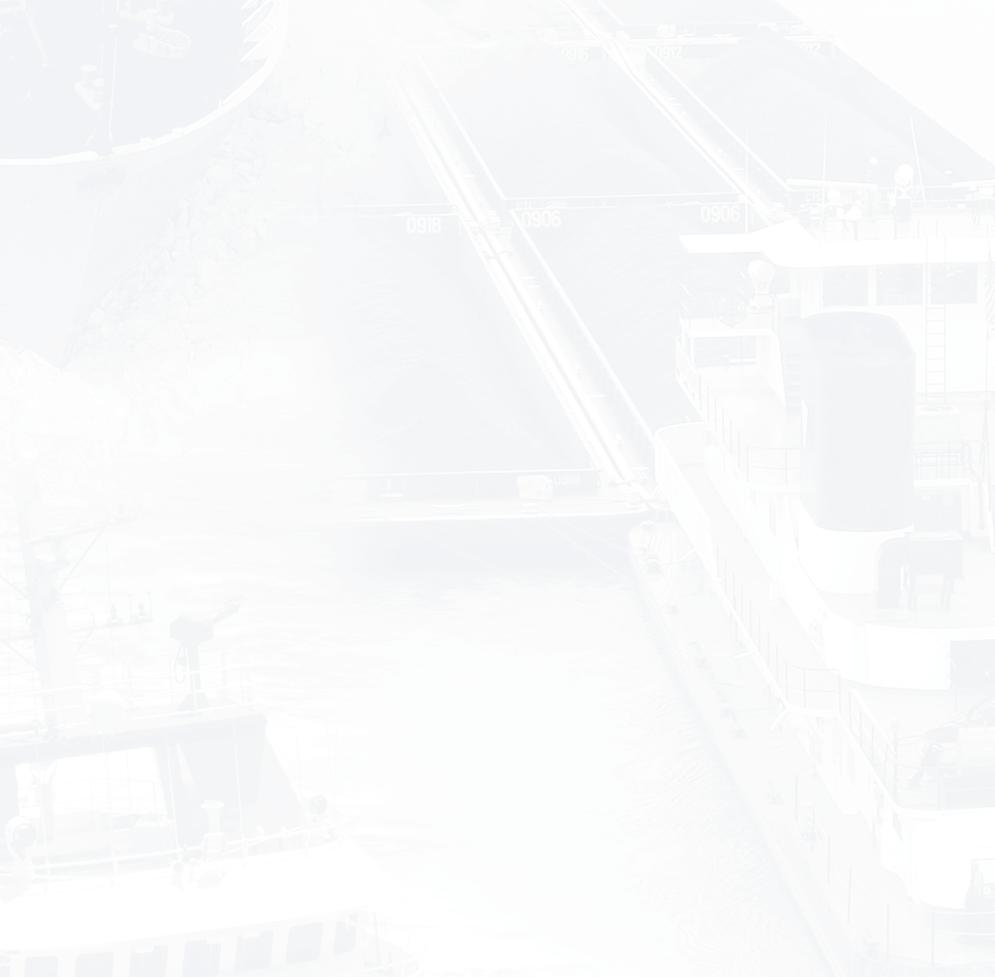
• The U.S. Maritime Administration (Marad) recently announced in testimony before Congress that the Reagan administration will press for big changes in loan guarantees through Title XI — changes which could cripple an already depressed shipbuilding industry. A new proposal would call for a 5% up-front fee on all new loans guaranteed and on advances, as well as a 1% annual loan guarantee for Title XI.
• Ships entering the Panama Canal at either end — Cristobal or Balboa — will now be greeted by pilot boats U.S. Dorado and U.S. Orca constructed by Gladding-Hearn Shipbuilding Corp., Somerset, Mass. The U.S. Orca was delivered last year and the 48' U.S. Dorado earlier this year. Power for the new boat is provided by an 8V-71 Detroit Diesel transmitting 237 hp at 1,800 rpm to a 4-bladed, 34" stainless steel propeller.
• They’re claiming a whole bunch of “ rsts” for the 150'x40'x22' seagoing tug Godfather. The new tug was built at Halter Marine Services, New Orleans, for Jackson Marine Corp., Aransas Pass, Texas, and designed and equipped to work in the North Sea. The vessel is powered by twin ALCO 16V251 engines, which supply a total of 7,400 hp to the Lufkin two-speed RSQ-2S-4222 reduction gears with 5.95:1 ratios.

• The Dravo Mechling towboat Peace recently may have become the rst shallow-draft vessel operating on the inland waterways to transmit data electronically from an onboard computer to a computer based on shore. Dravo Mechling’s electronic linkage was established using a communications system designed by Dundics Enterprises, Annapolis, Md. The project is co-funded by Dravo and Marad.









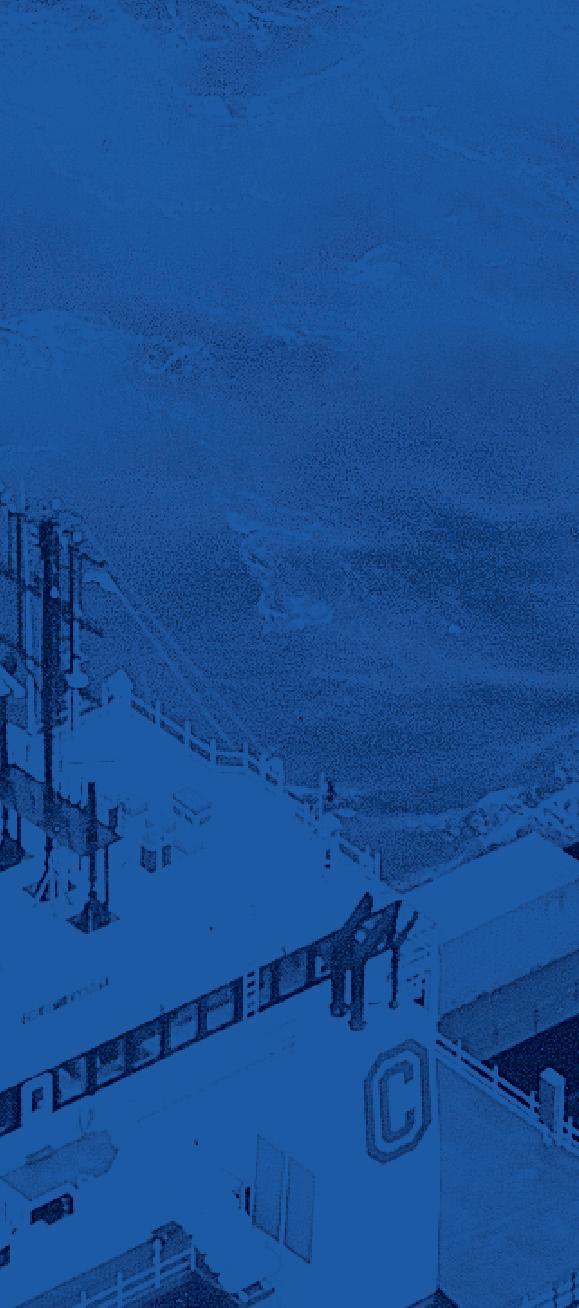



“Over the generations, Karl Senner, LLC has continued to provide dependable products and service, which in turn has added great value to our company. Their ongoing commitment and support of our company makes us proud of the partnership we have forged over the years.”



WA